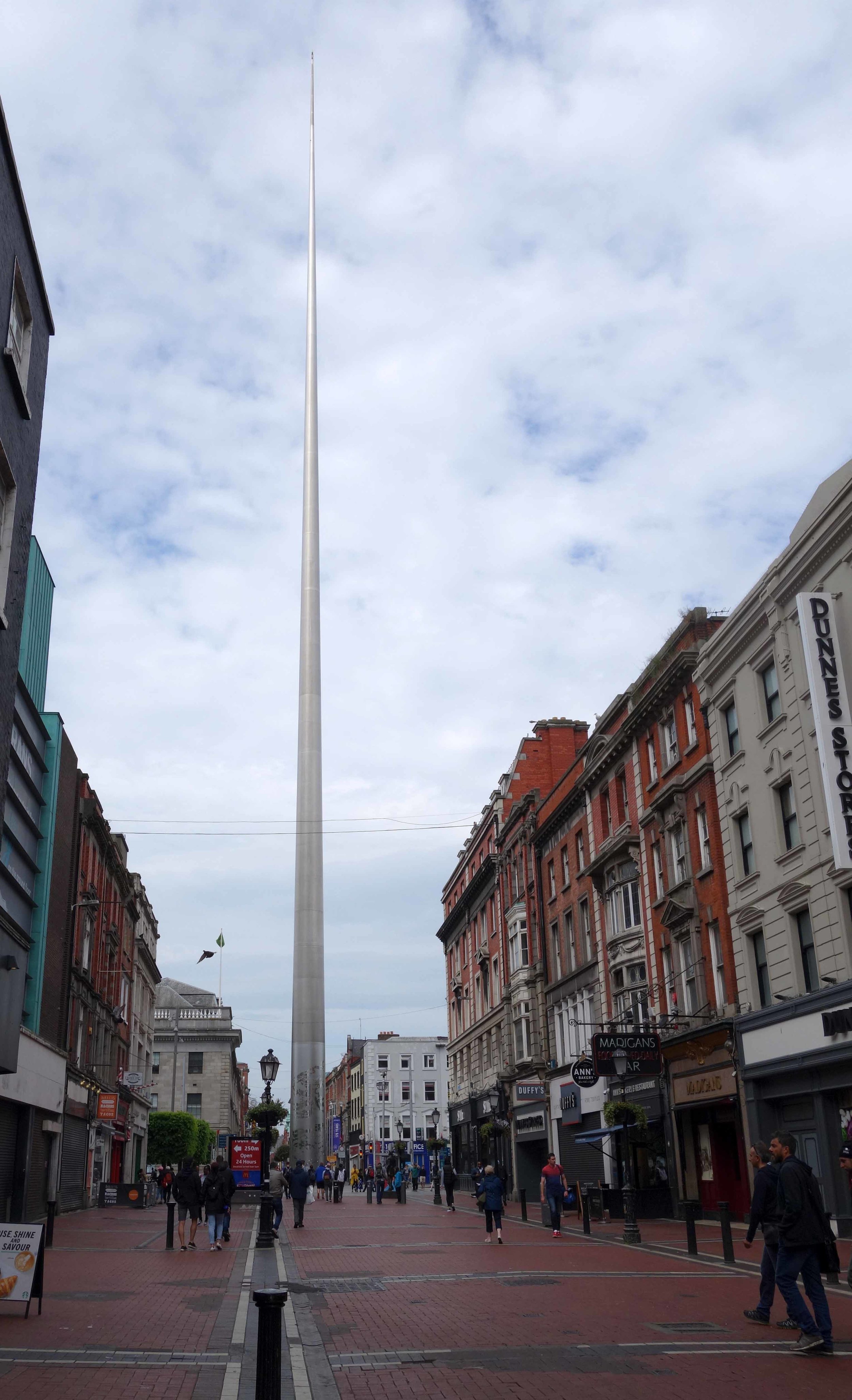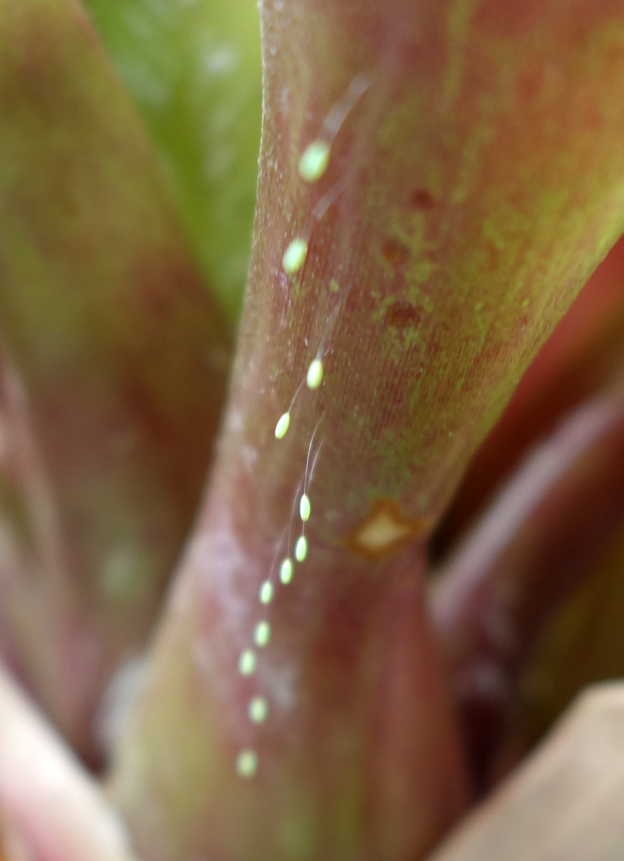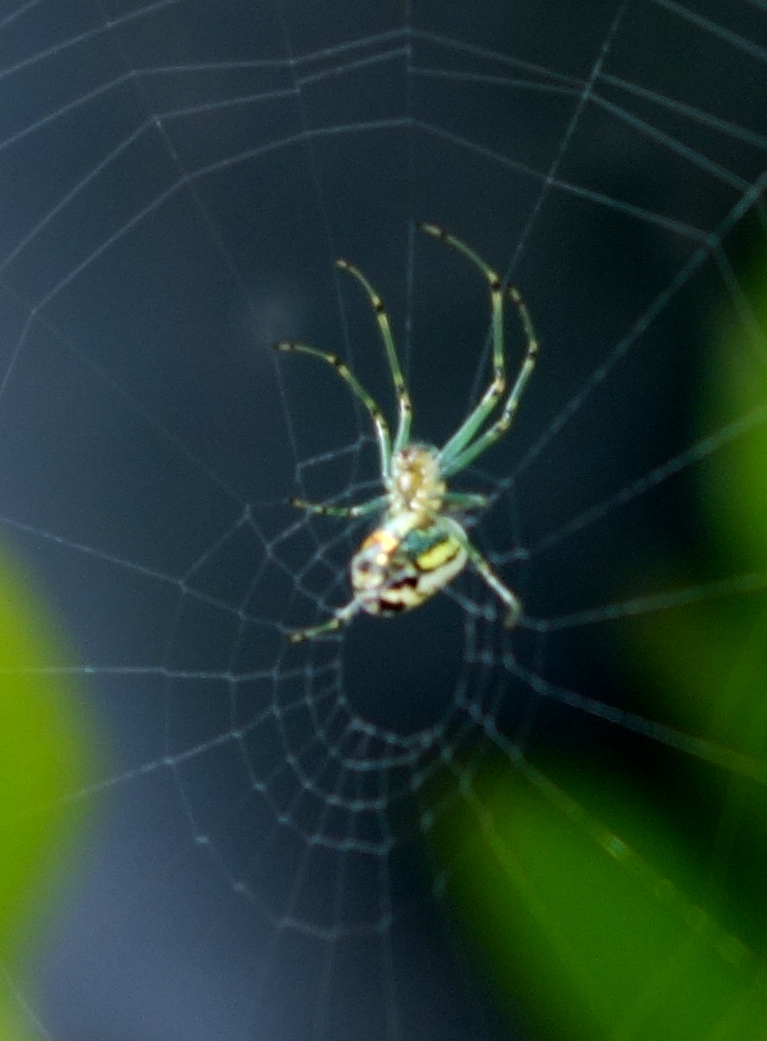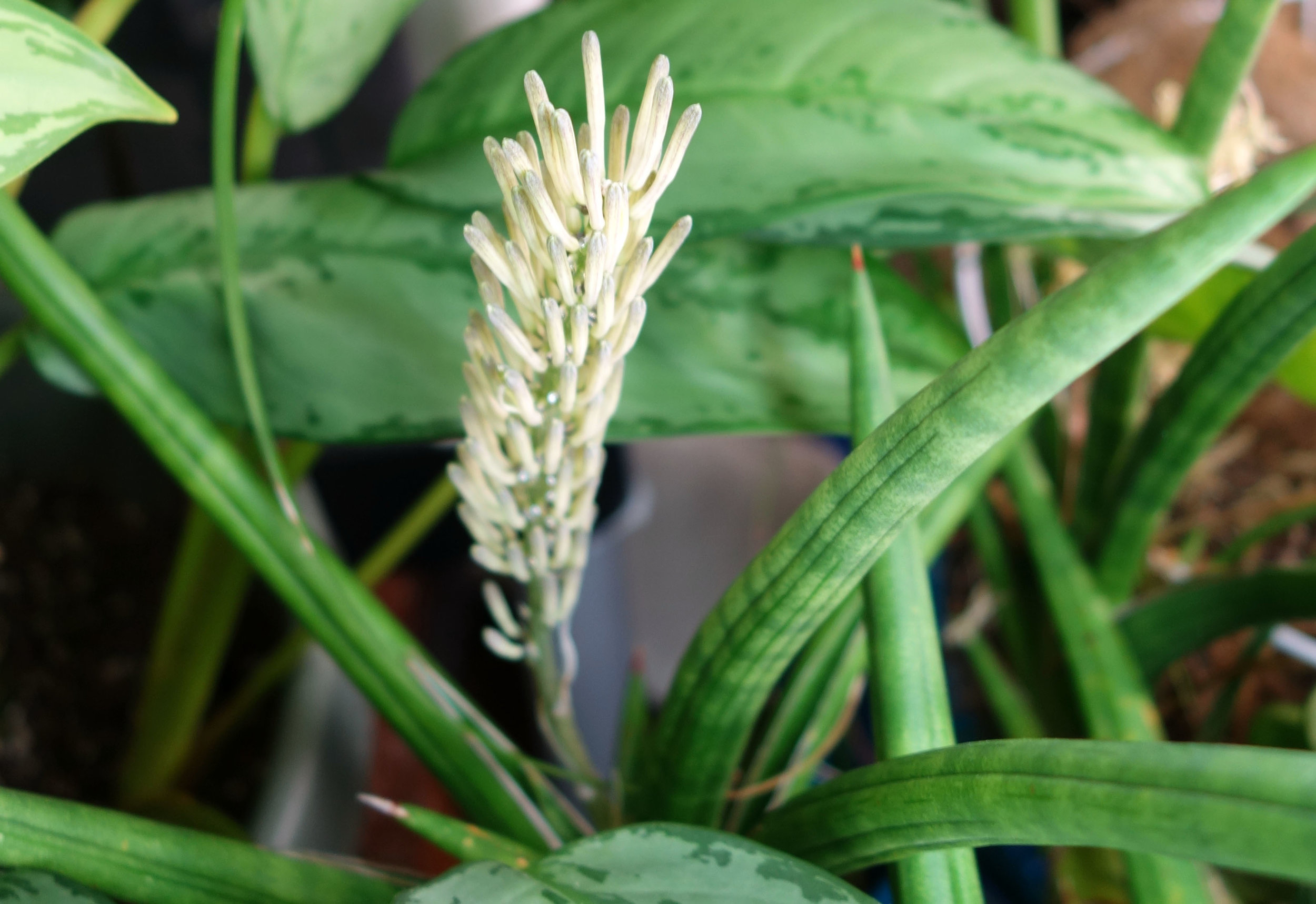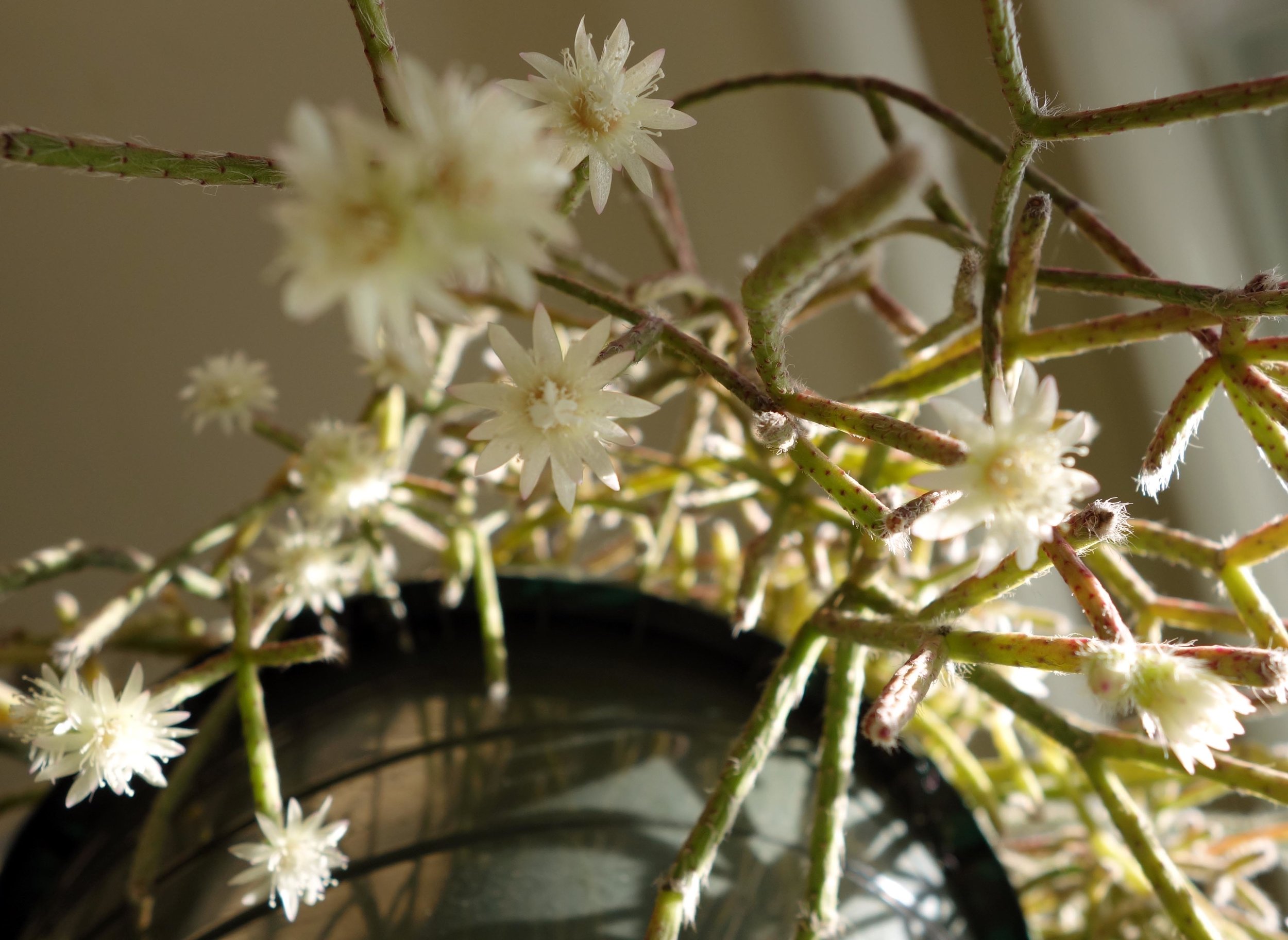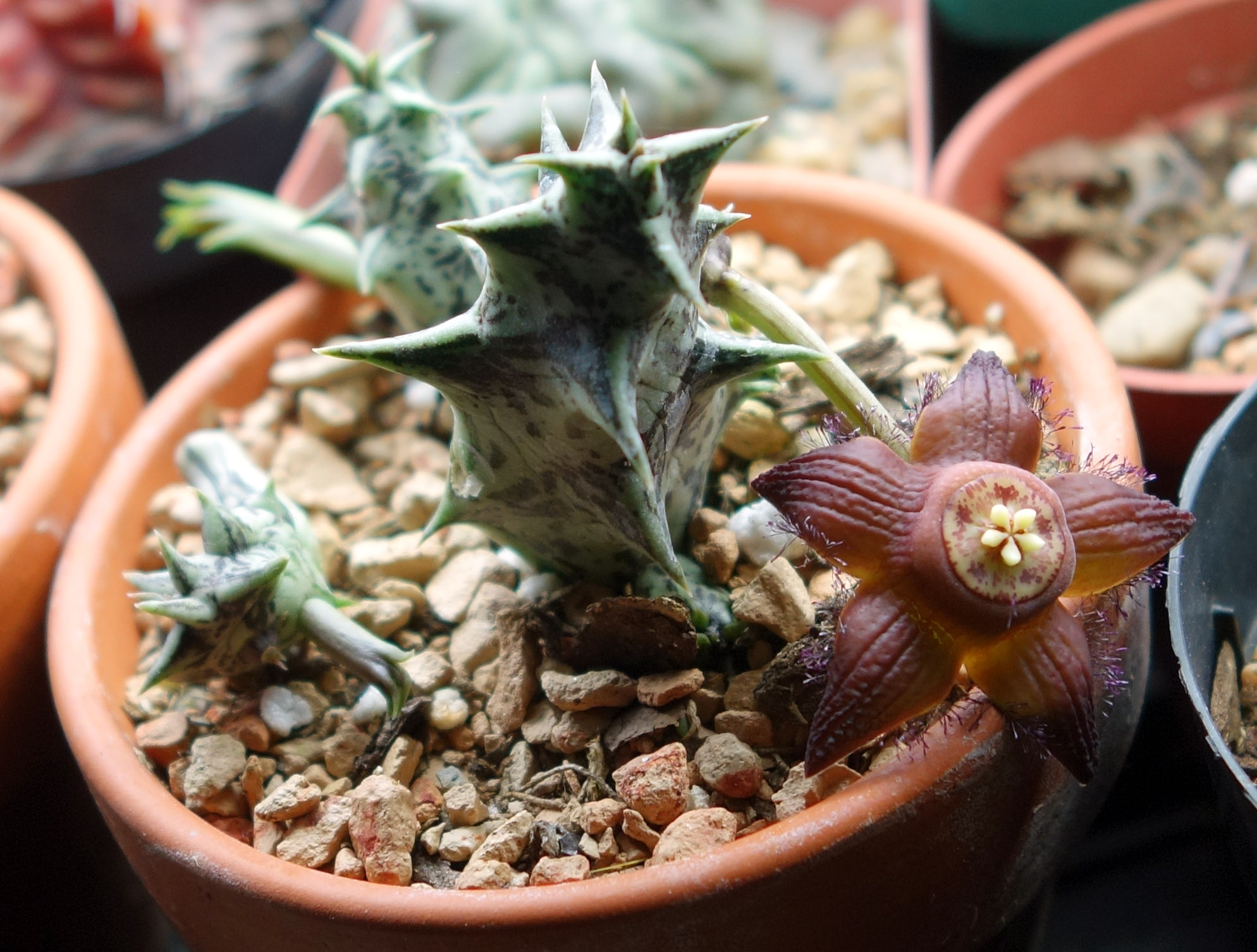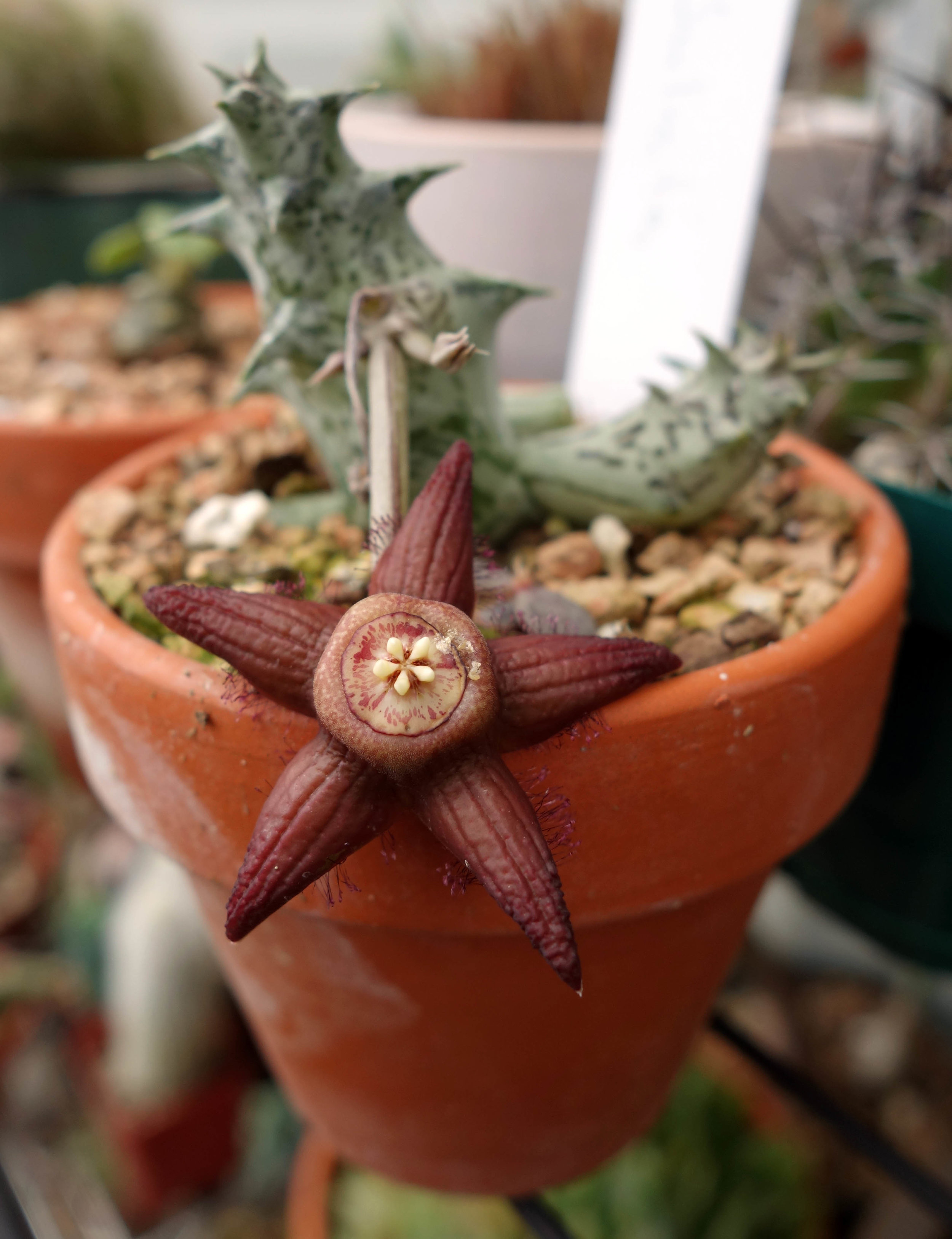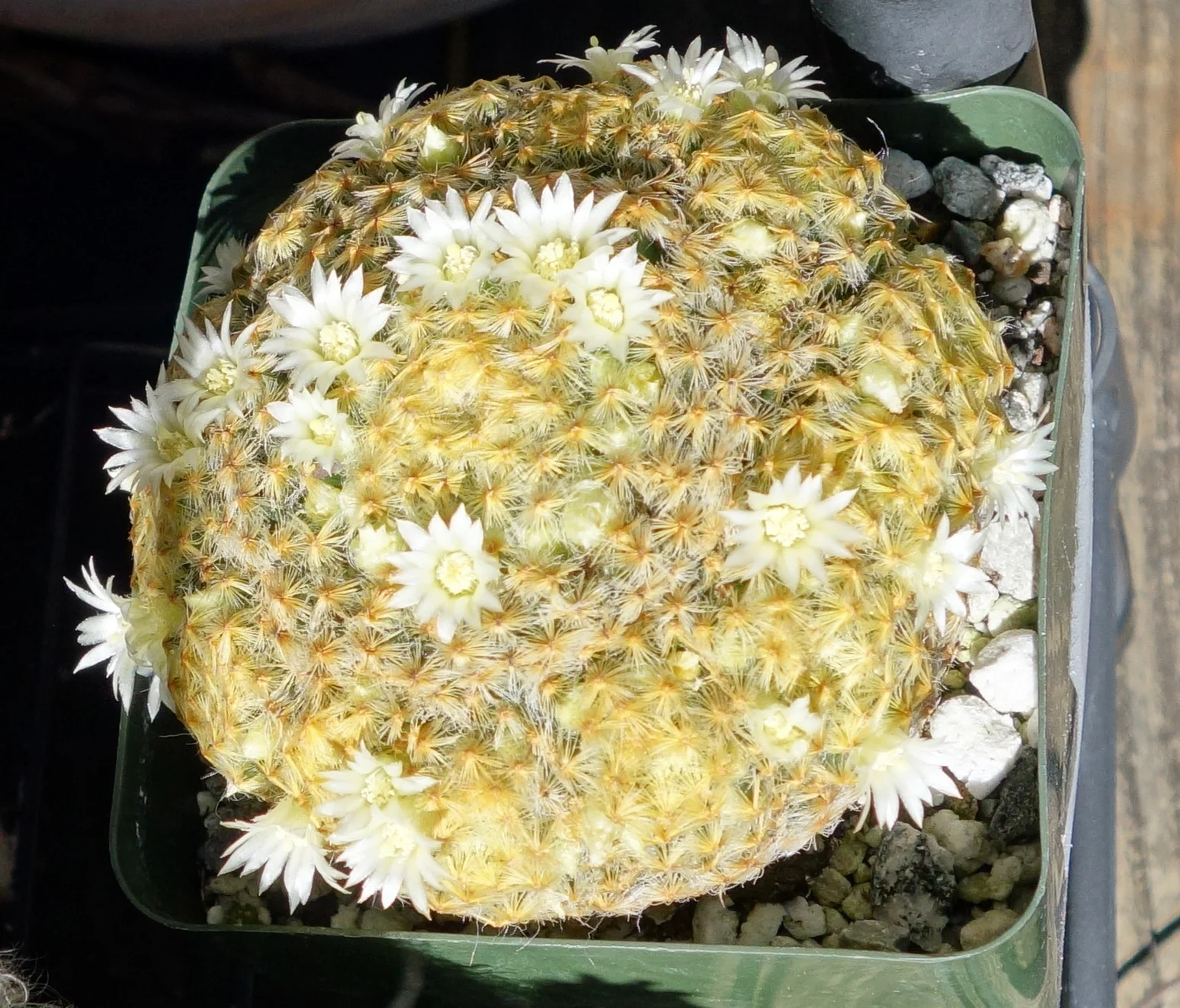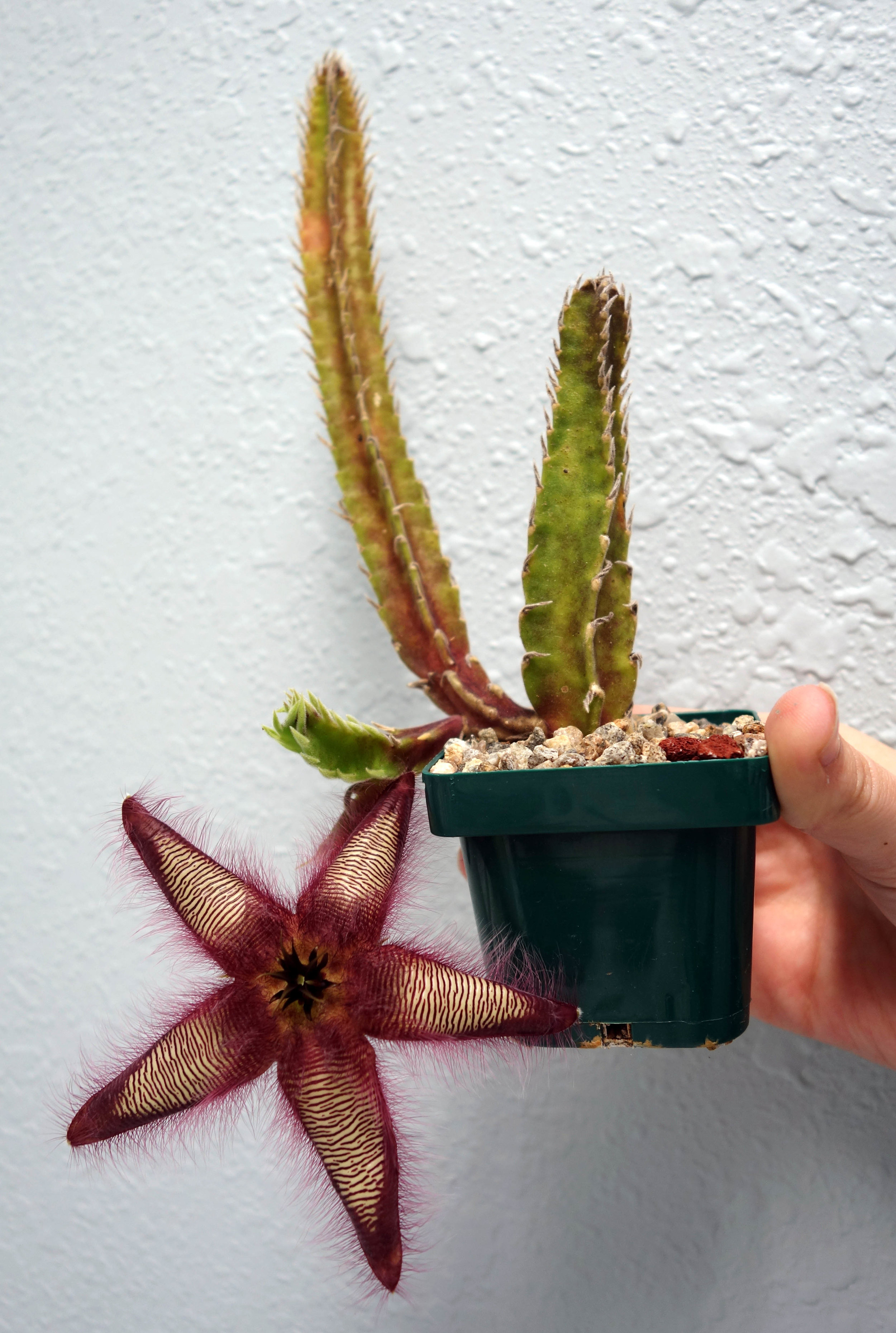I am honored to share that my former graduate school professor Kelli Scott Kelley is exhibiting in USM’s Goppert Gallery, with an opening reception this afternoon! Here’s the press release for more details. Come join us if you’re in or around Leavenworth today, or stop in over the next couple weeks!
General Interest
Beautiful Moths
Spanish as a language doesn't have a real equivalent to the word "moth." In fact, the most commonly used option is "mariposa nocturna," which means nocturnal butterfly. I kind of think that's a little unfair to both moths and butterflies, though, as I believe there are many that are so visually distinct - not to mention behaviorally - as to merit a different category, not just a subcategory. So yay, English, for giving us both!
I've been seeing a much wider variety of insects (and, really, of animal life in general) on my porch this summer, and the moths have been one of my favorite parts! Here are a few I'd like to share with you. In order from first to last in the slideshow, they are: the honey locust moth (or the bisected honey locust moth) Syssphinx bicolor or Sphingicampa bicolor, a looper moth (inconclusive regarding the exact species given the closed wing position), a looper or a common oak moth Phoberia atomaris, a white-dotted prominent moth Nadata gibbosa, a common gray moth Anavitrinella pampinaria, and a fall webworm Hyphantria cunea.
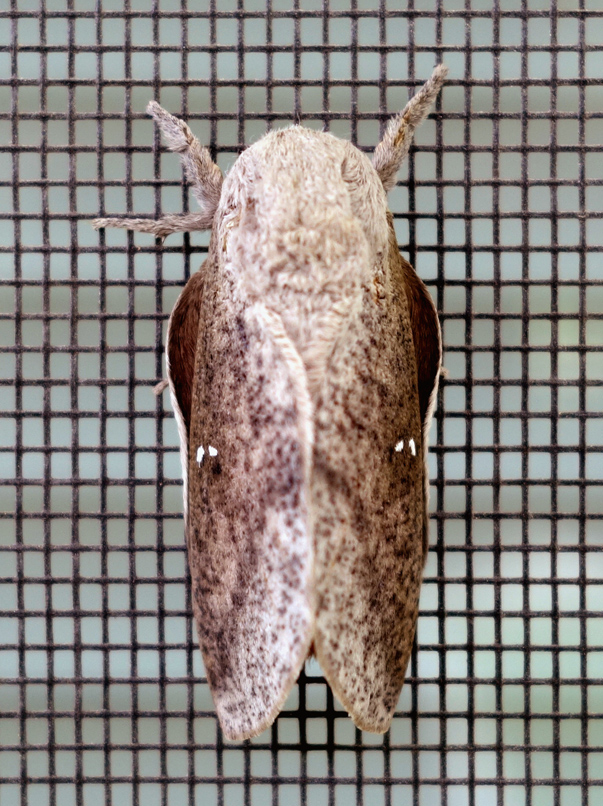
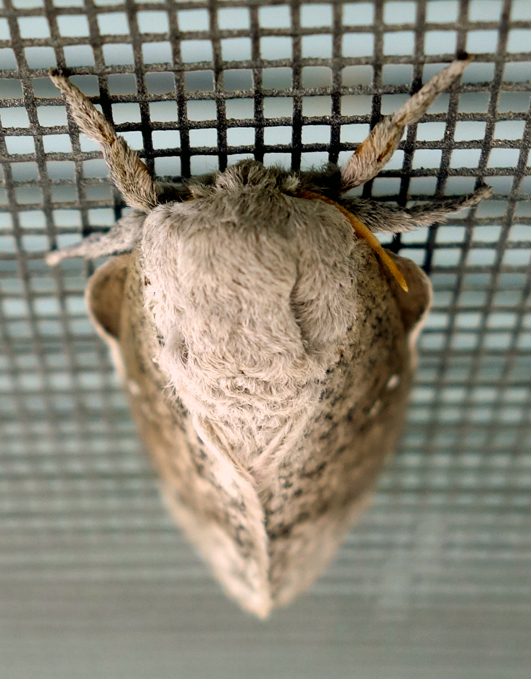
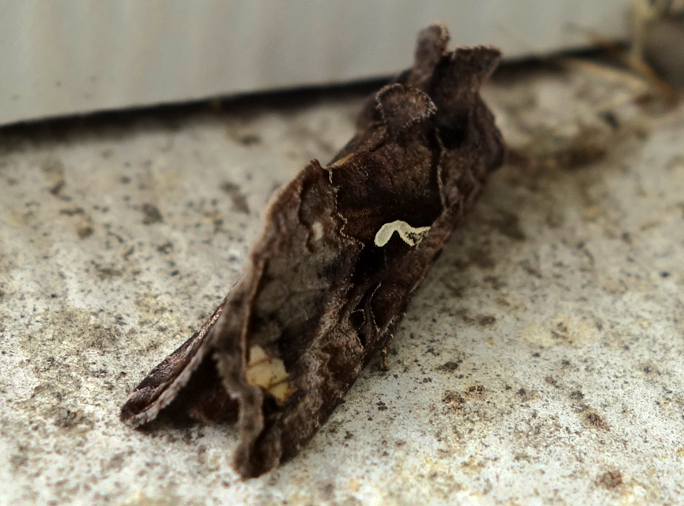



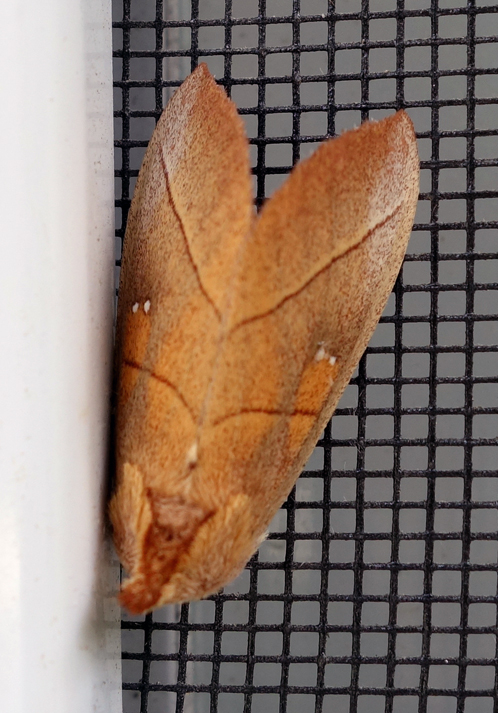
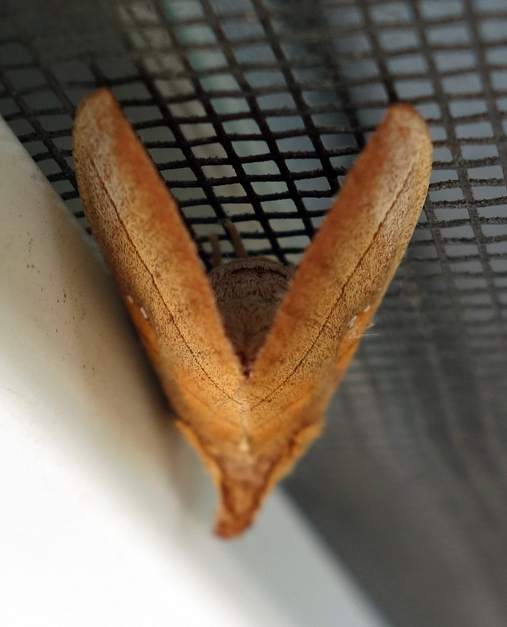

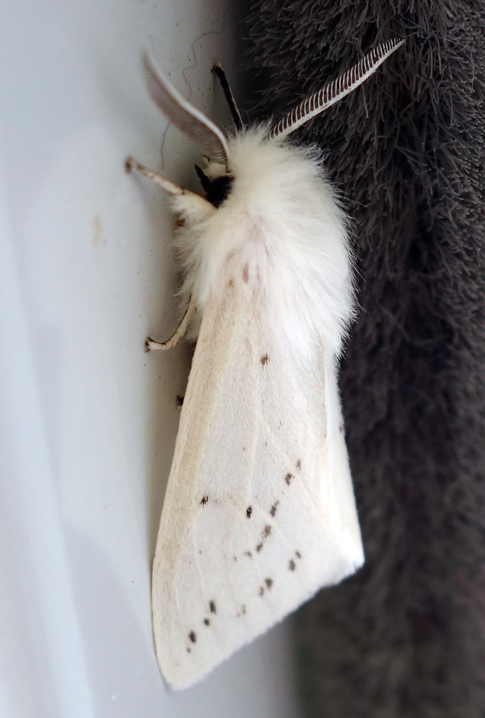
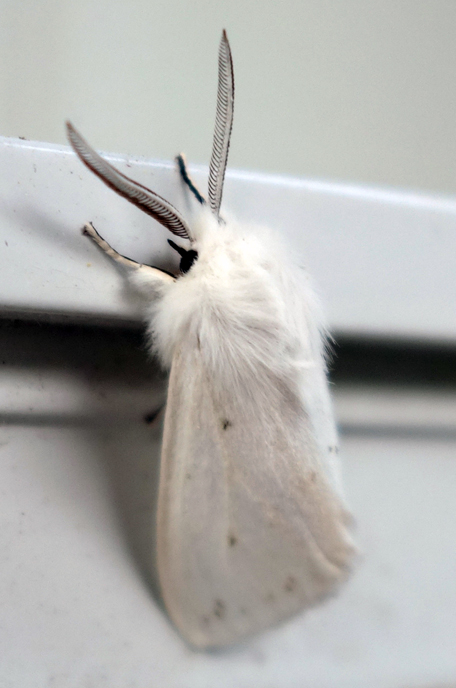
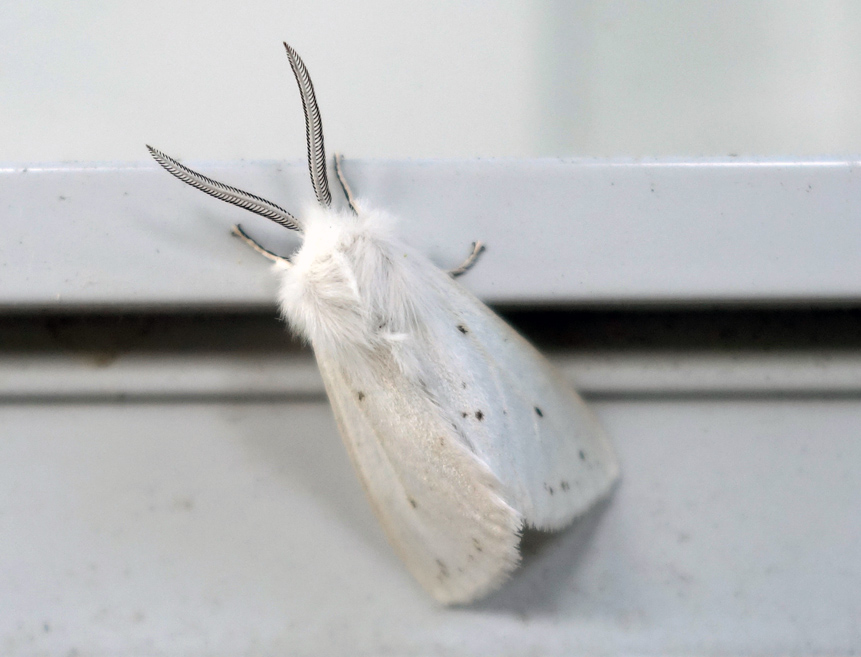
Imprinting and Endangered Cranes
This is a great long-form story by Sadie Dingfelder about the endangered white-naped crane and an imprinted bird named Walnut.
My First Trip to Ireland Photos
Here are some photos from my aforementioned trip to Ireland!

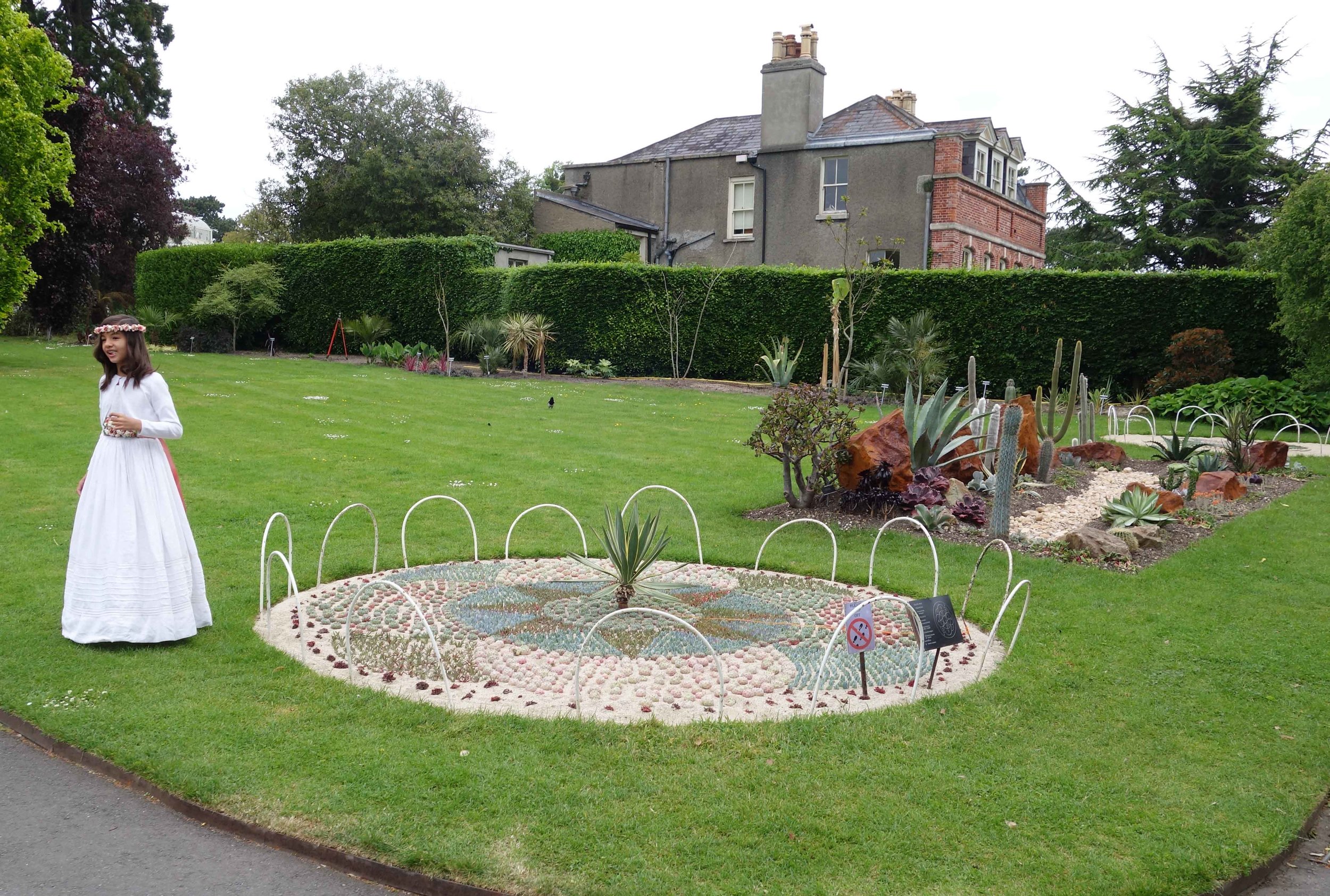
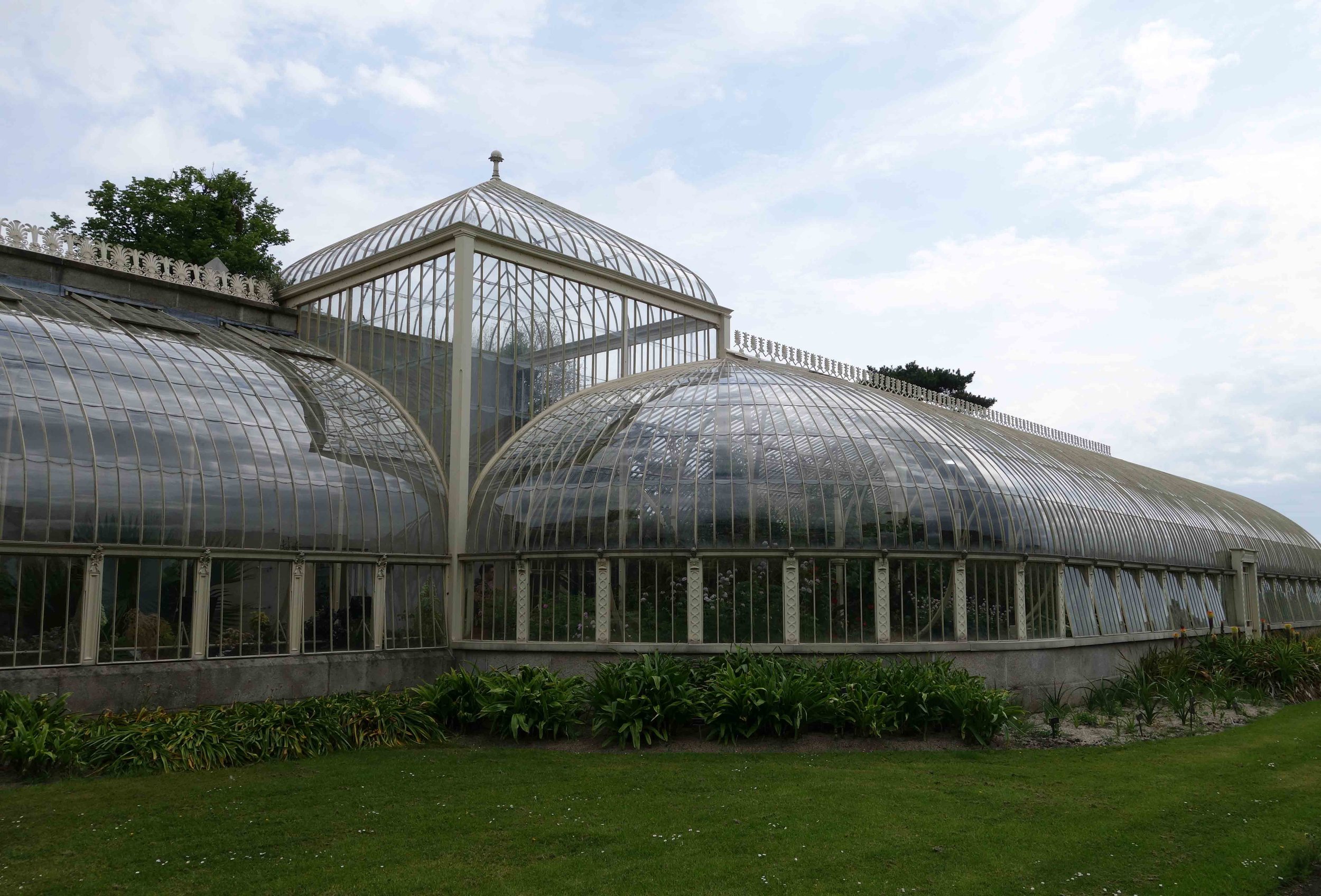
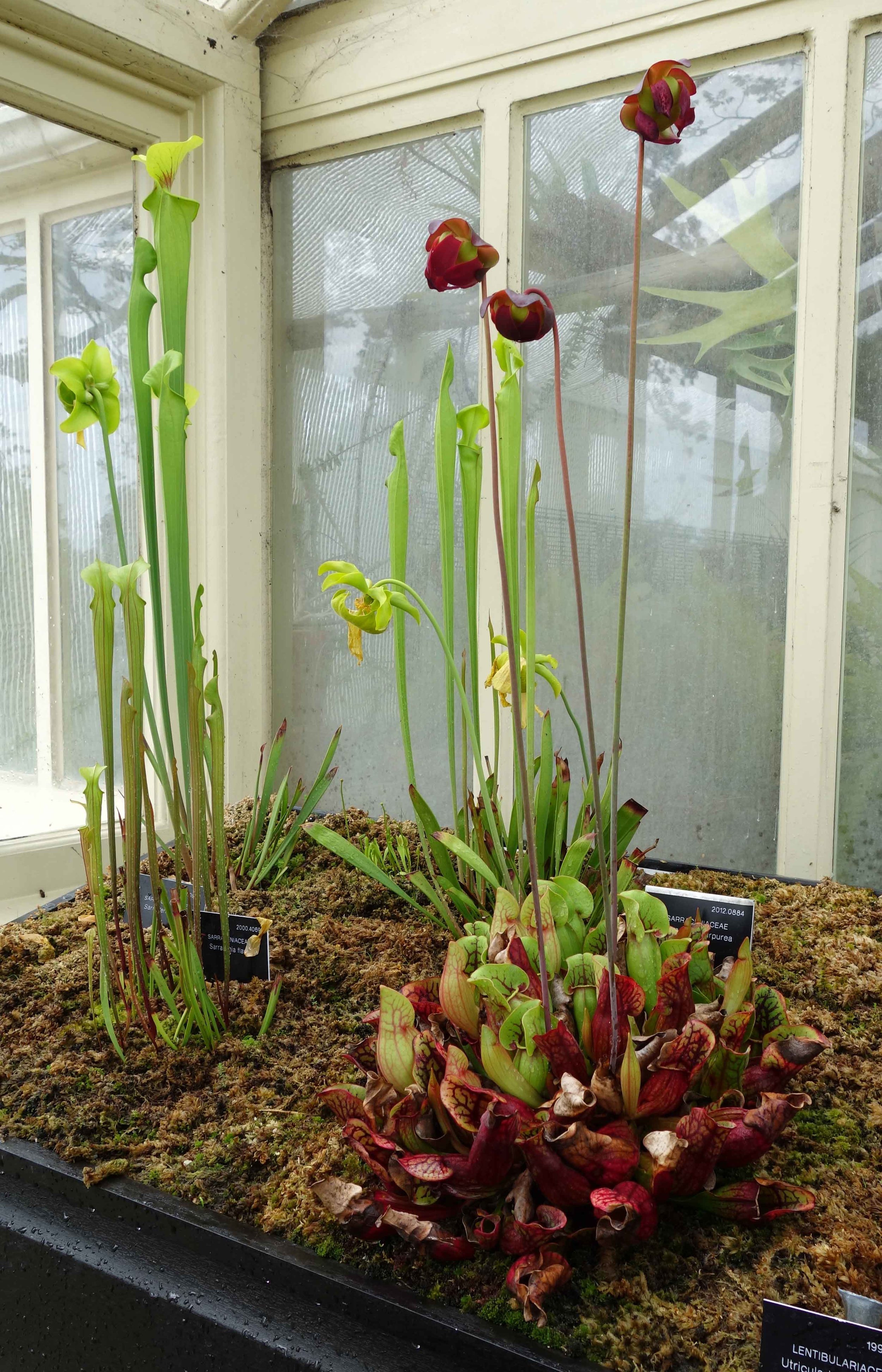
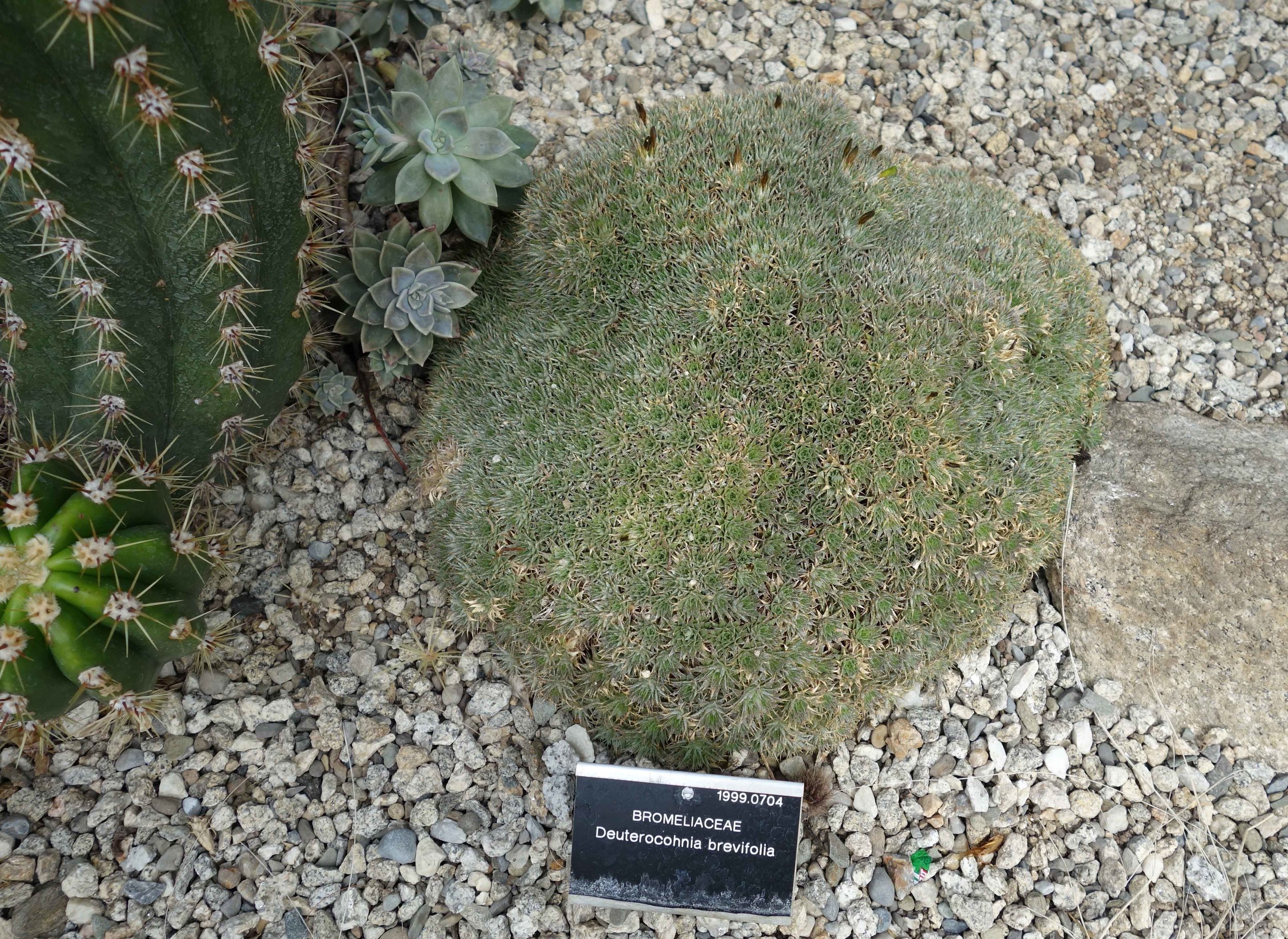
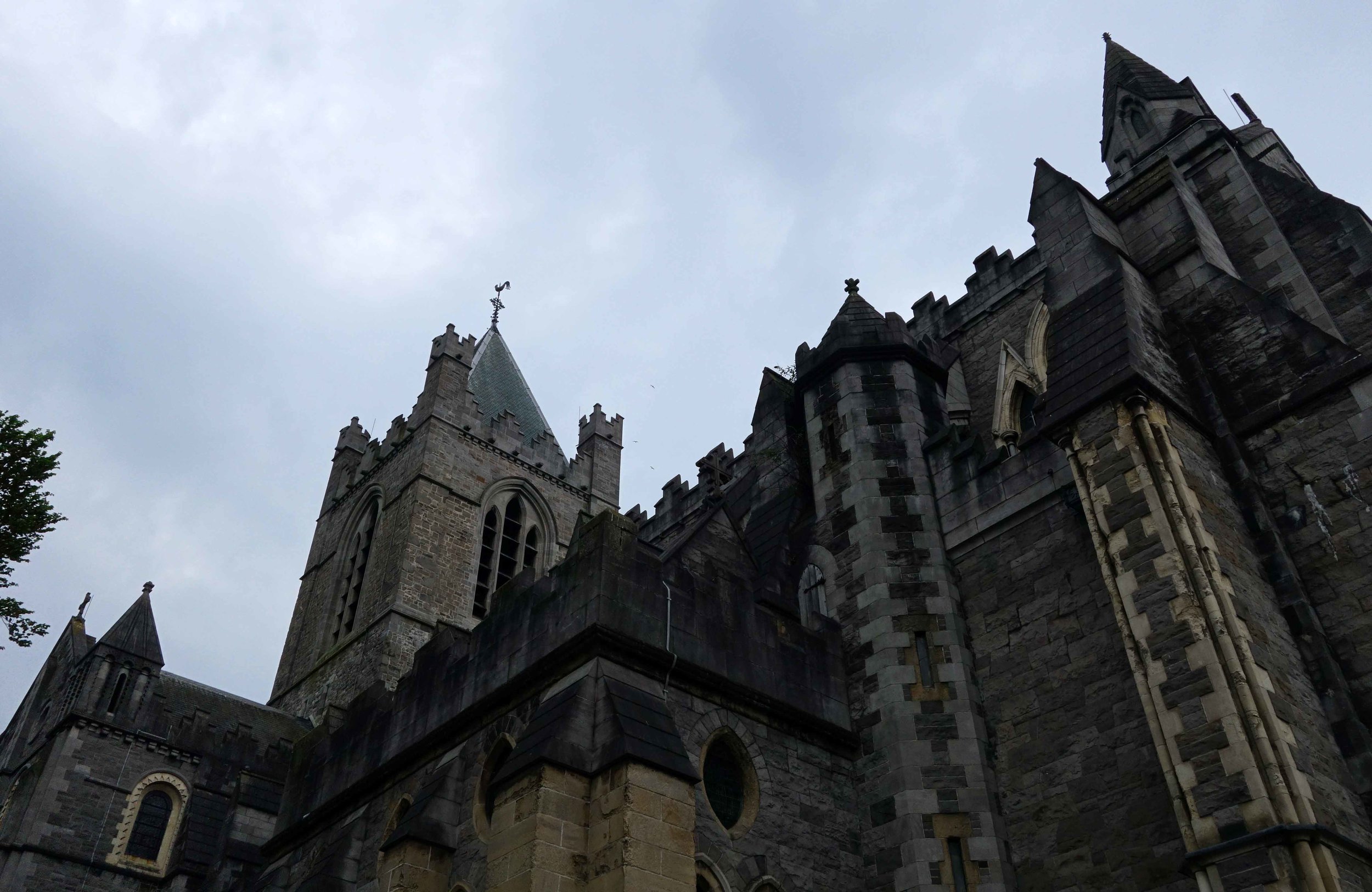
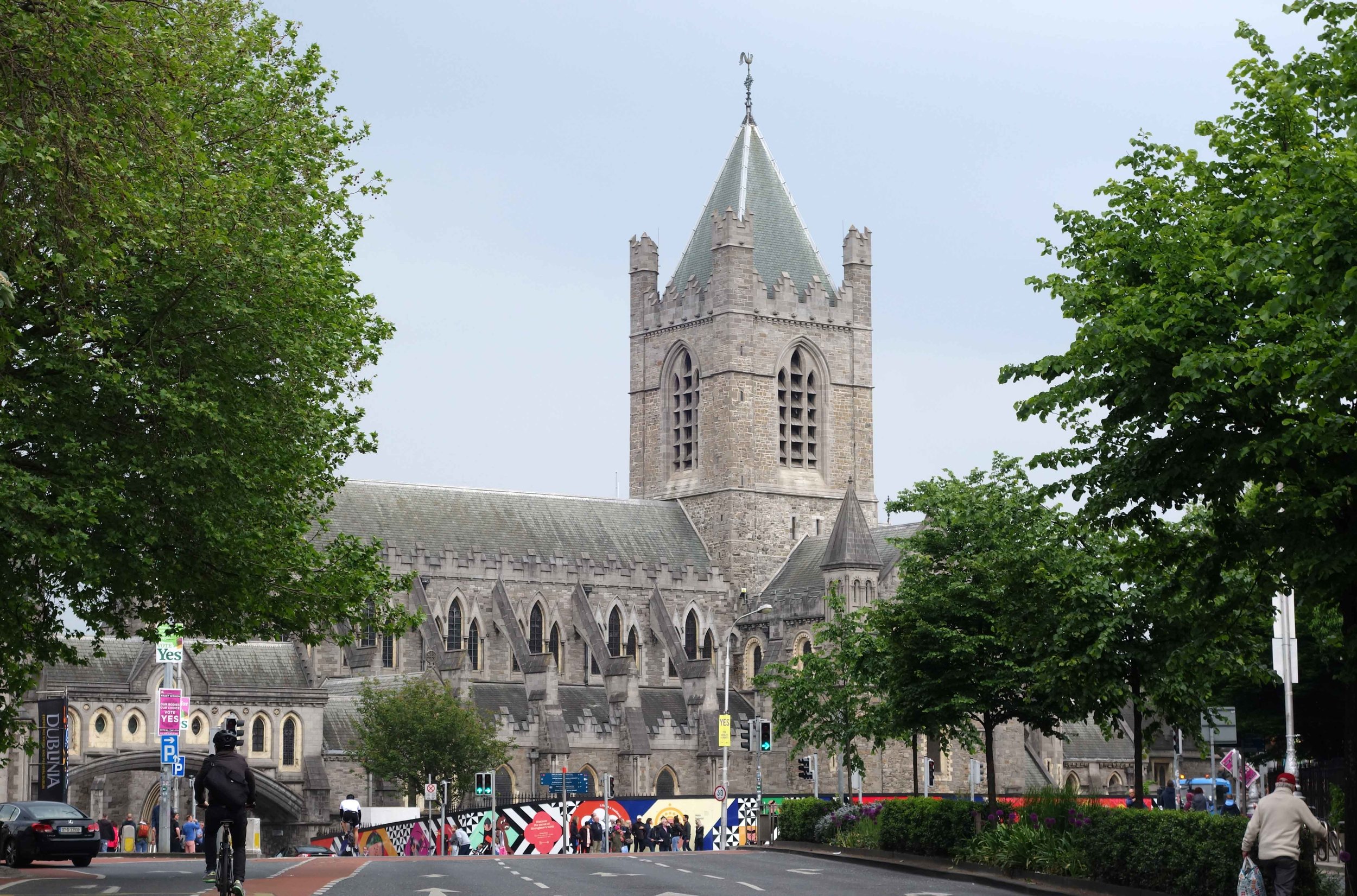
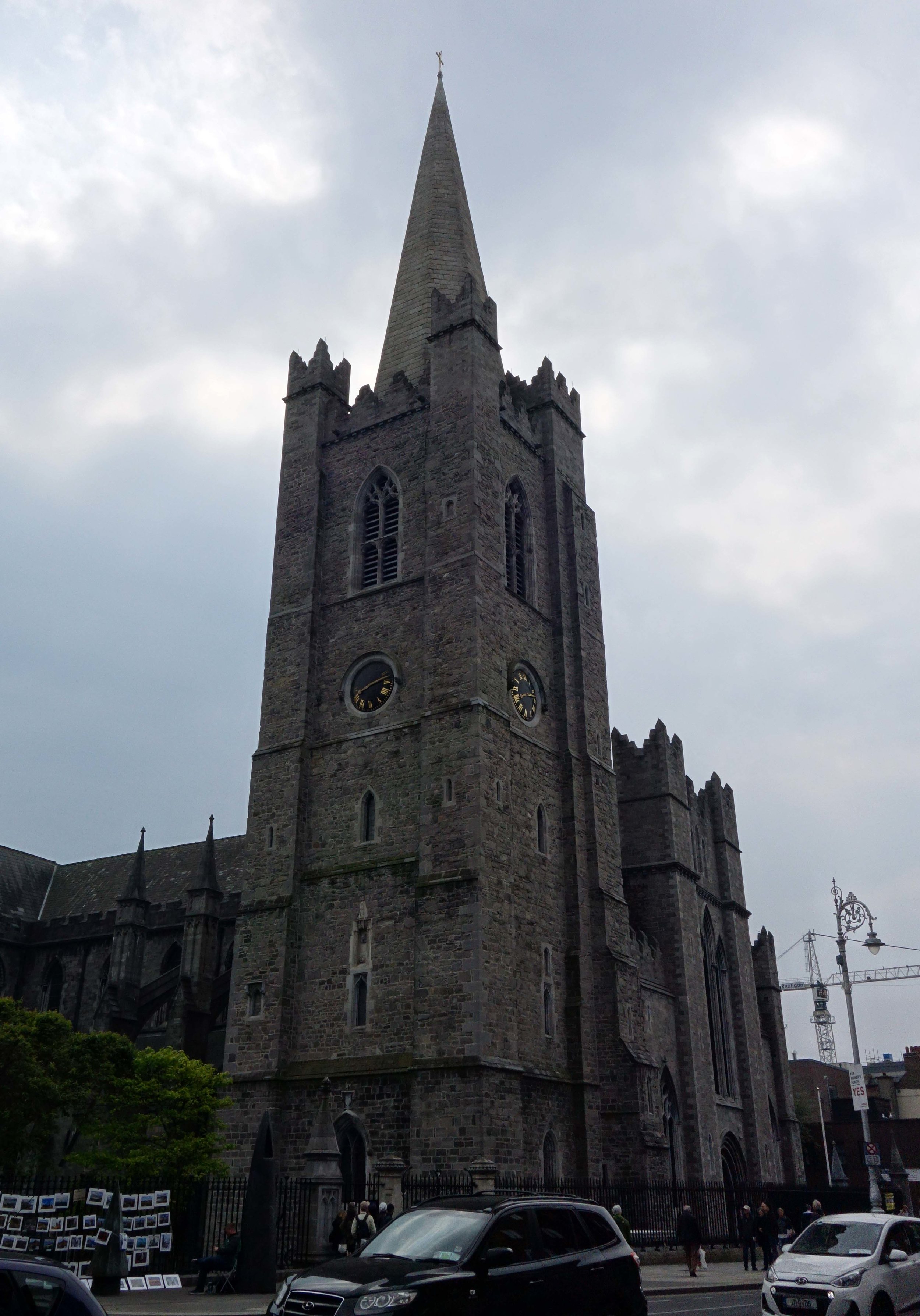
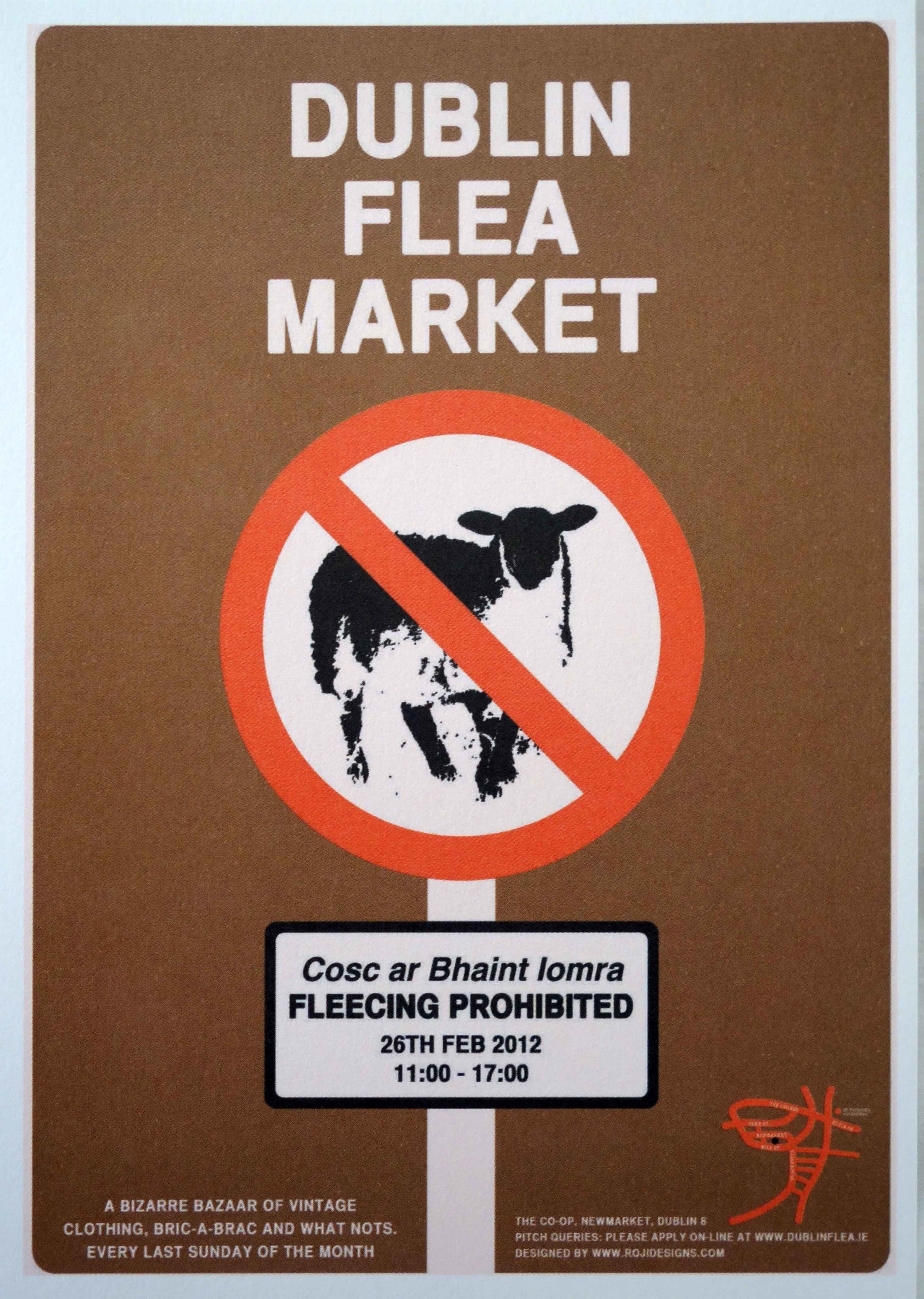
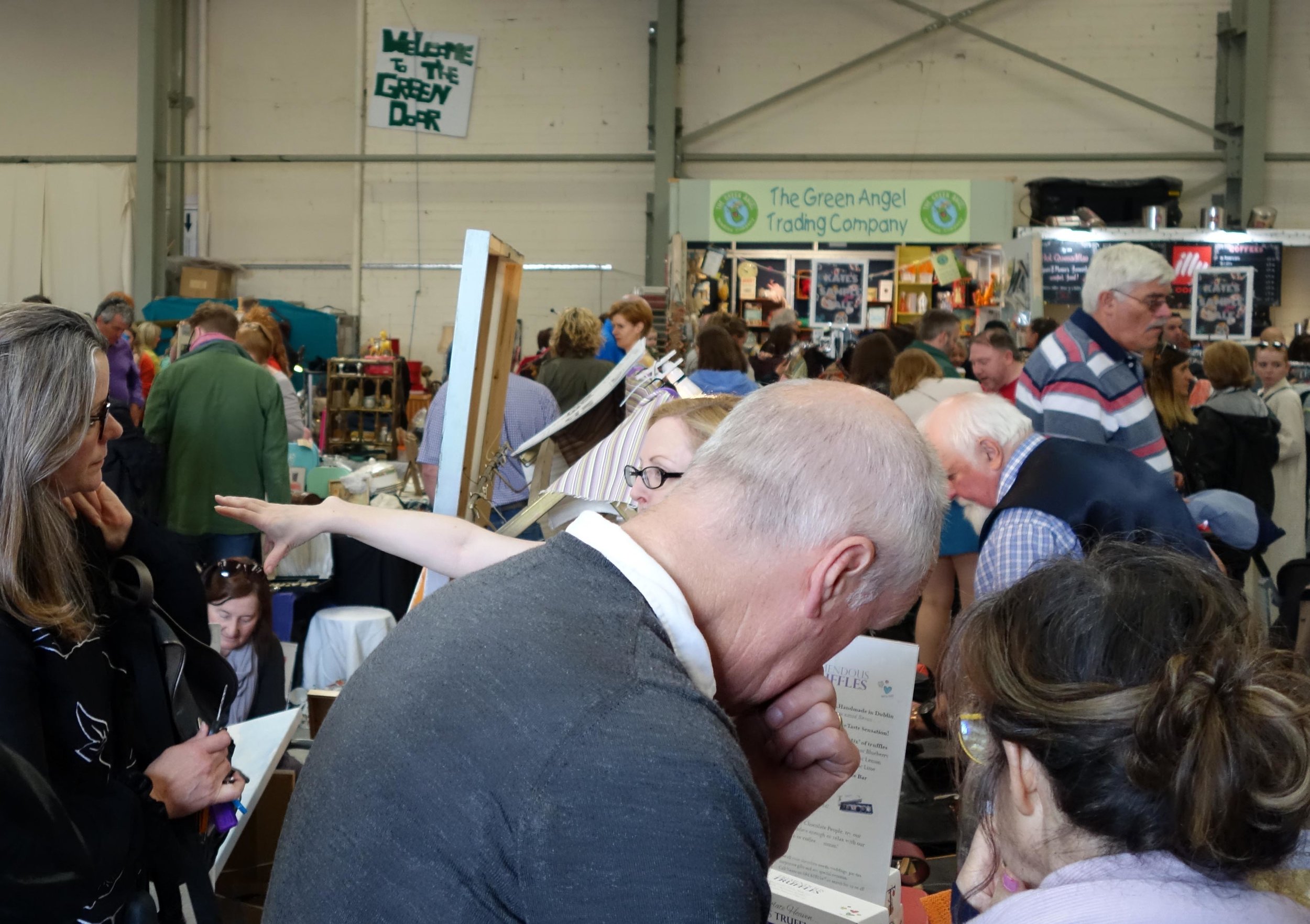

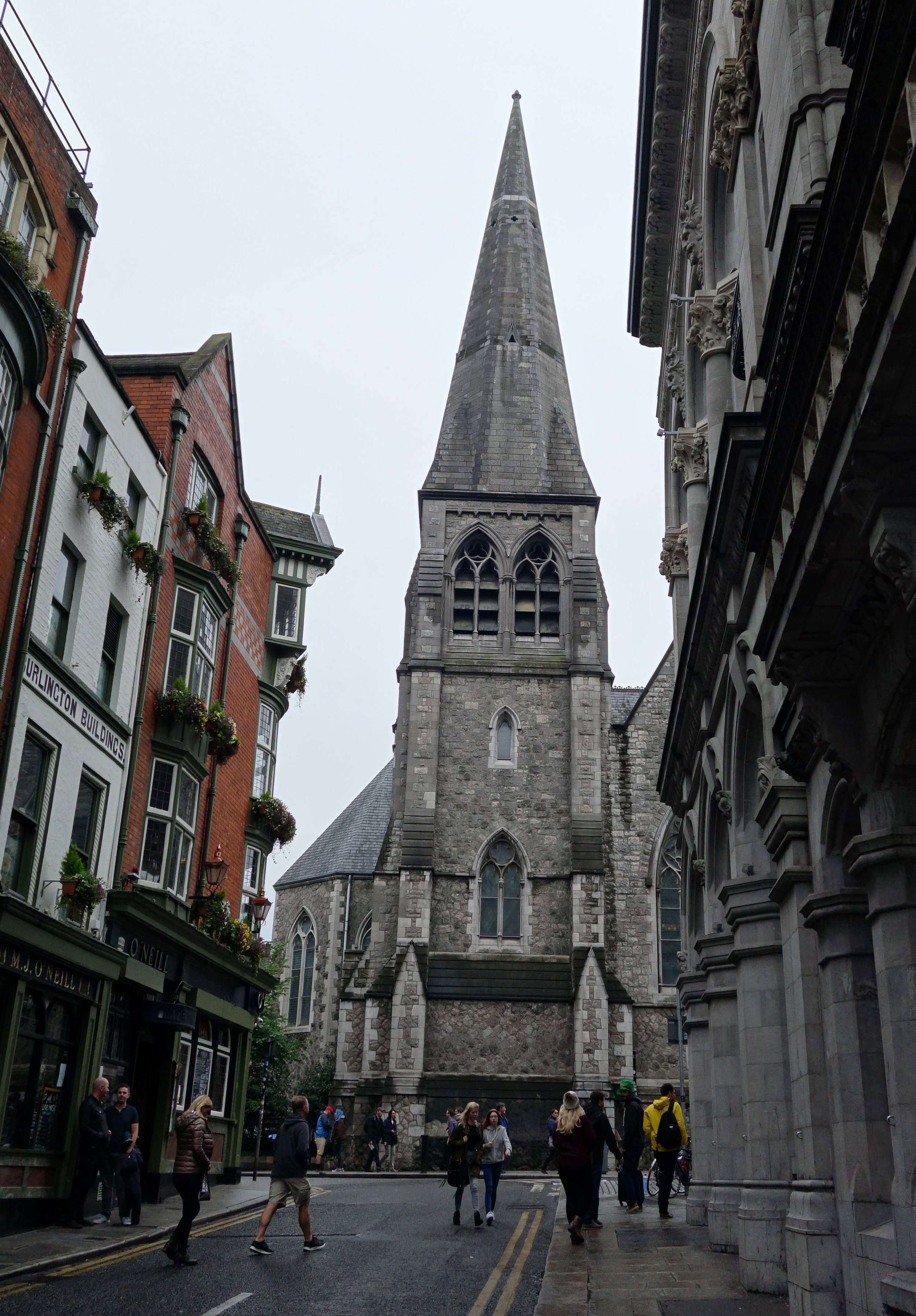

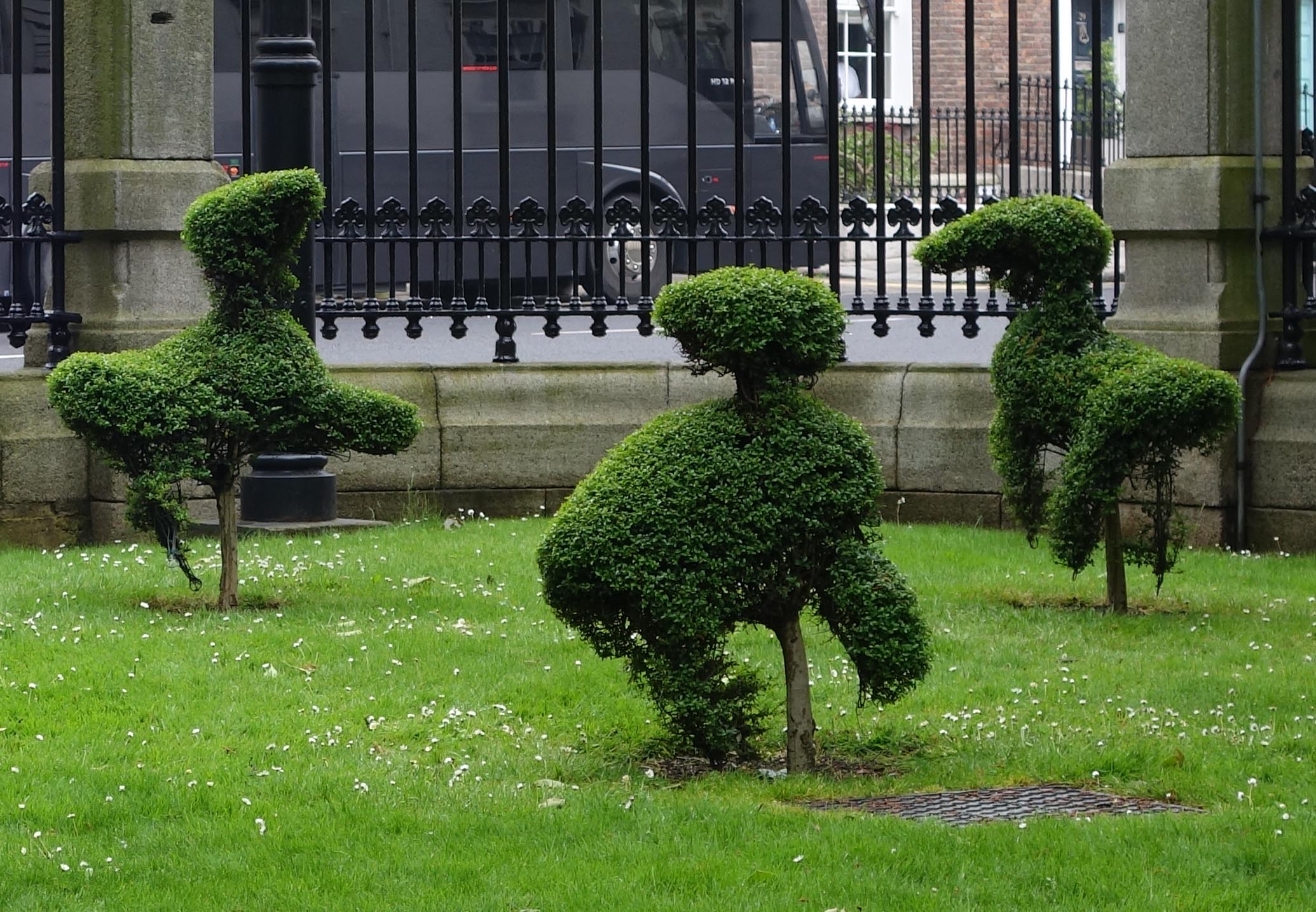
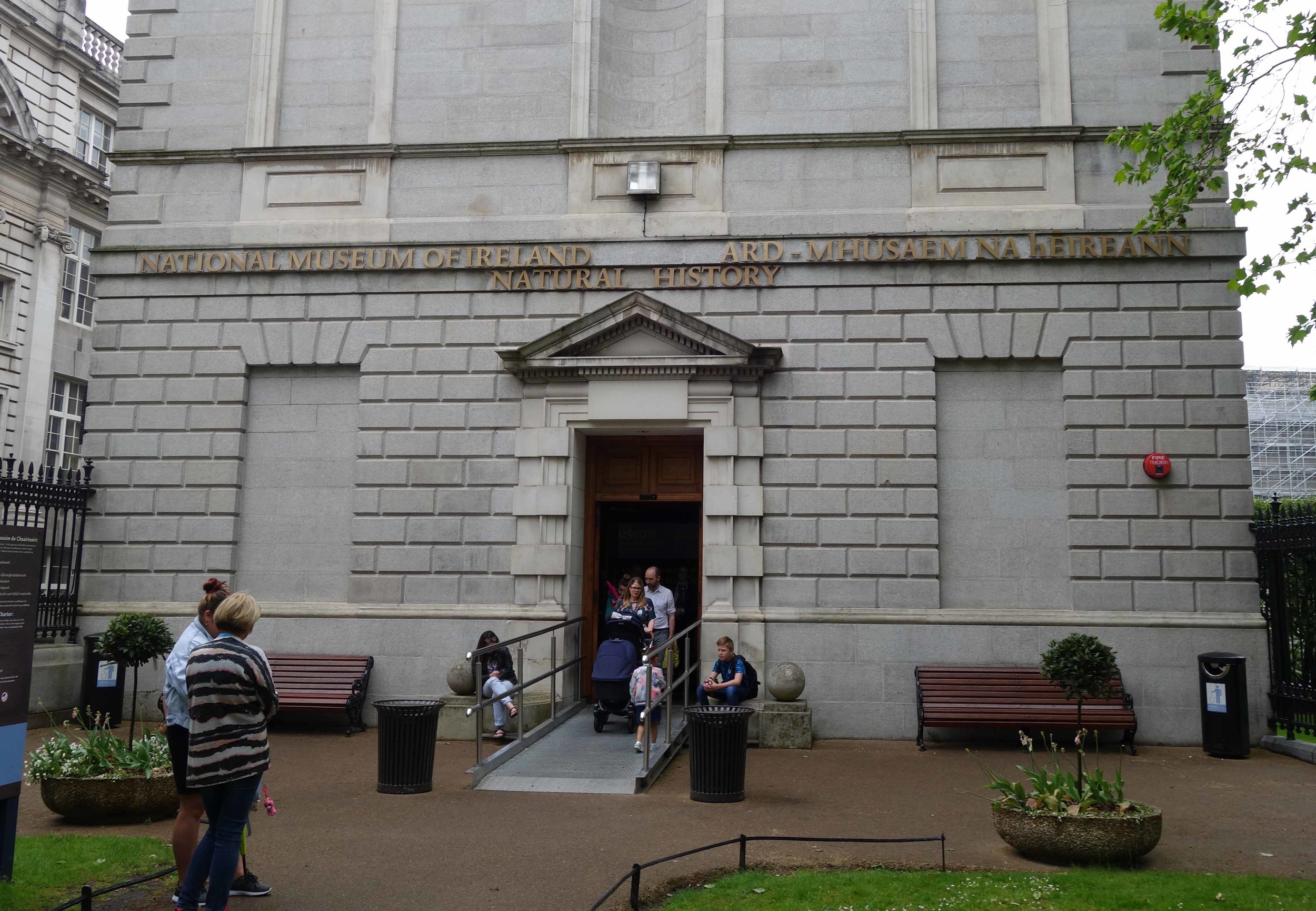
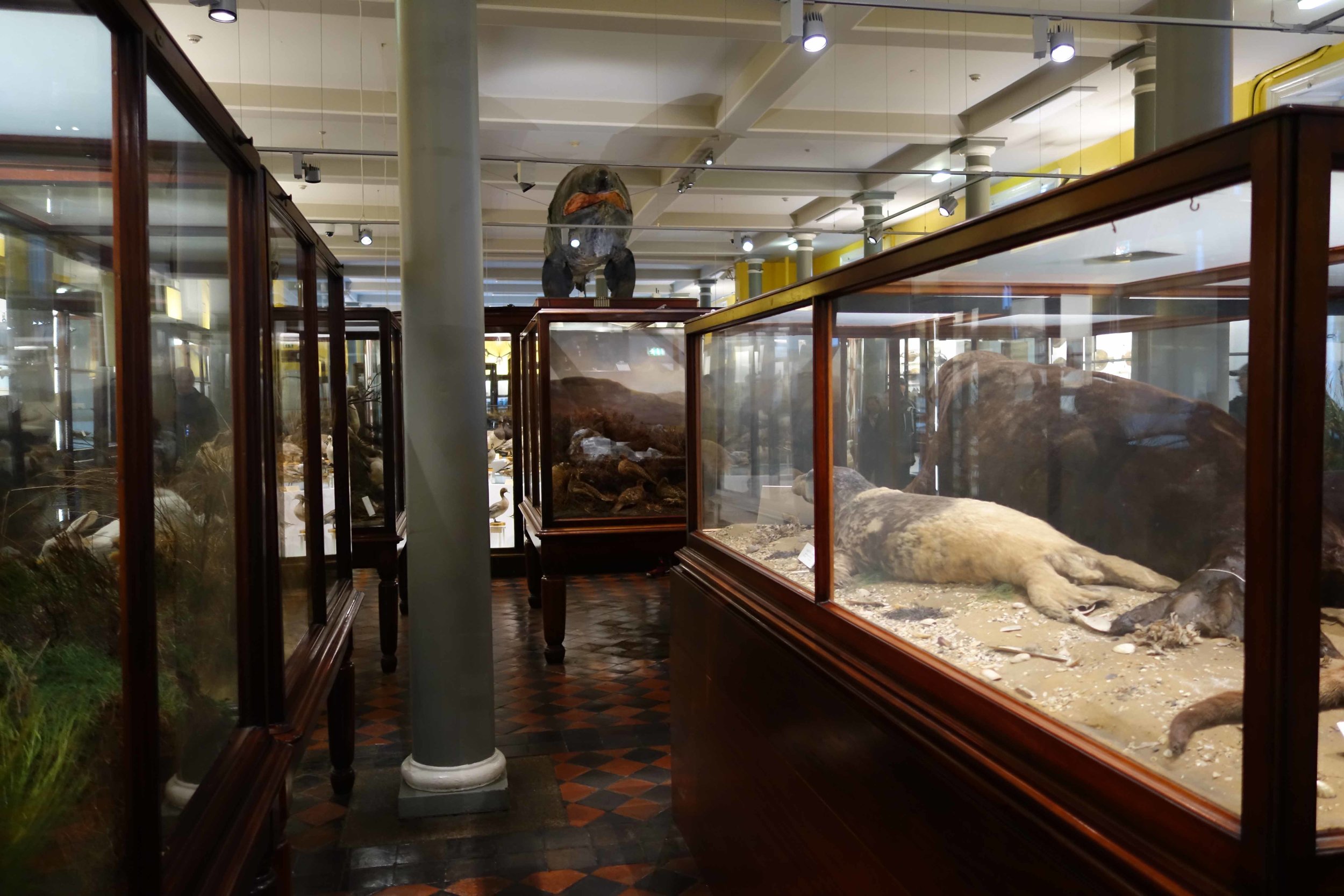
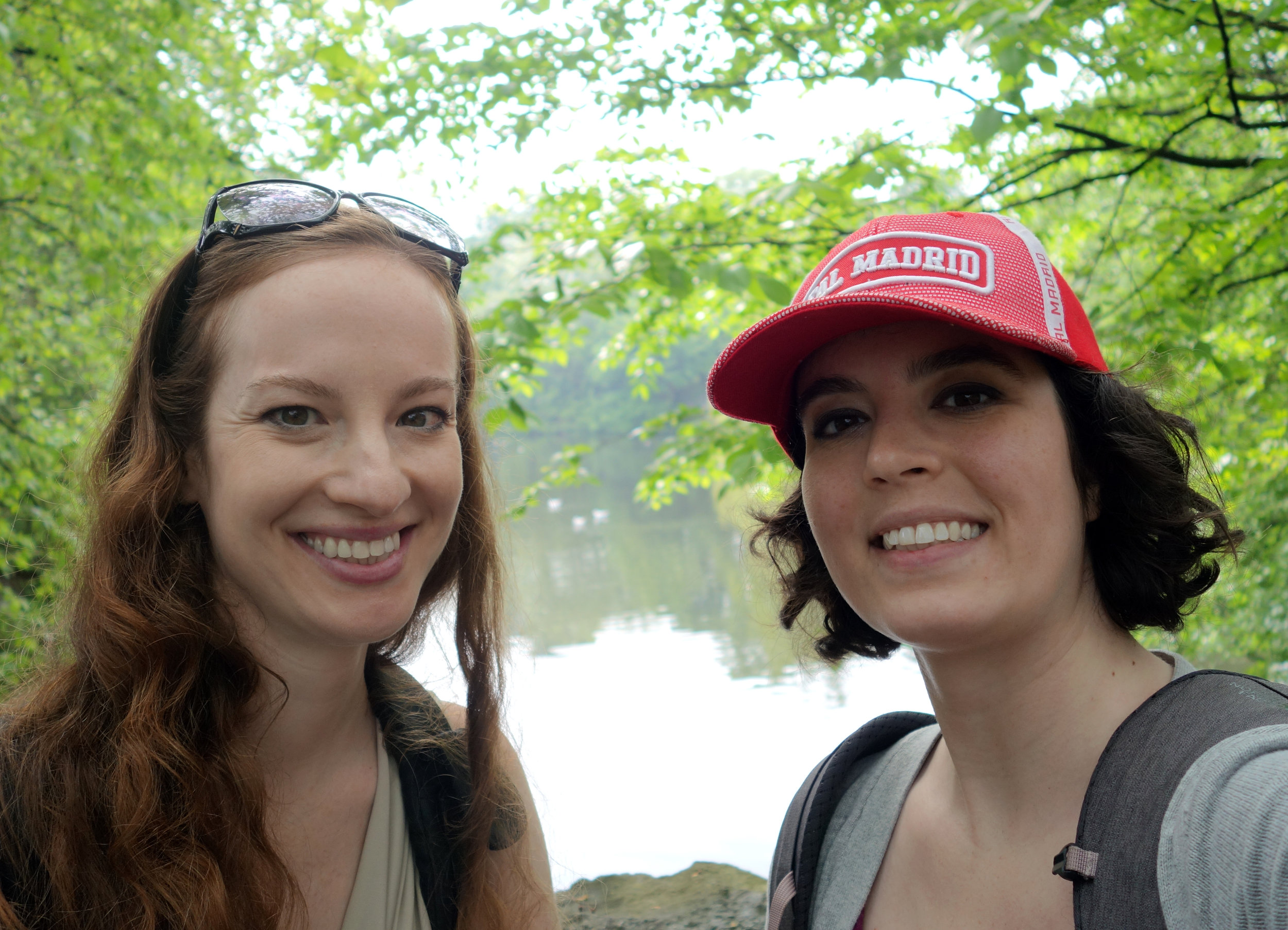
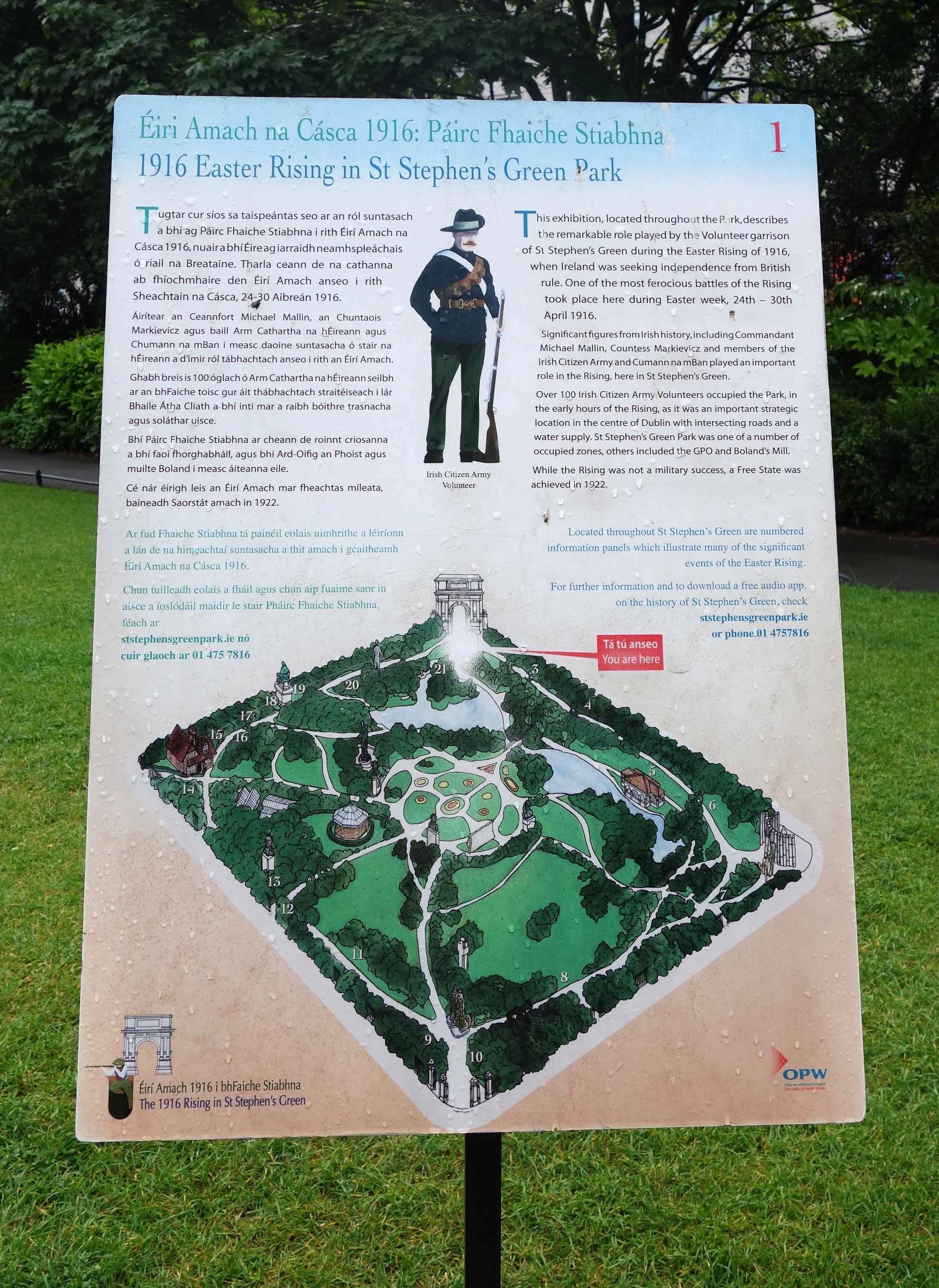
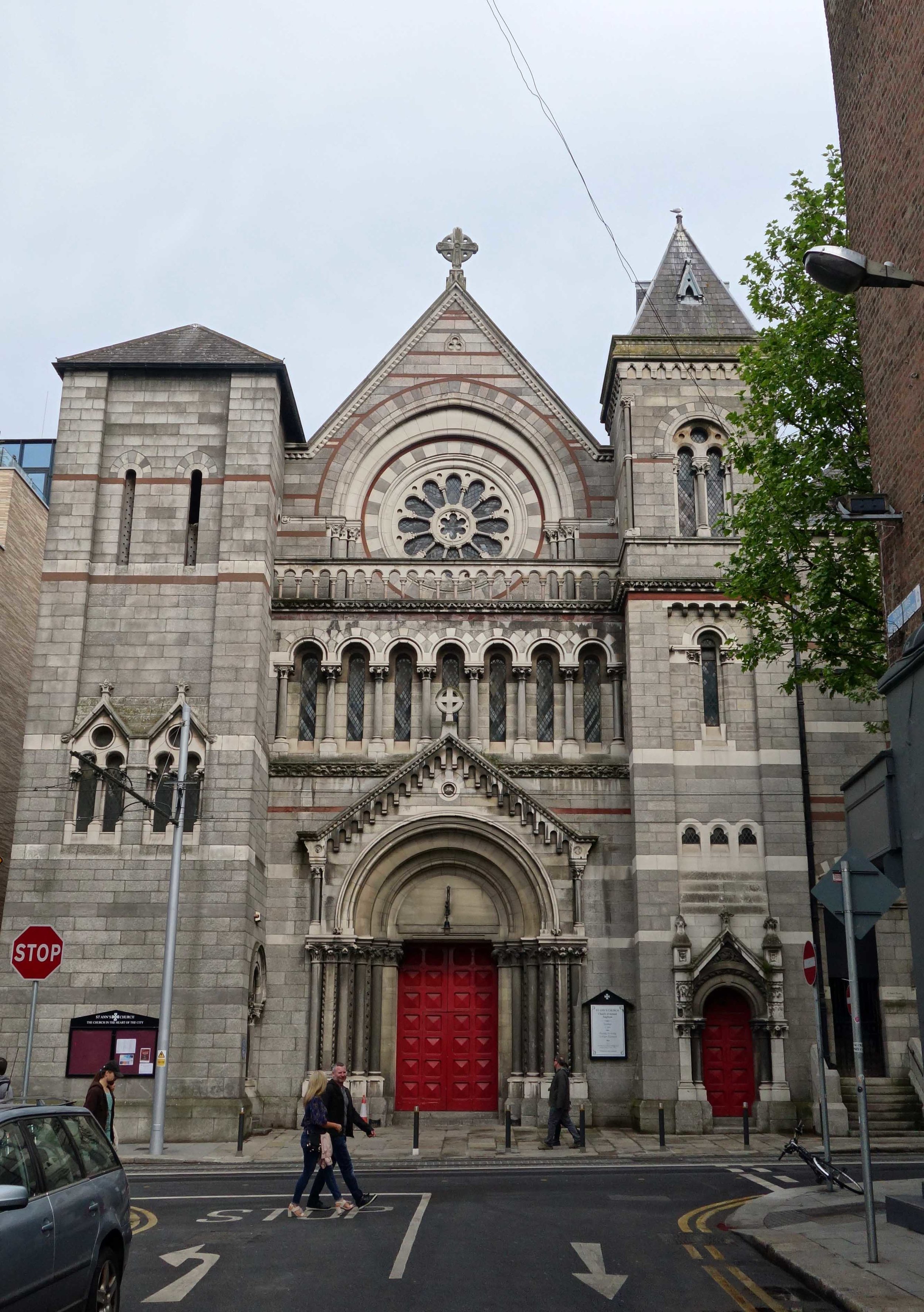
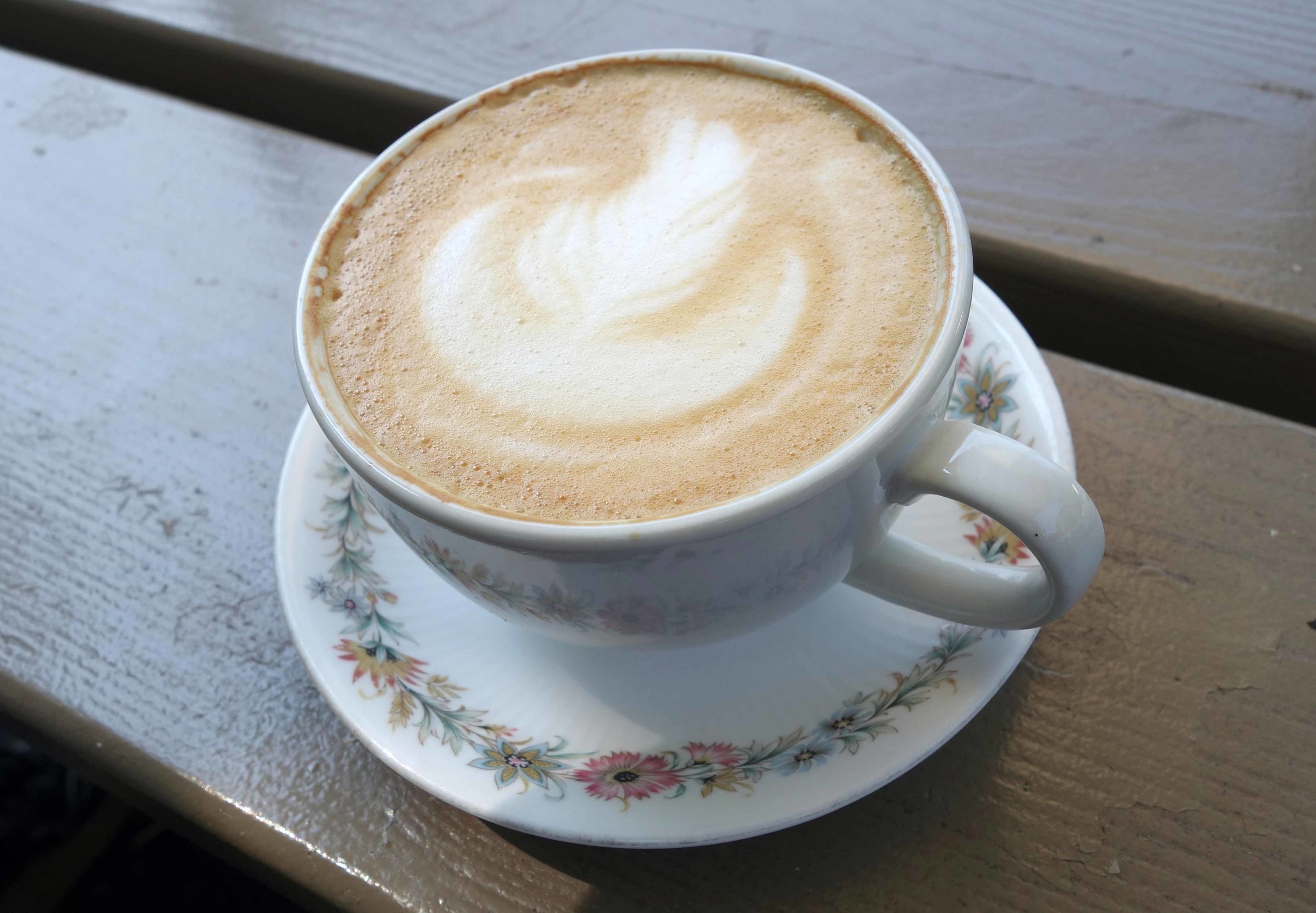
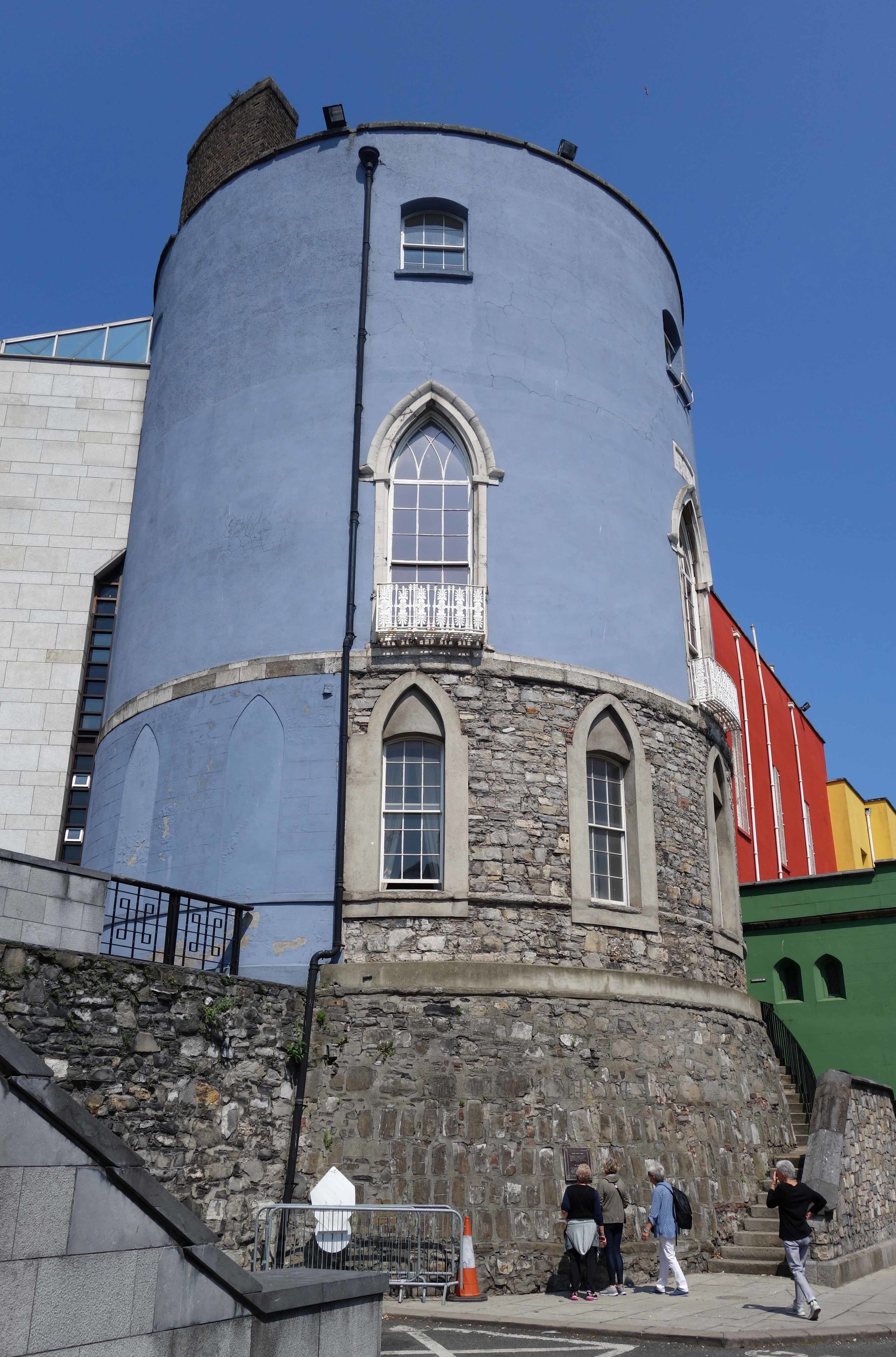
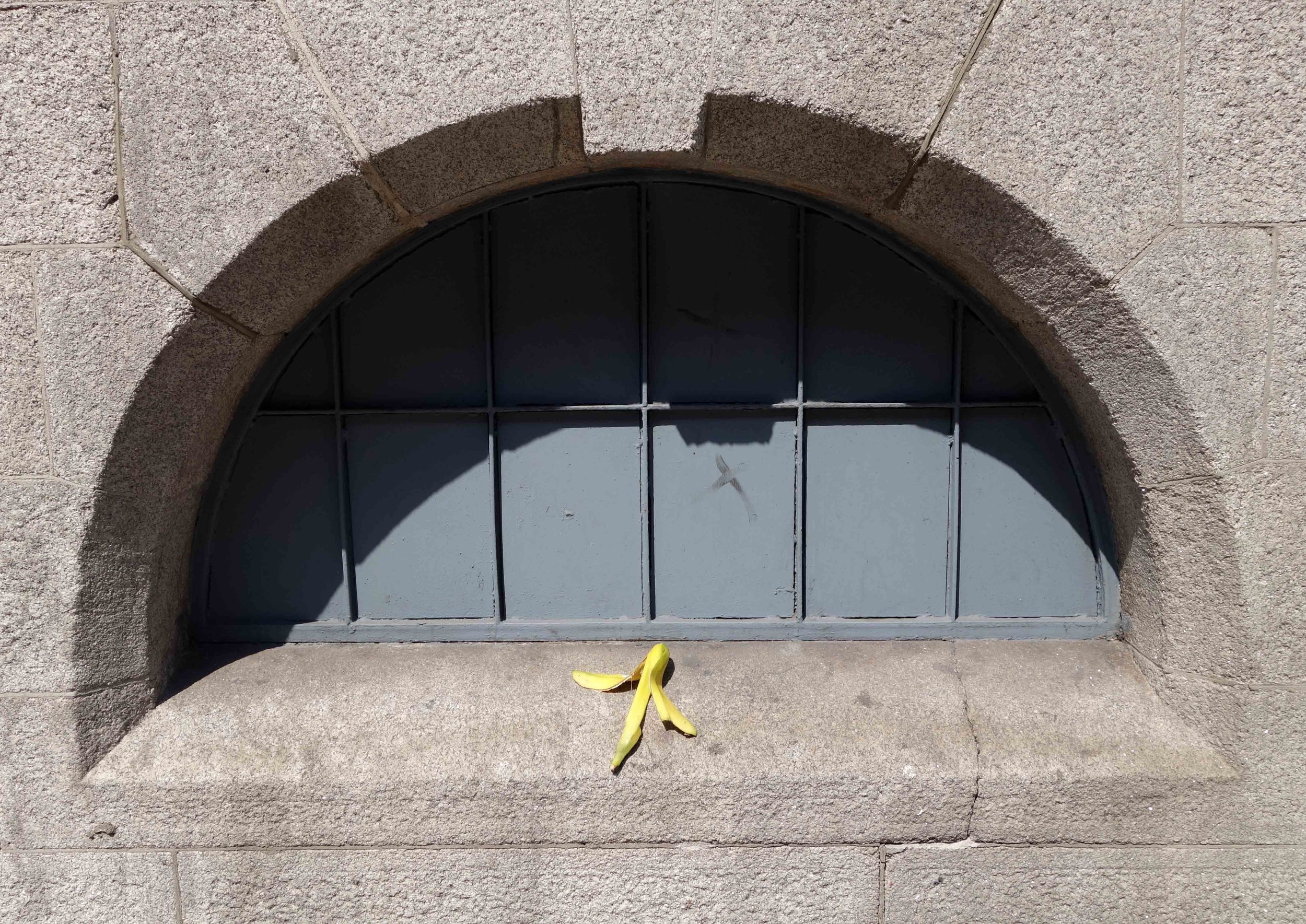
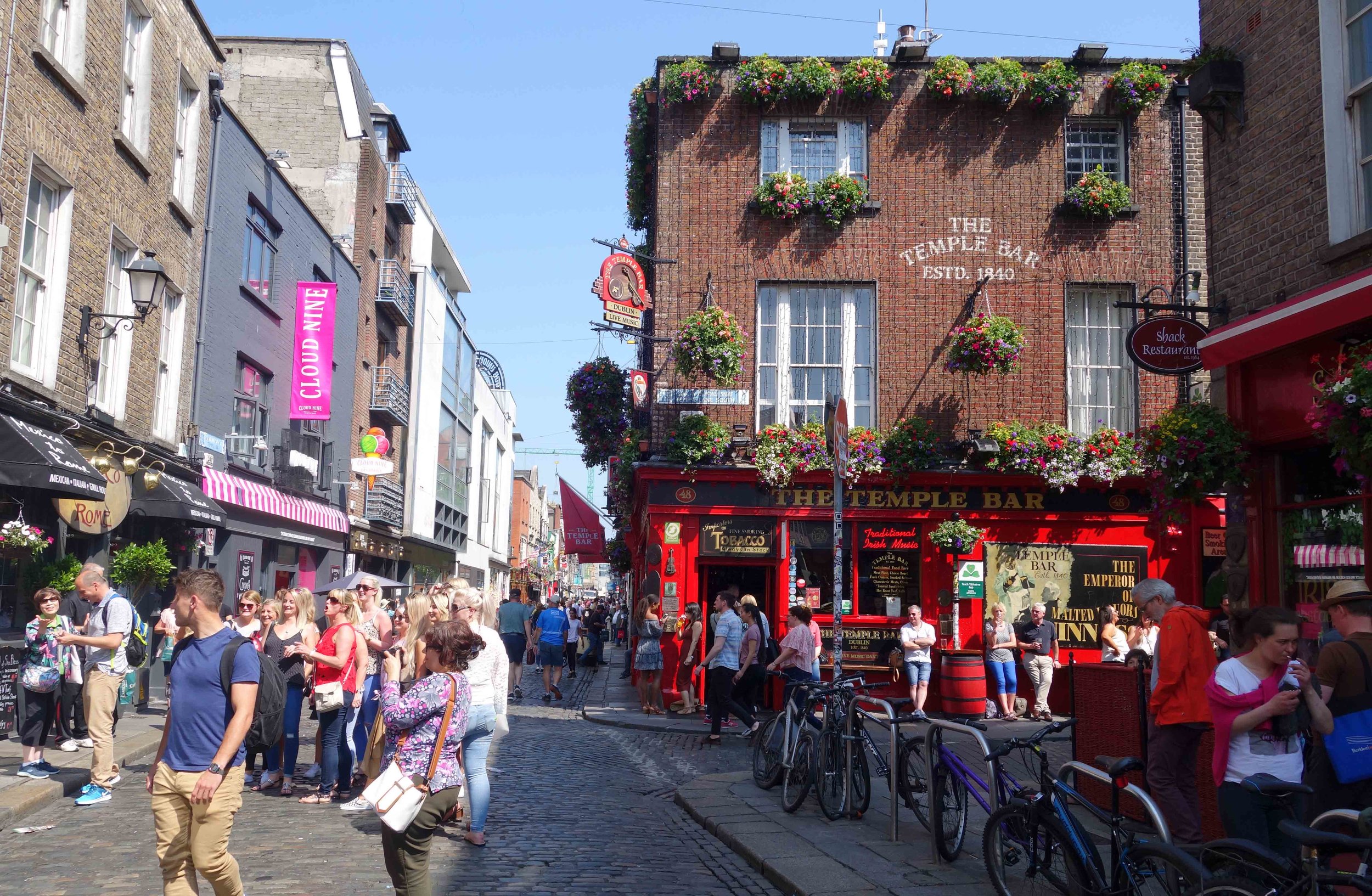
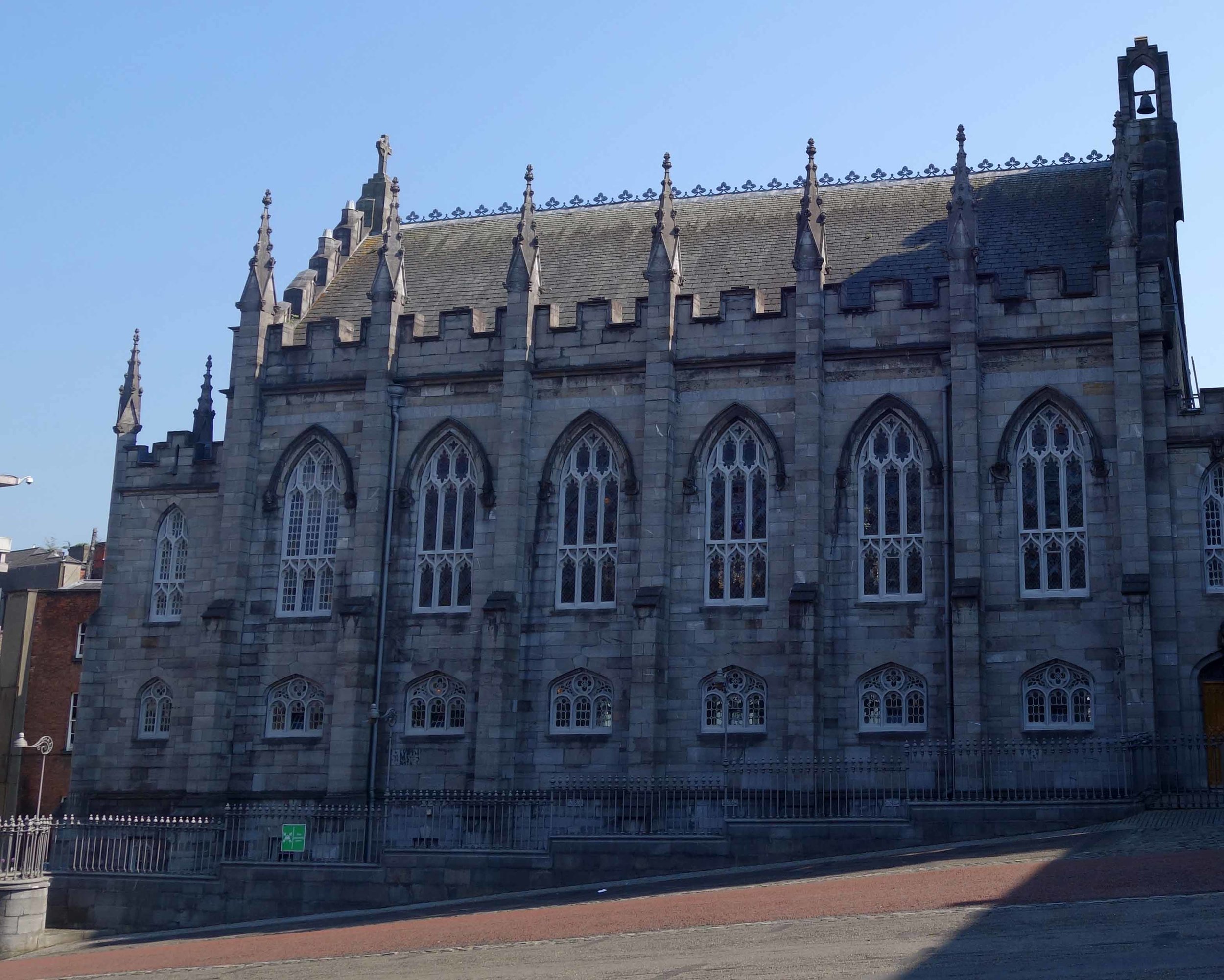



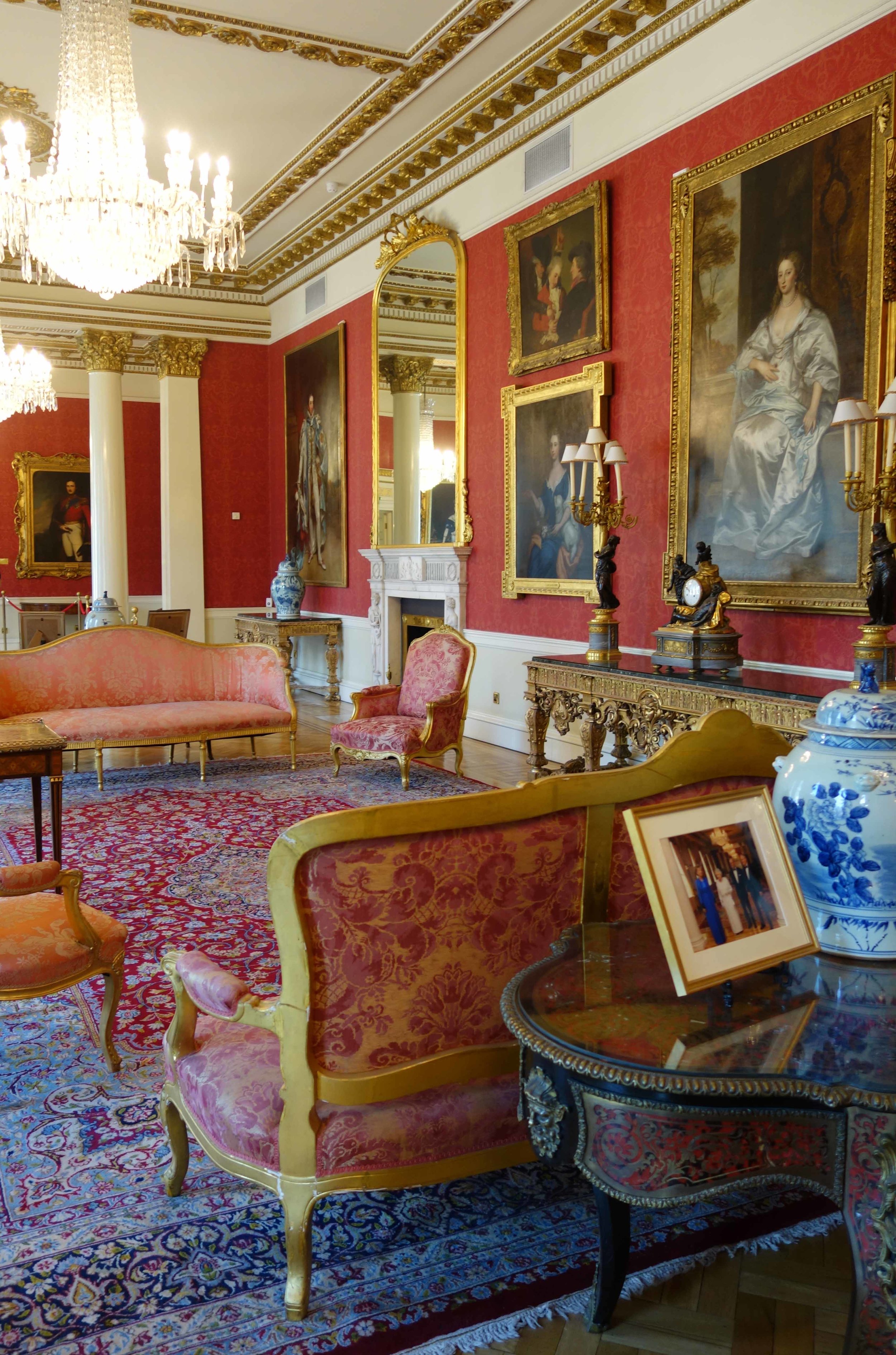
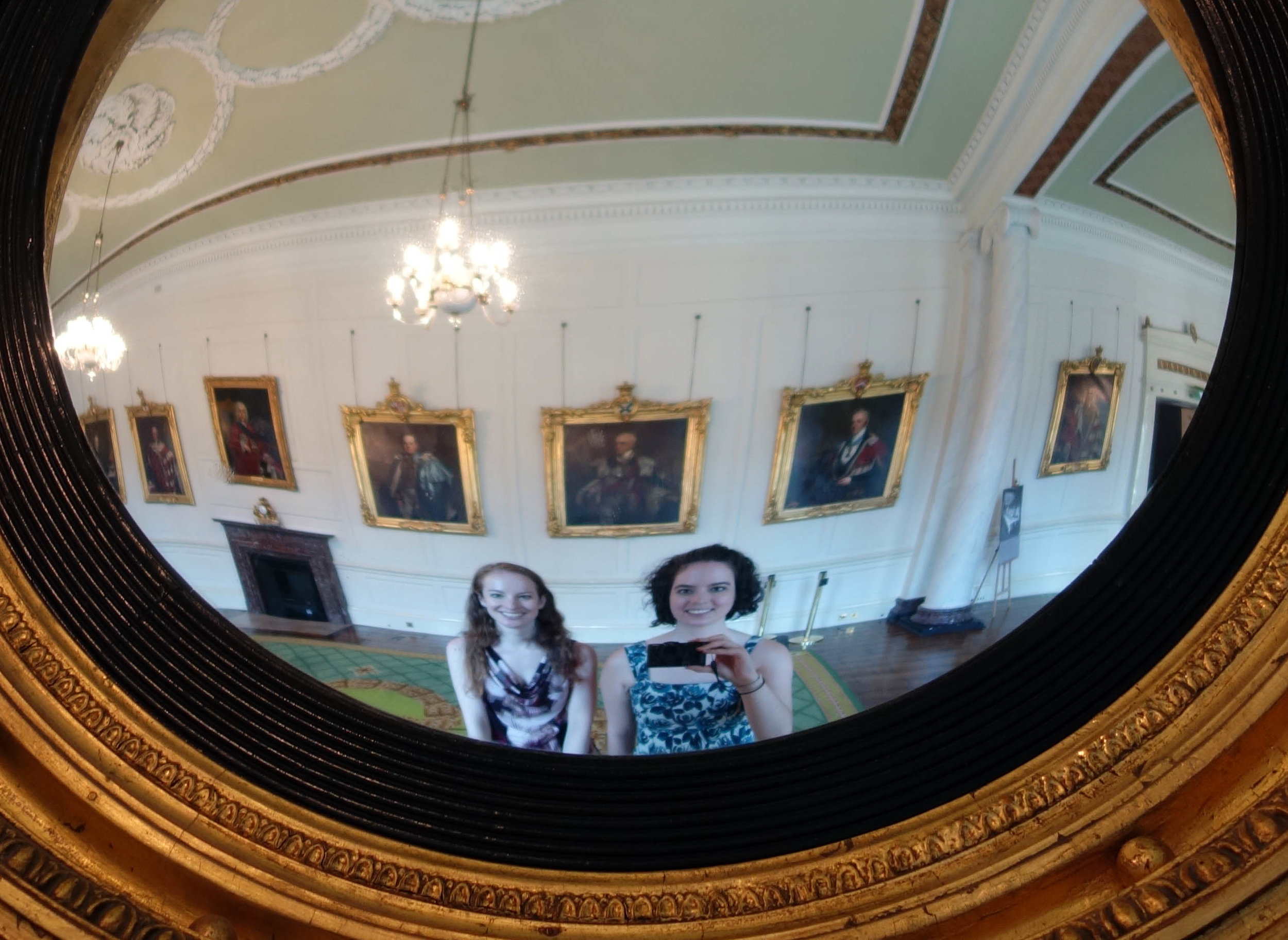

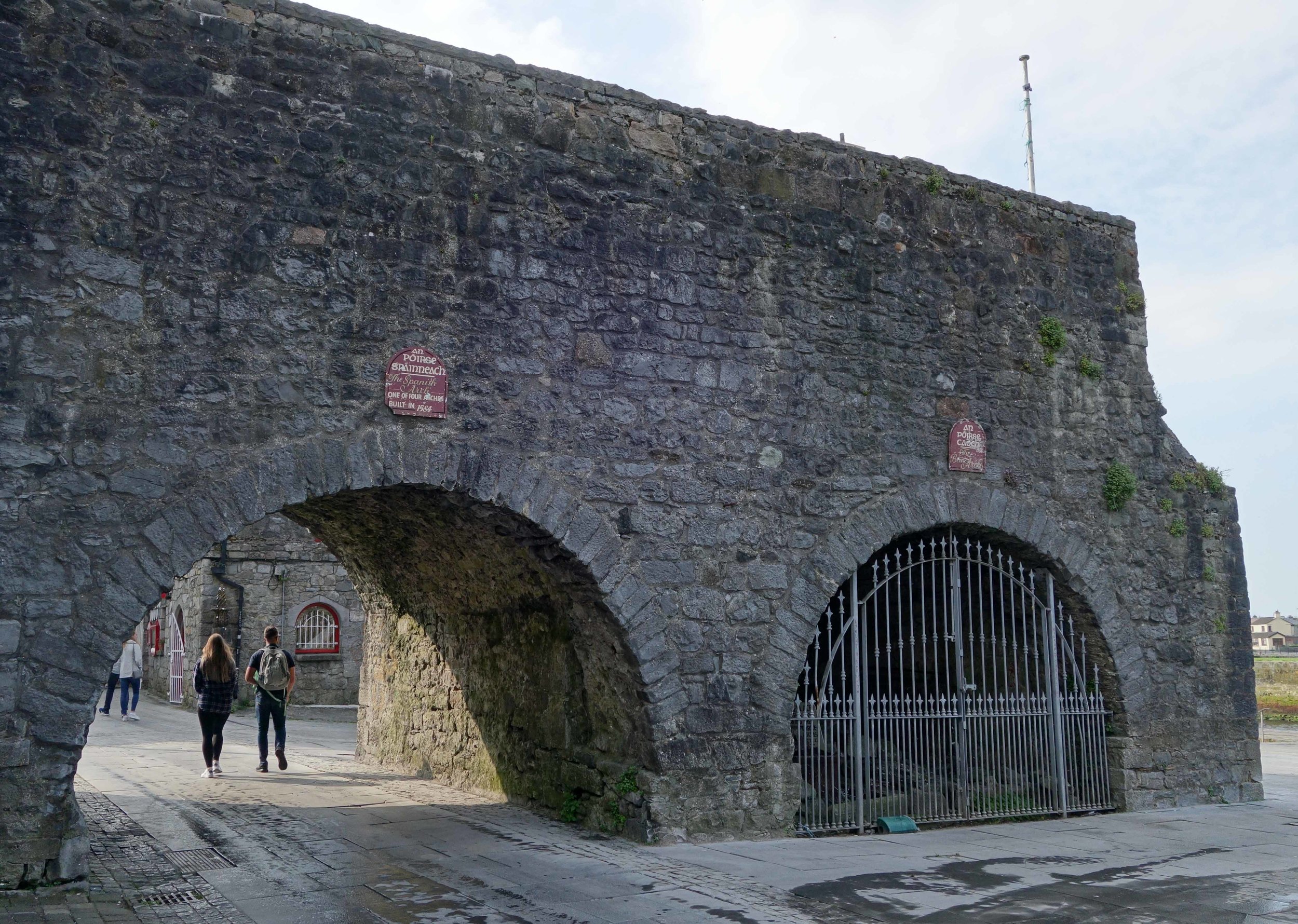
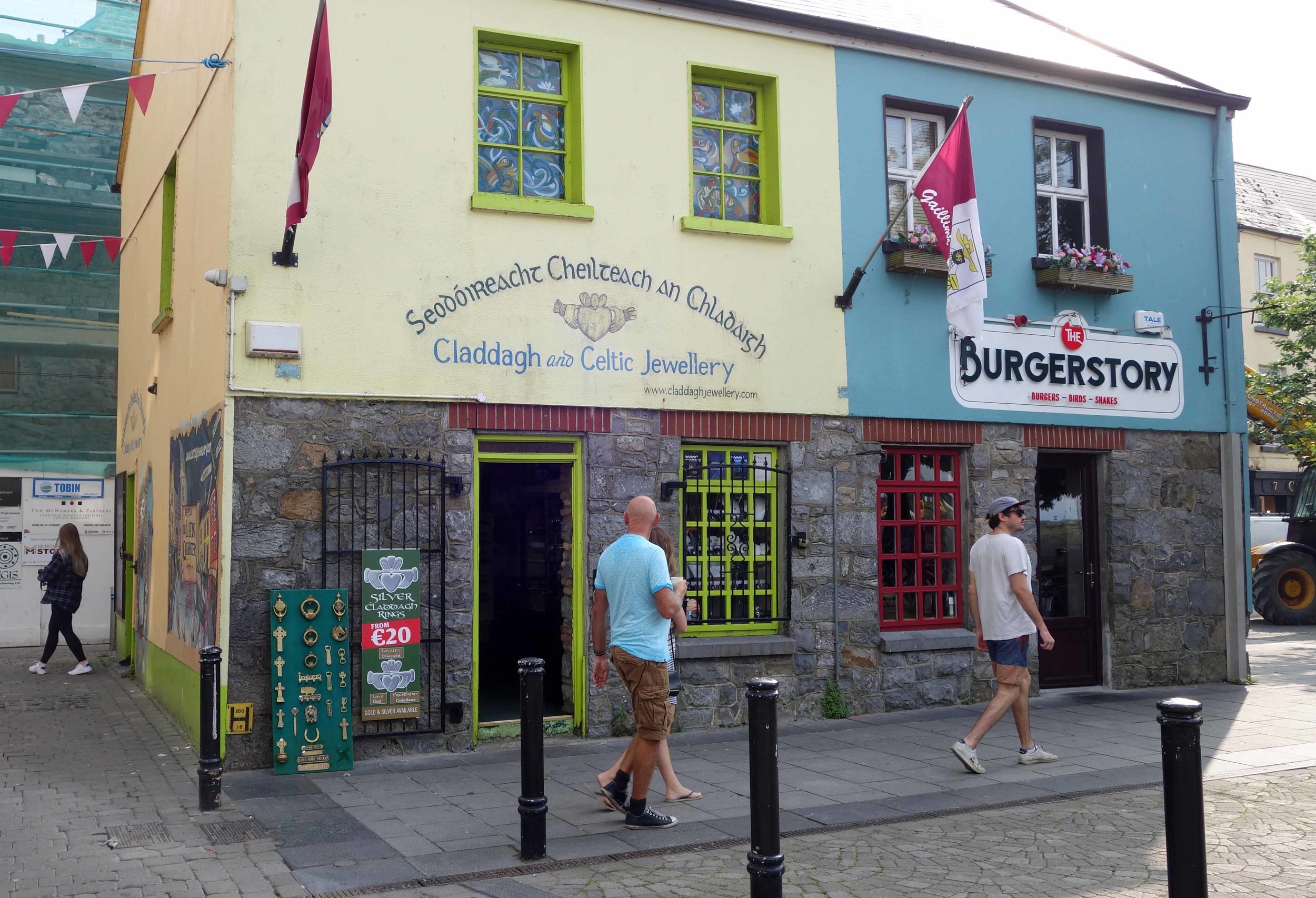
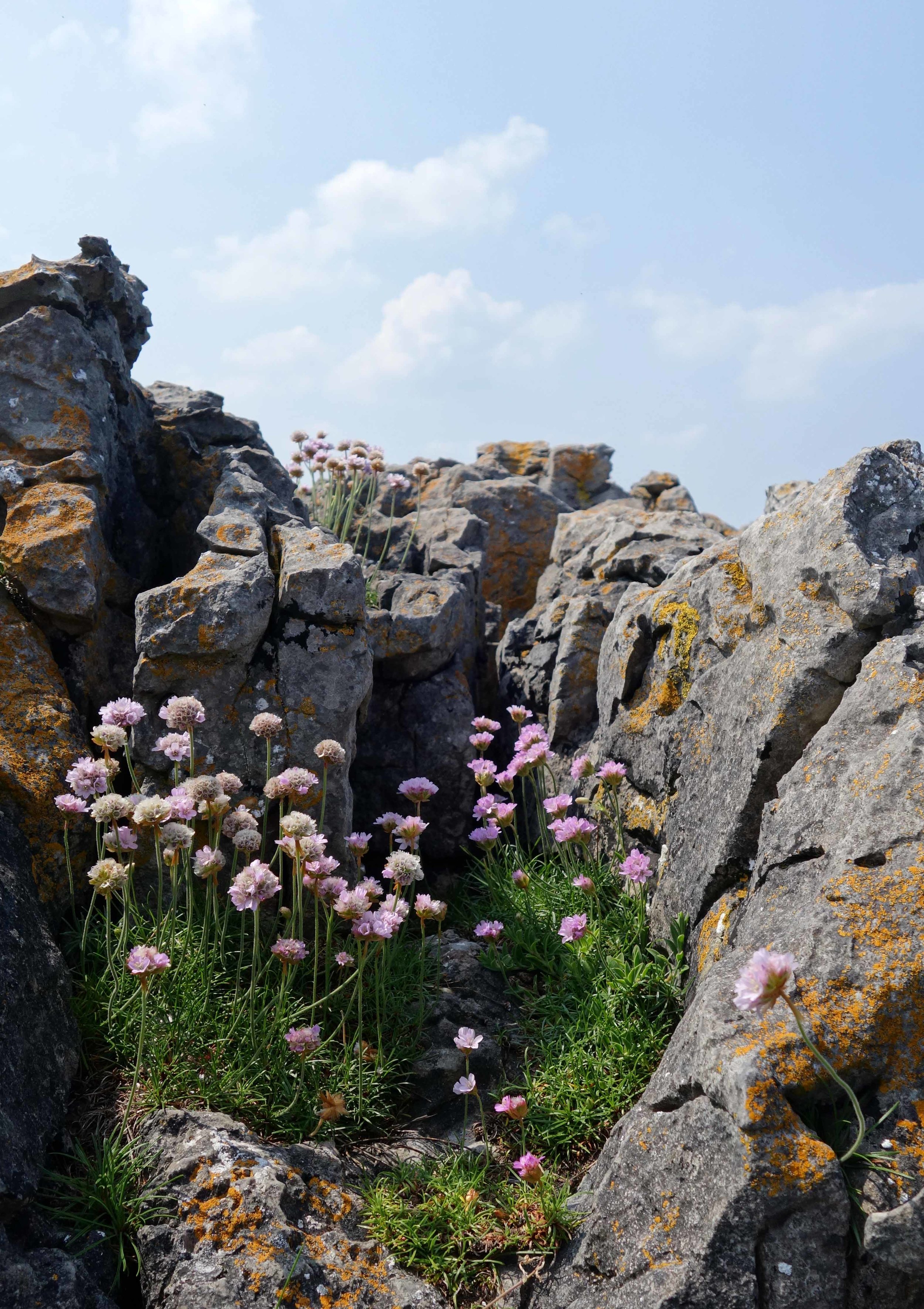
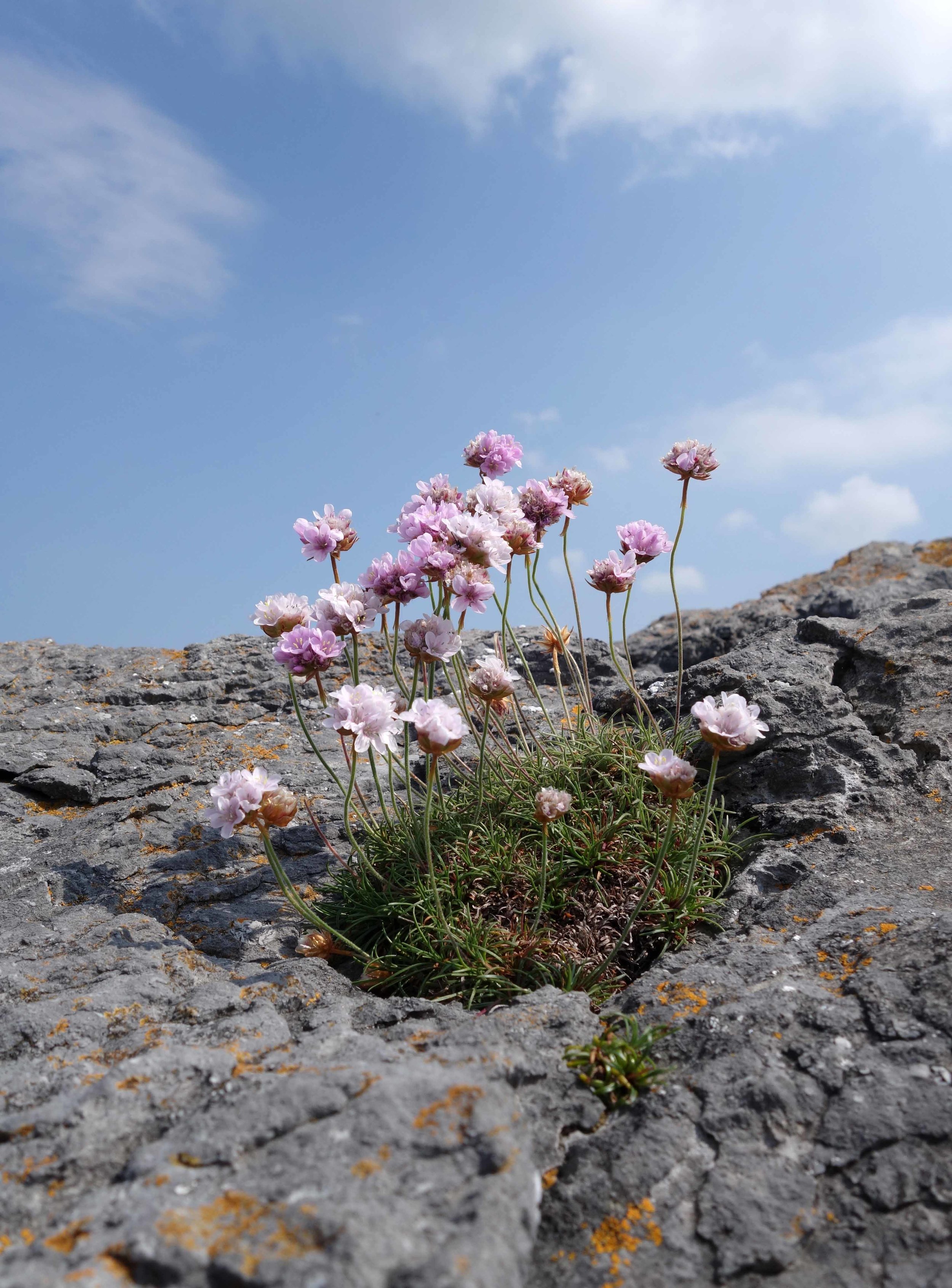
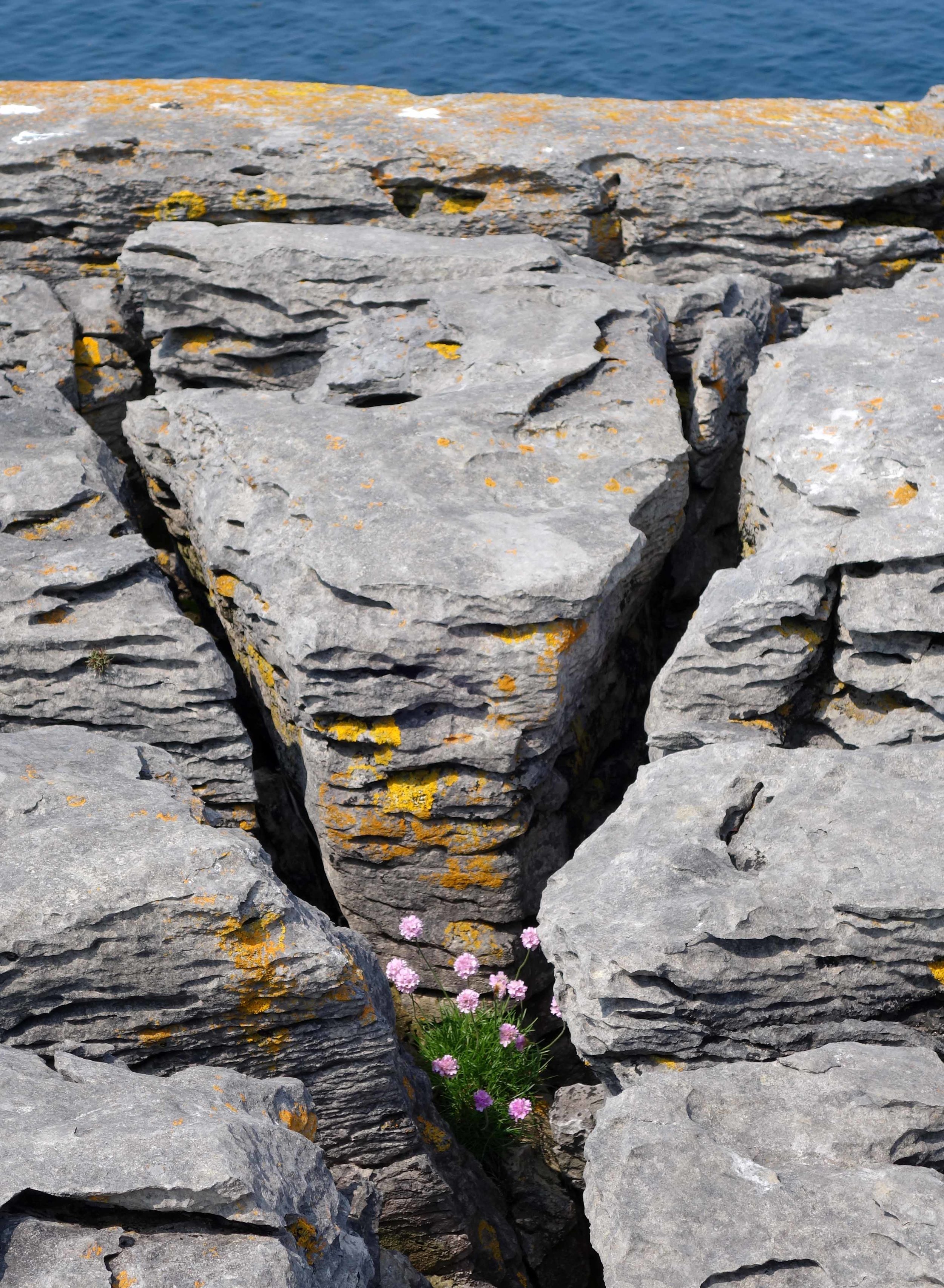
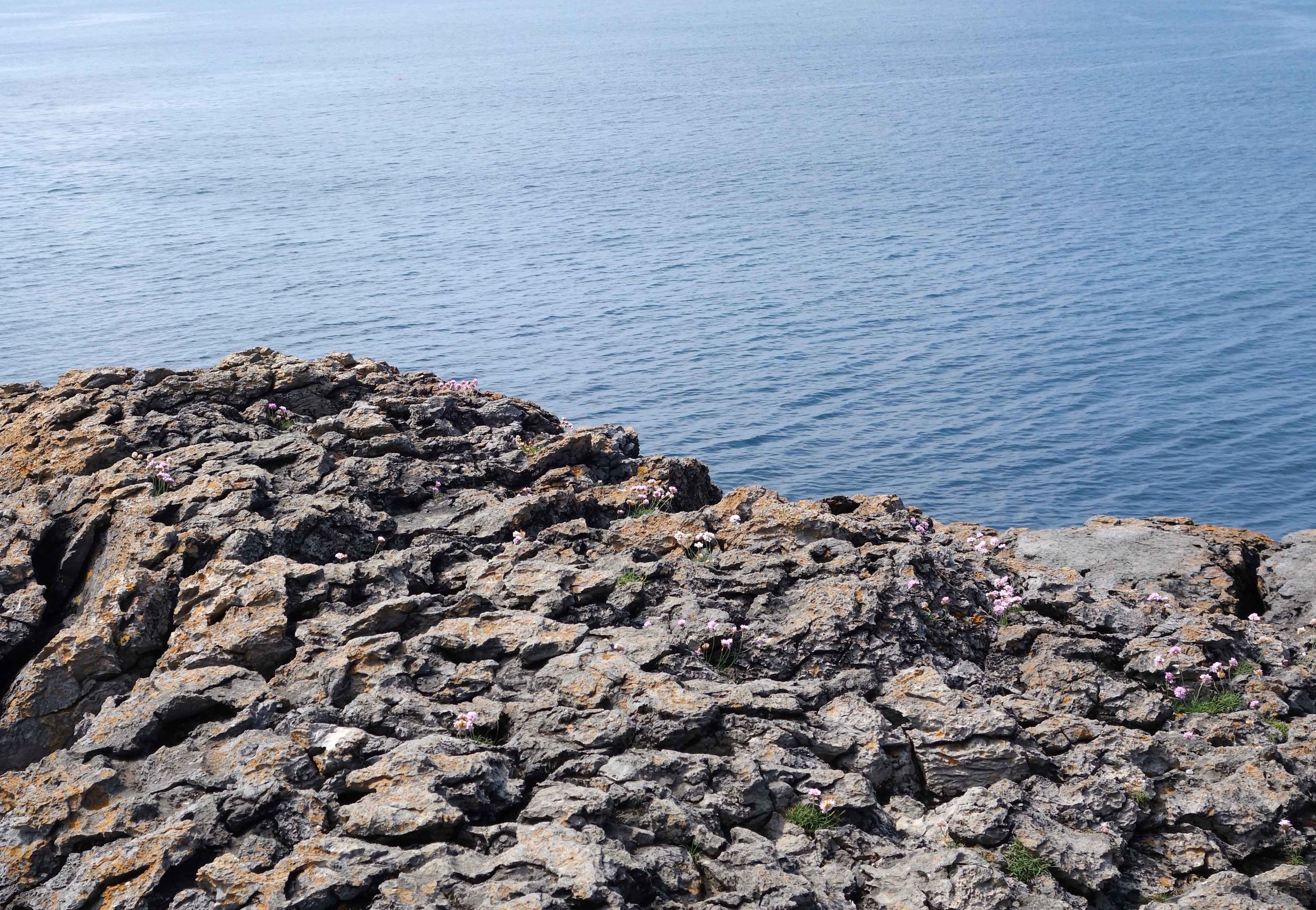
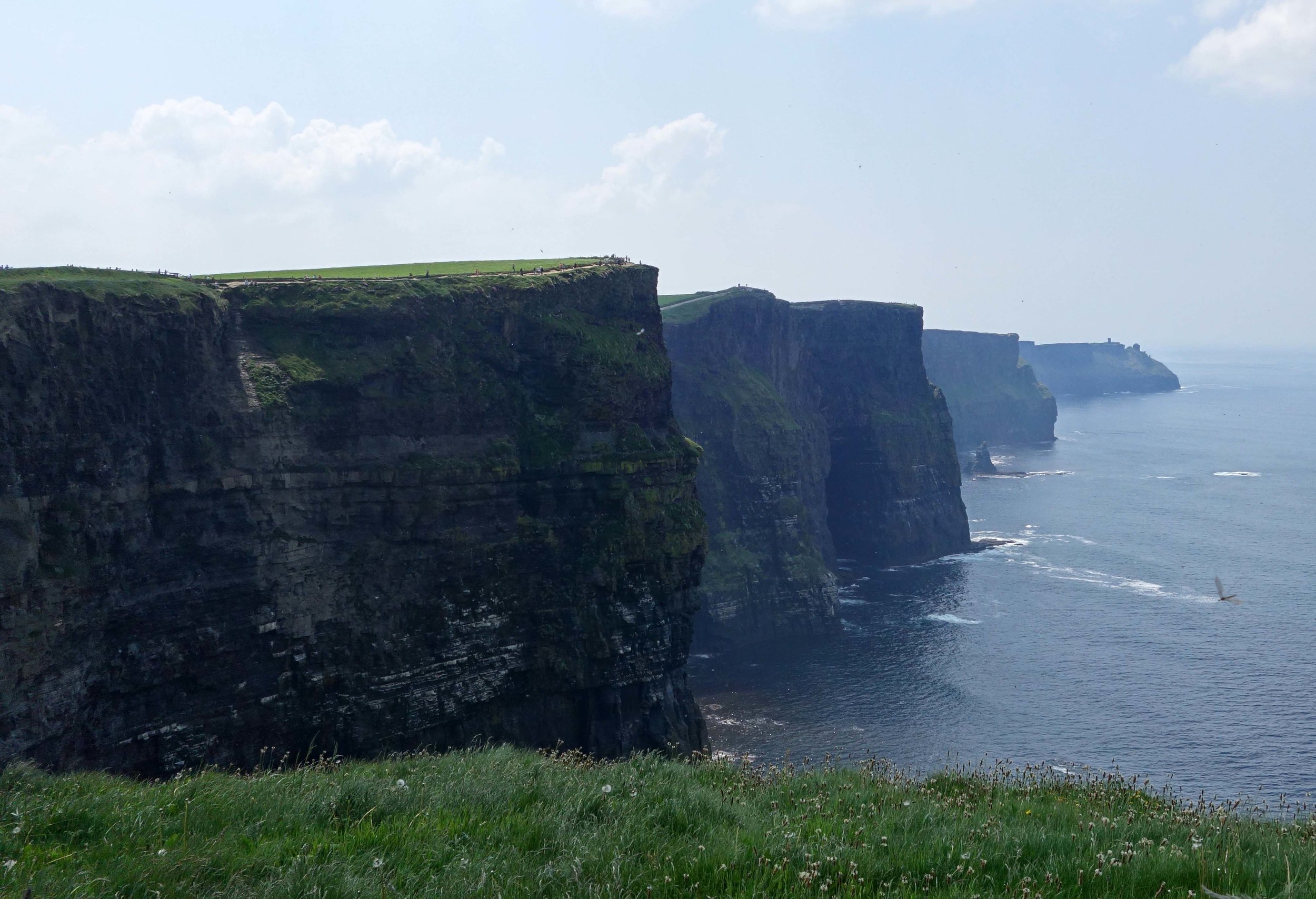


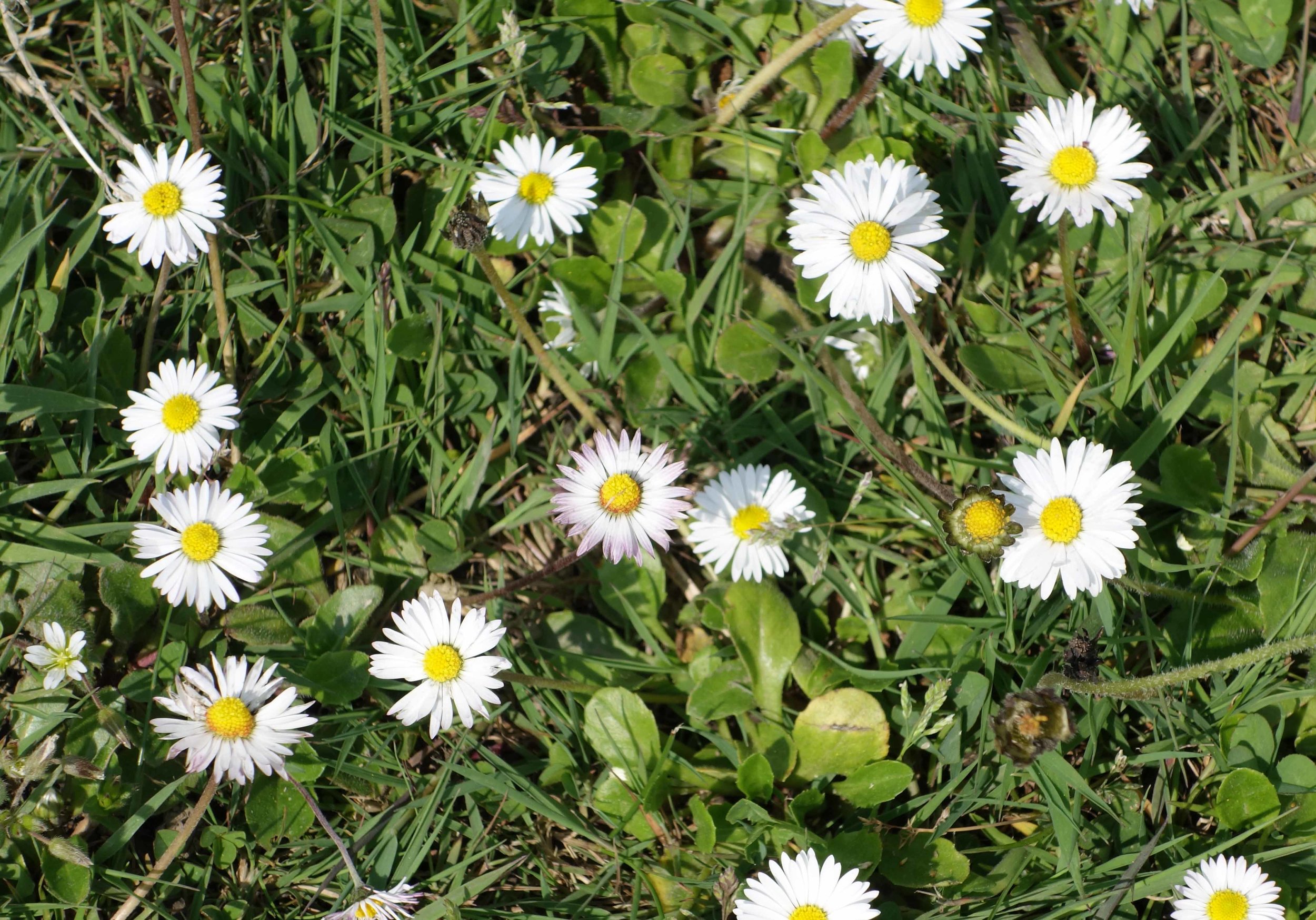
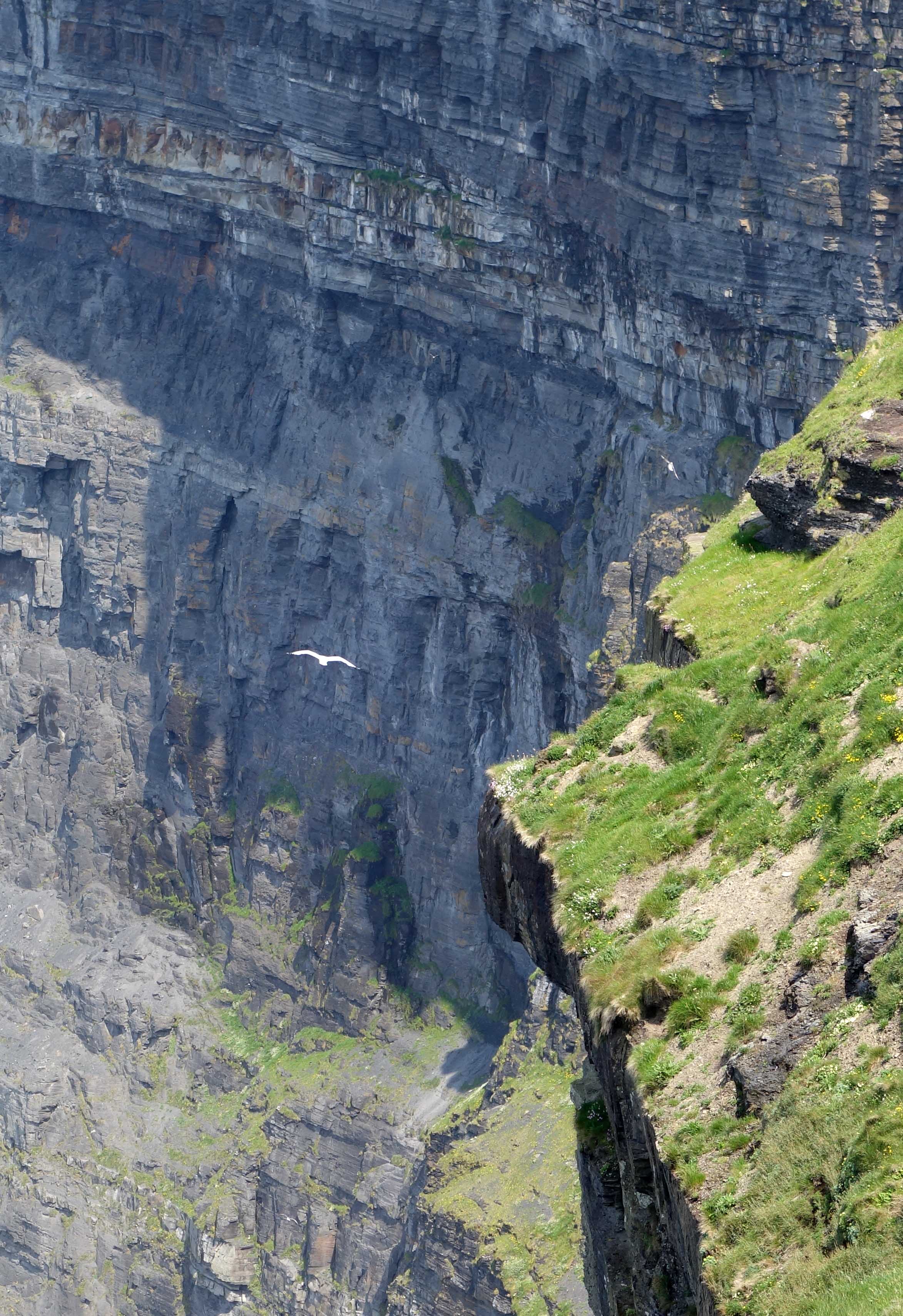
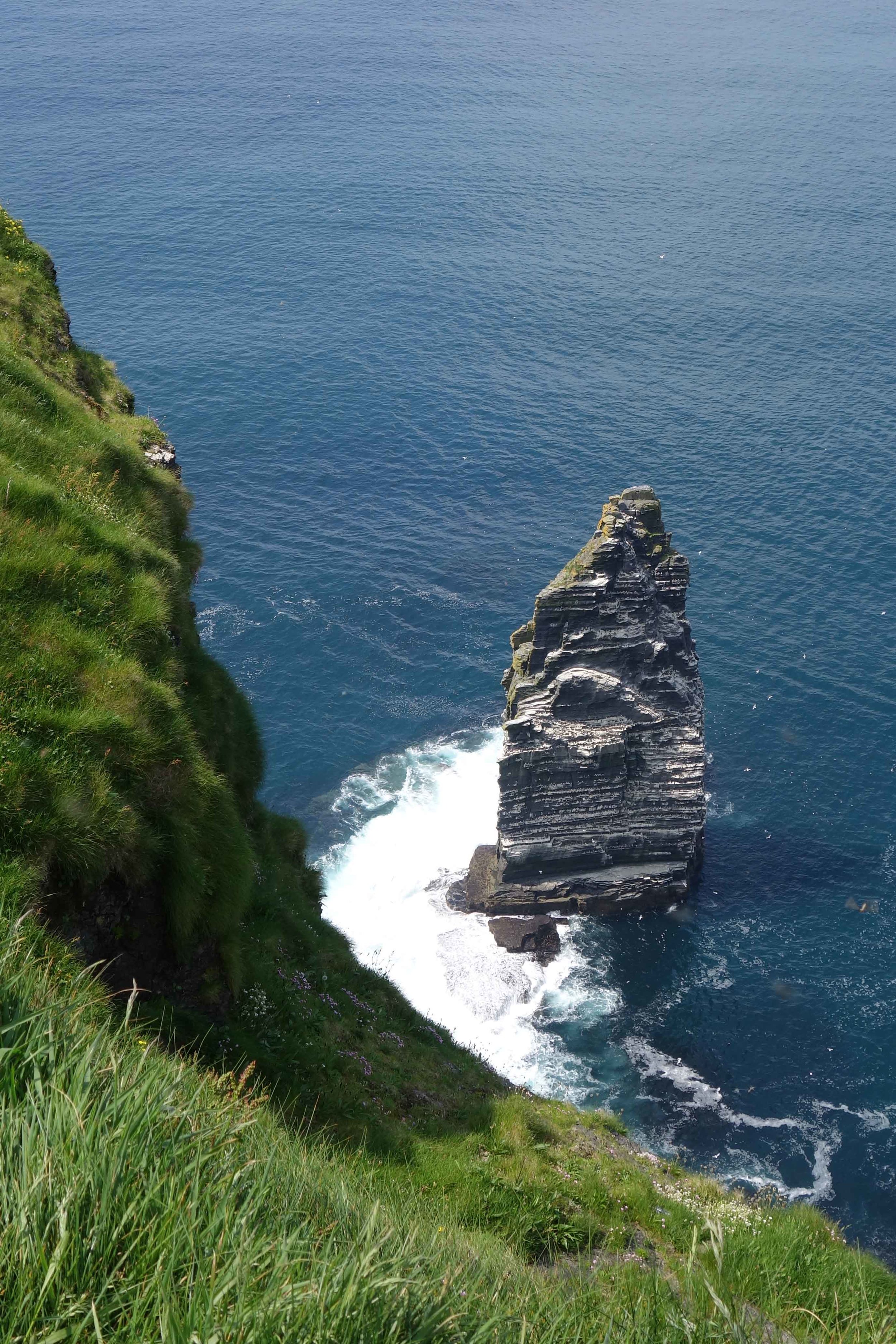
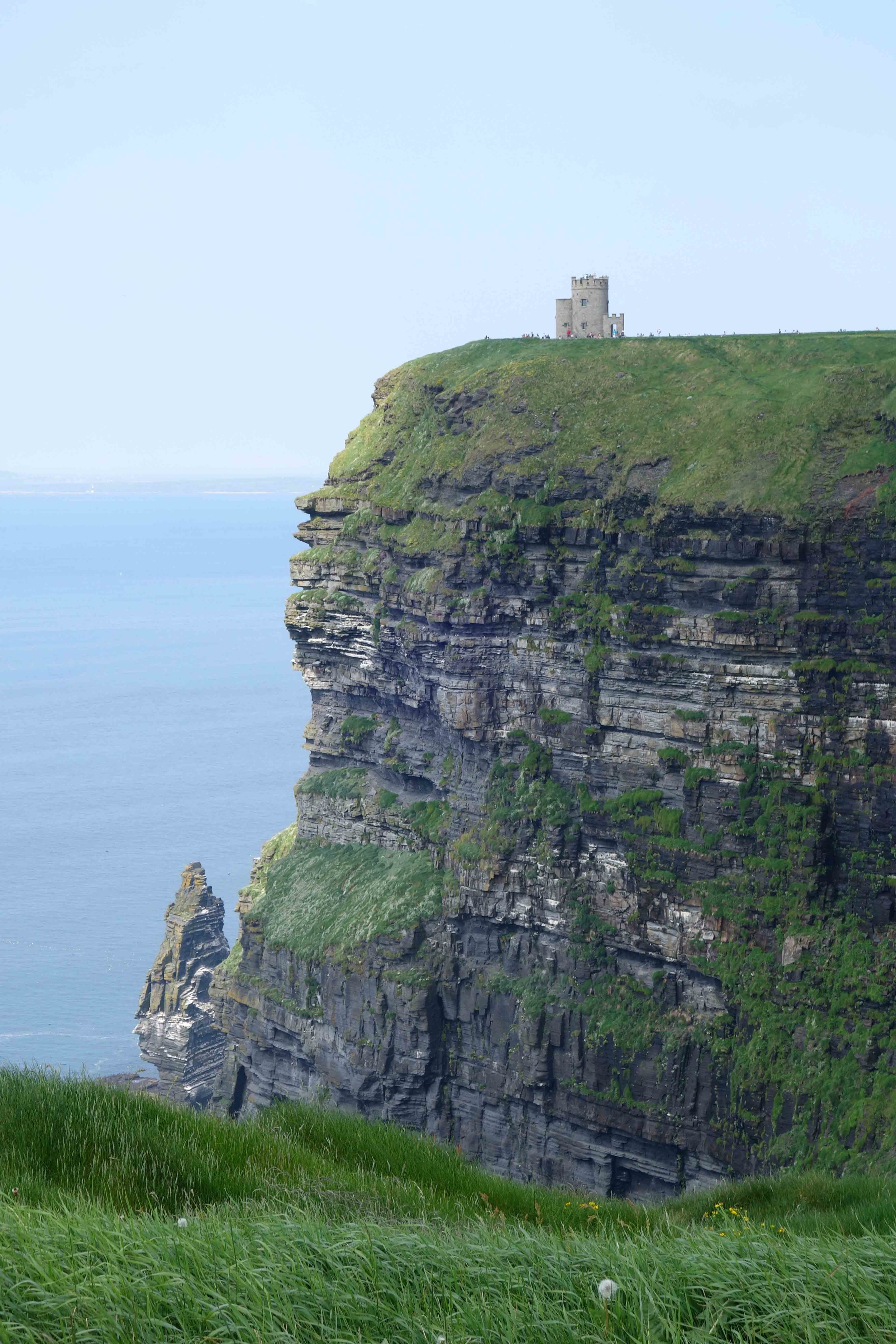

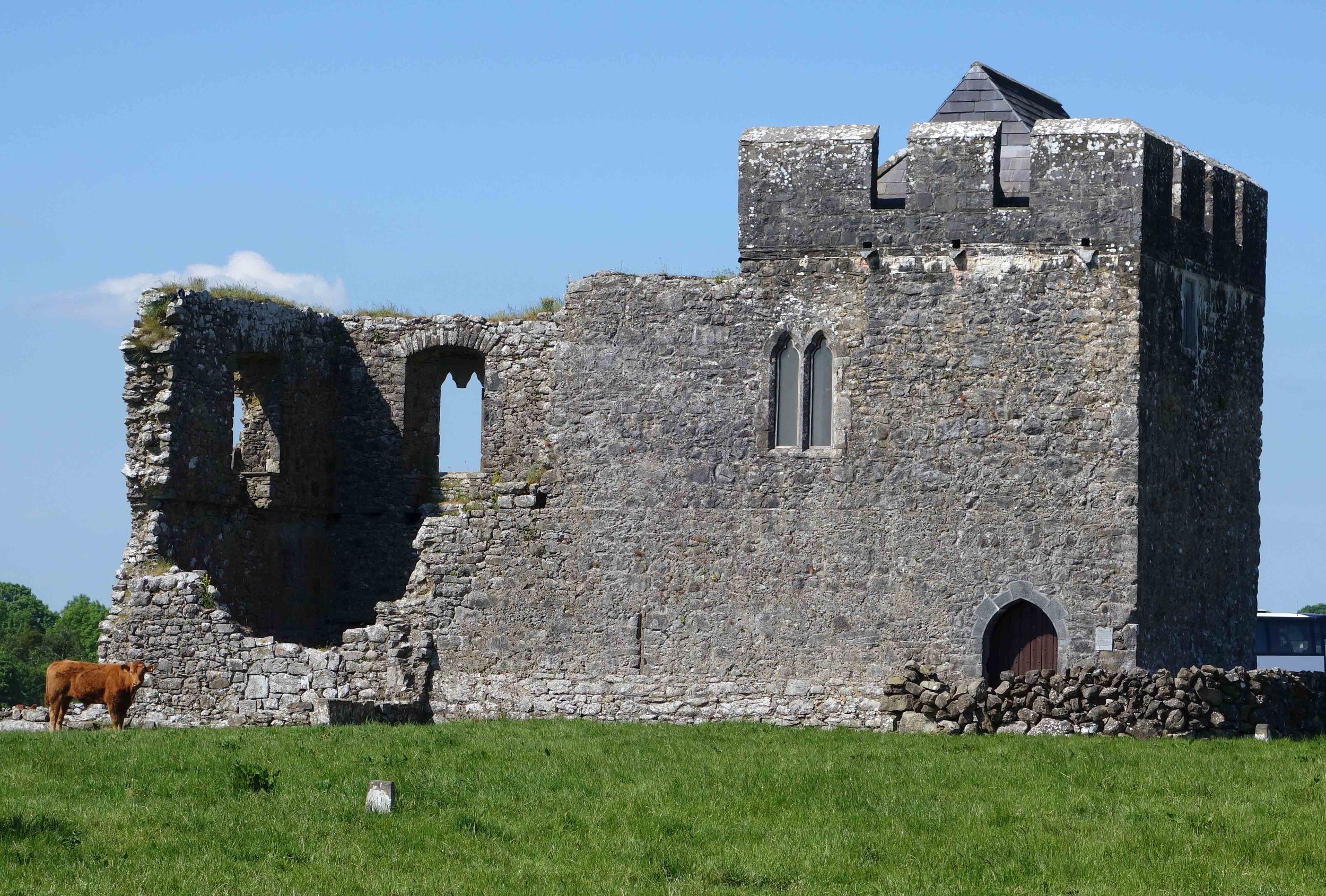
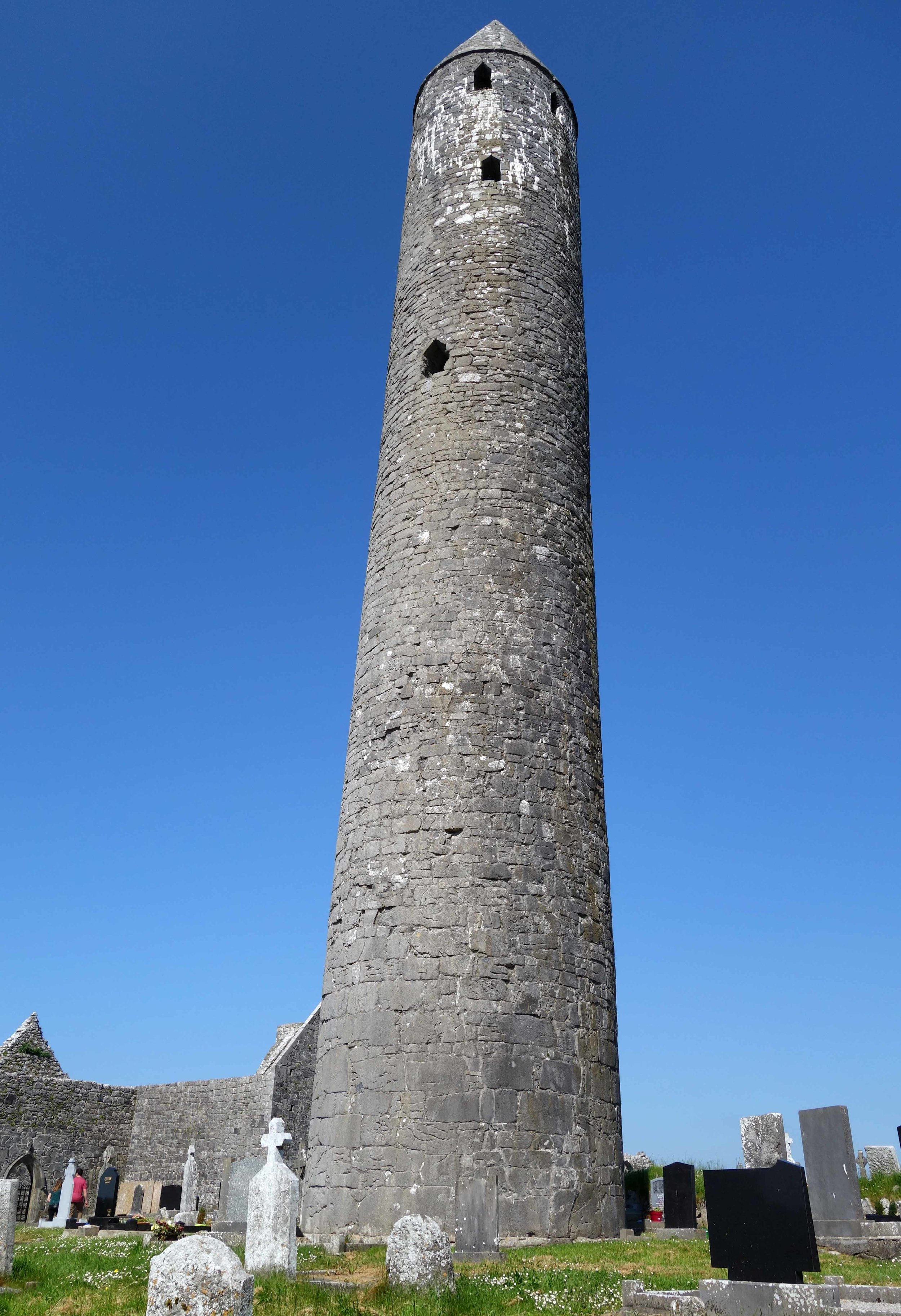

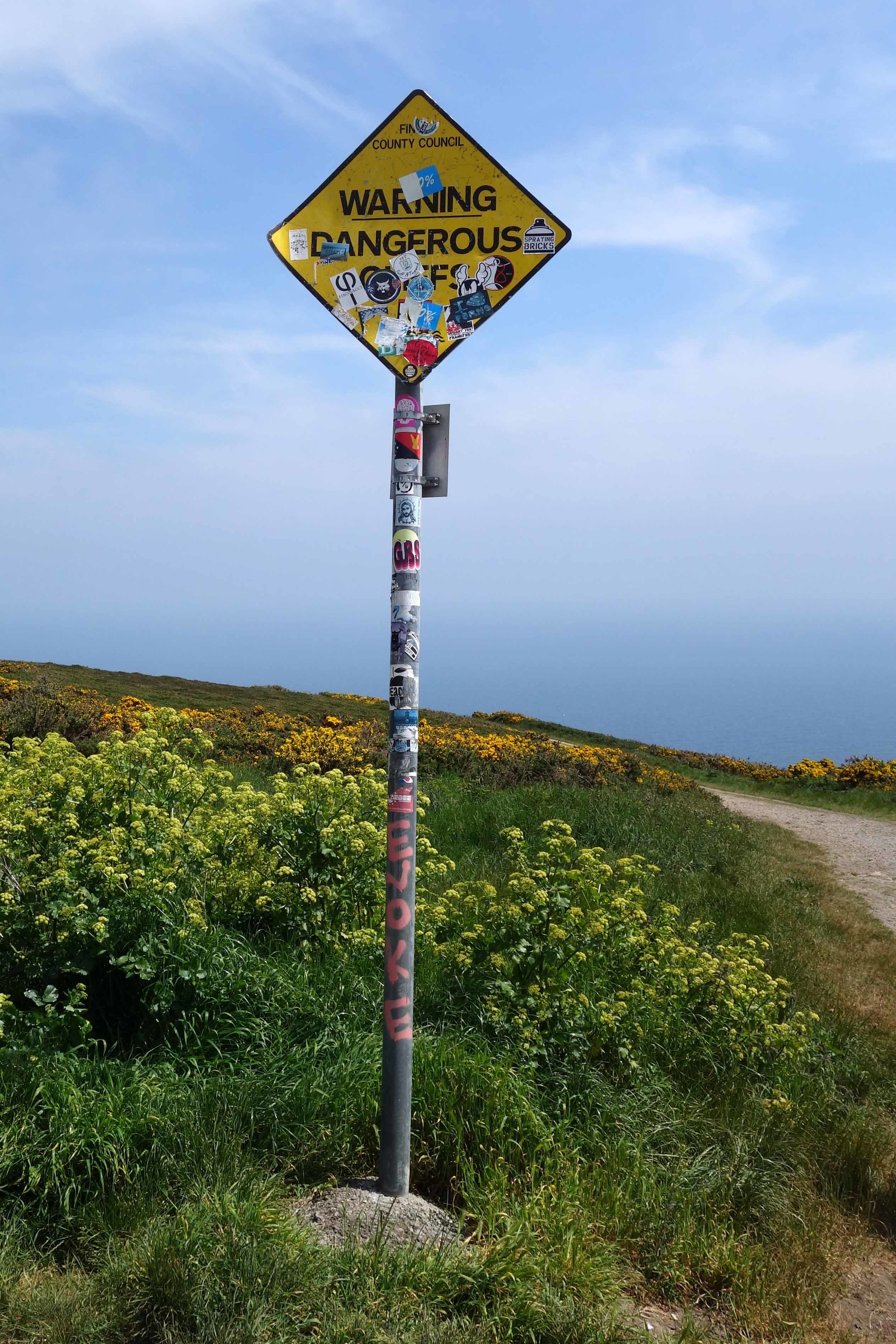
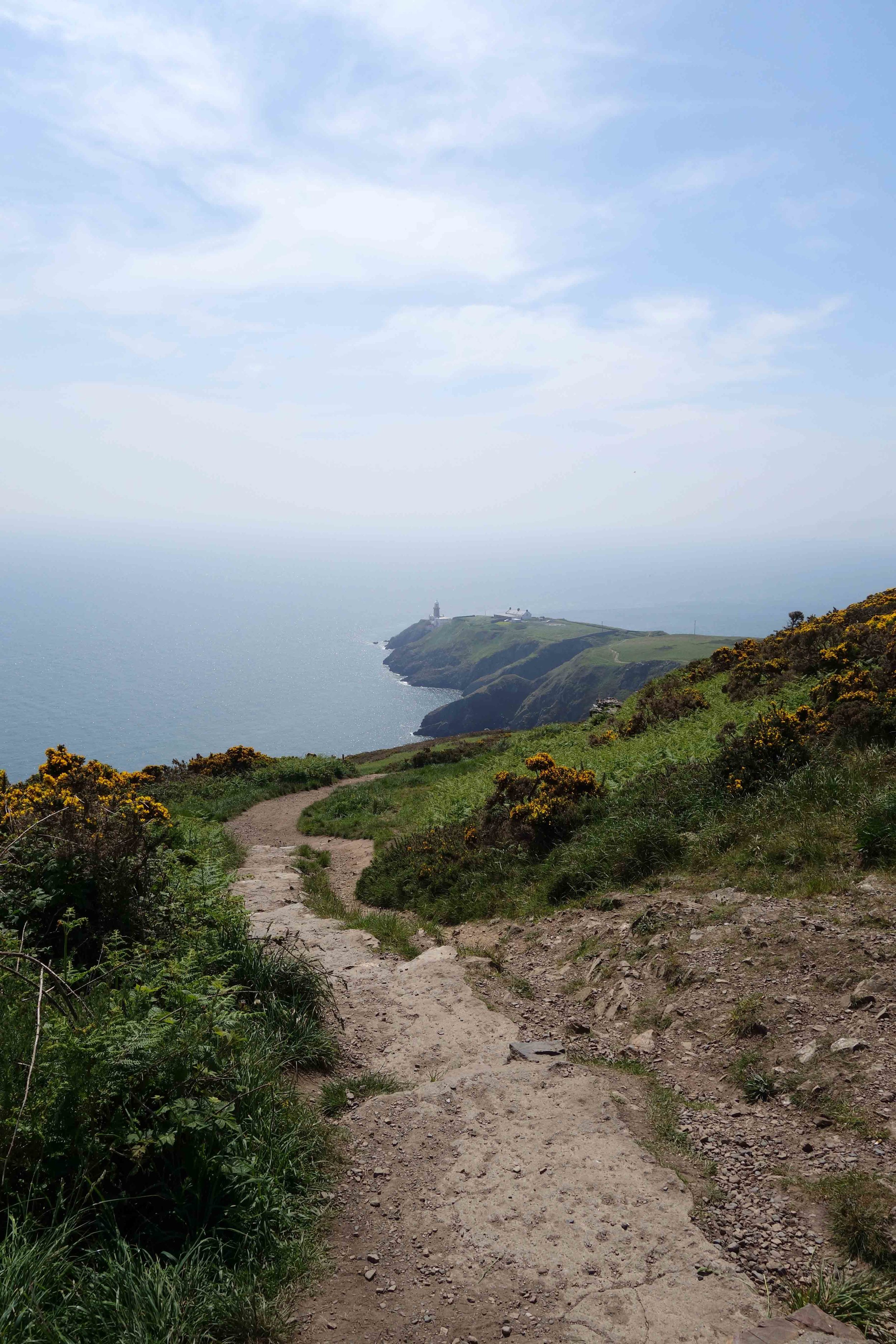
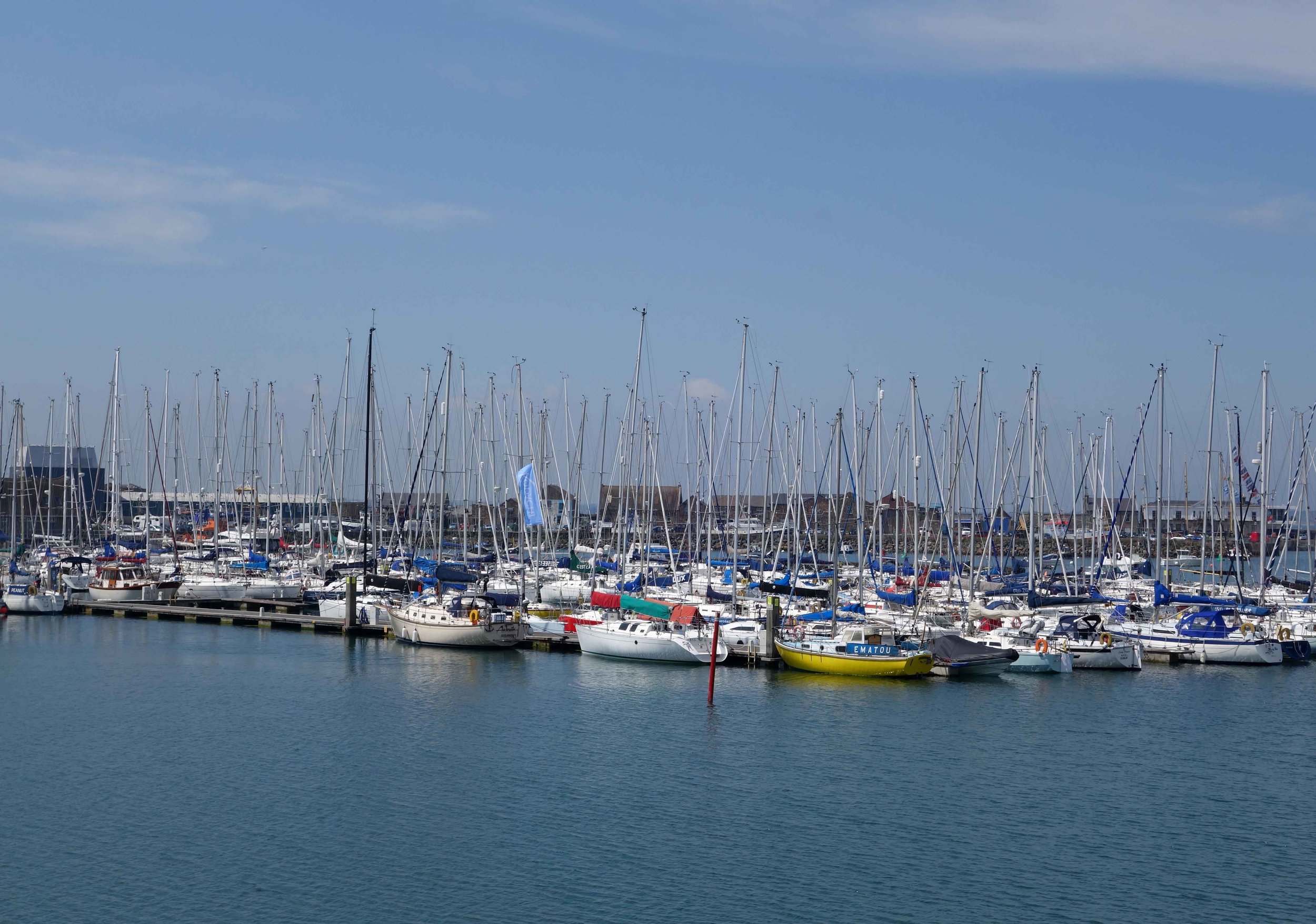
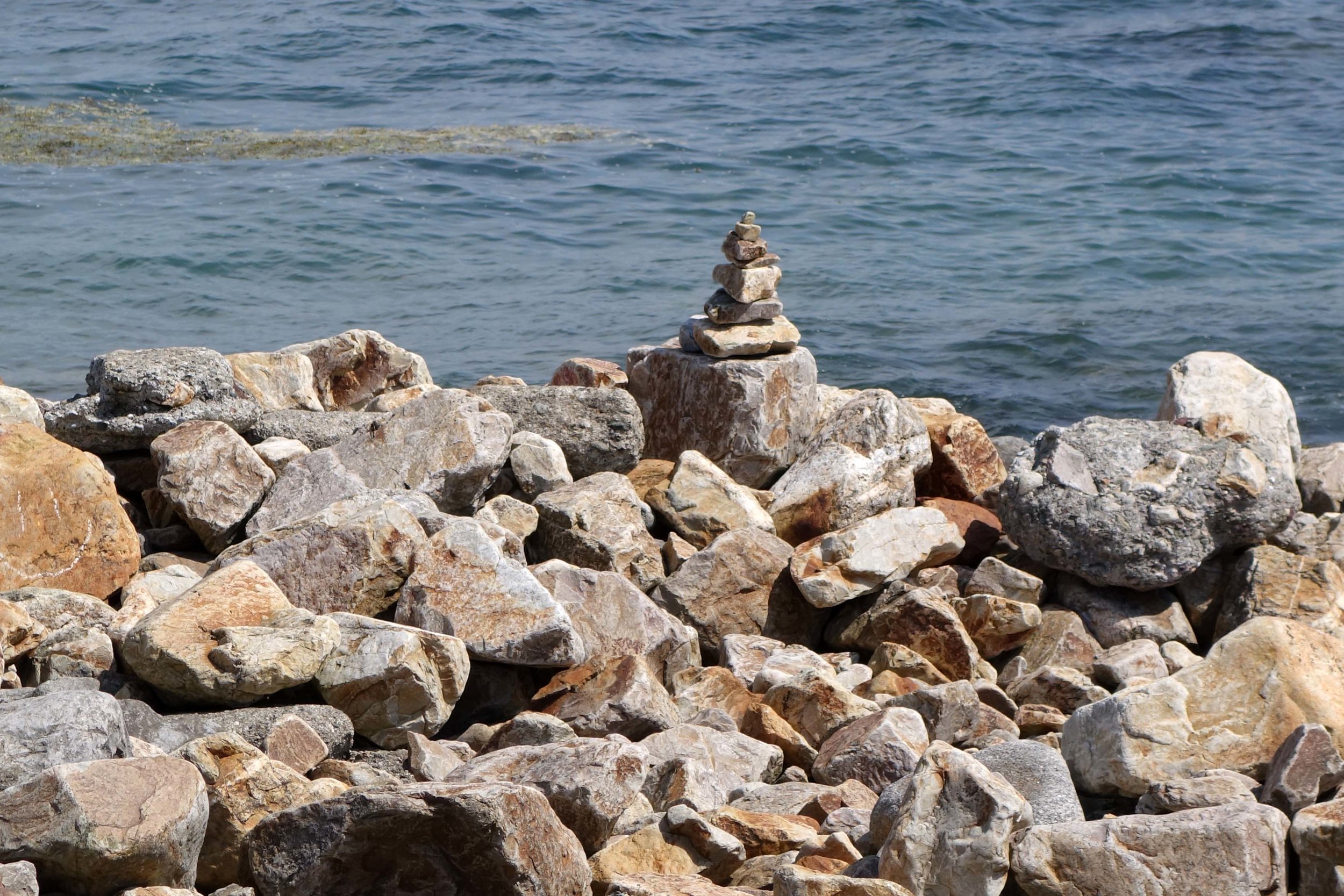
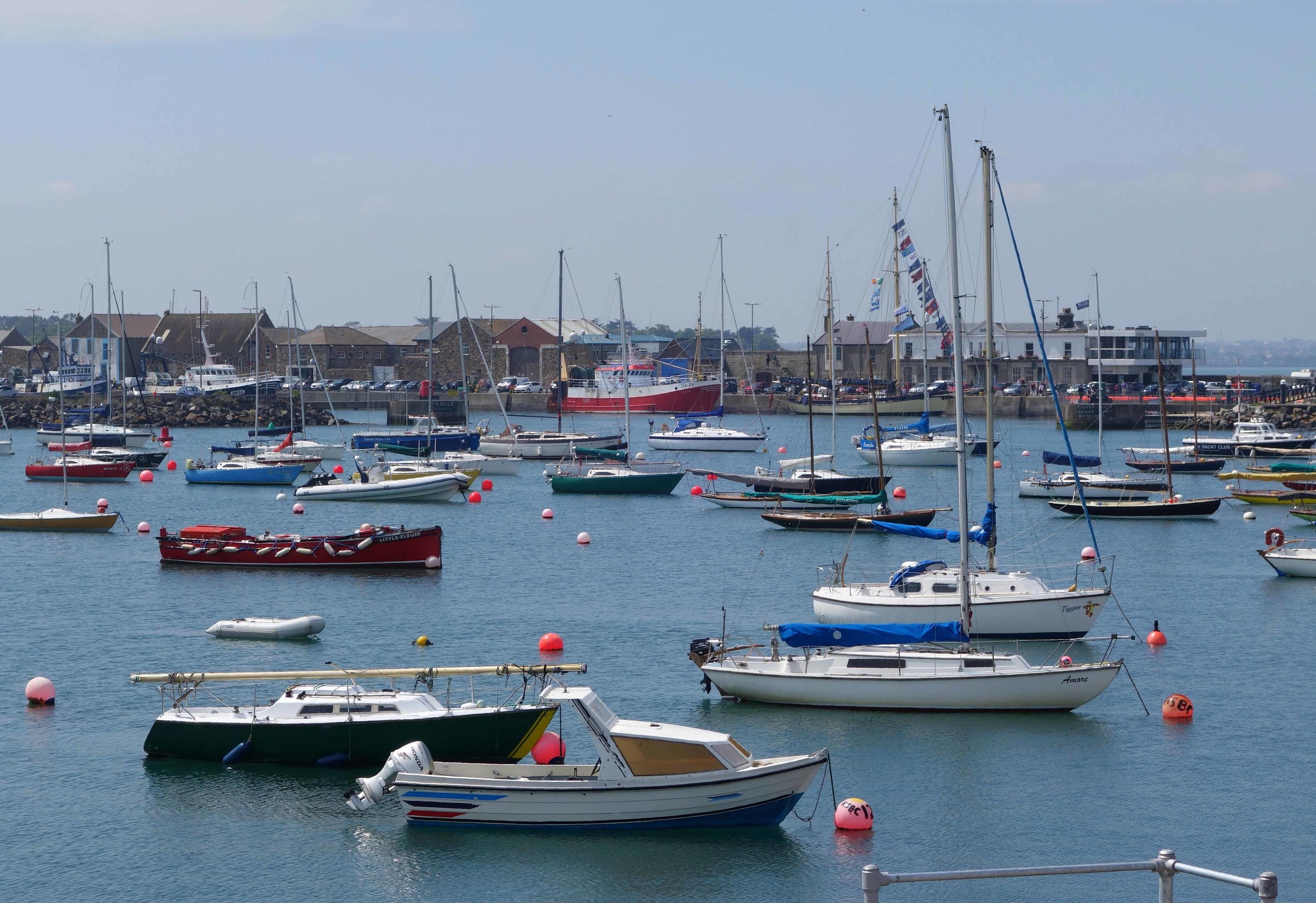



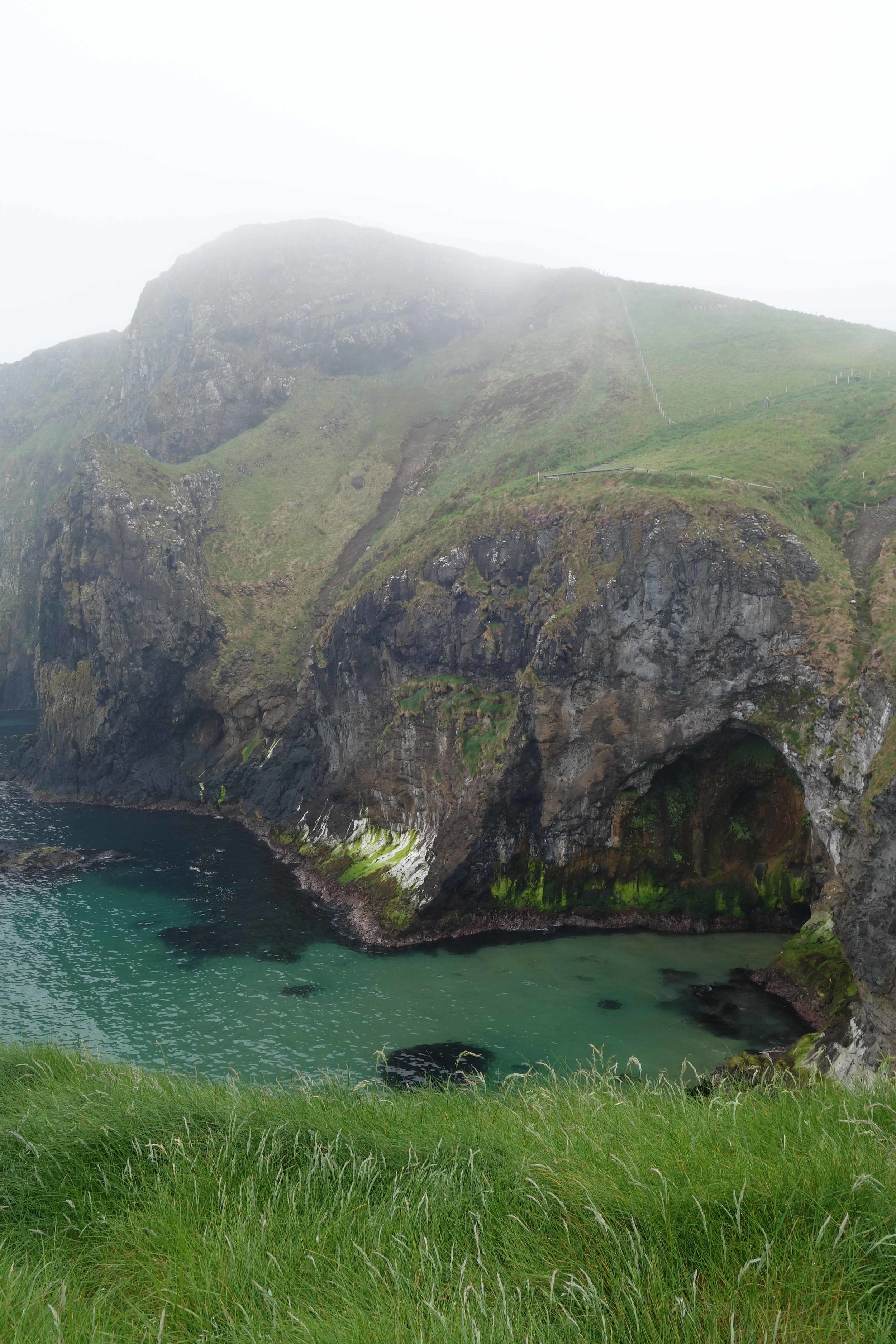

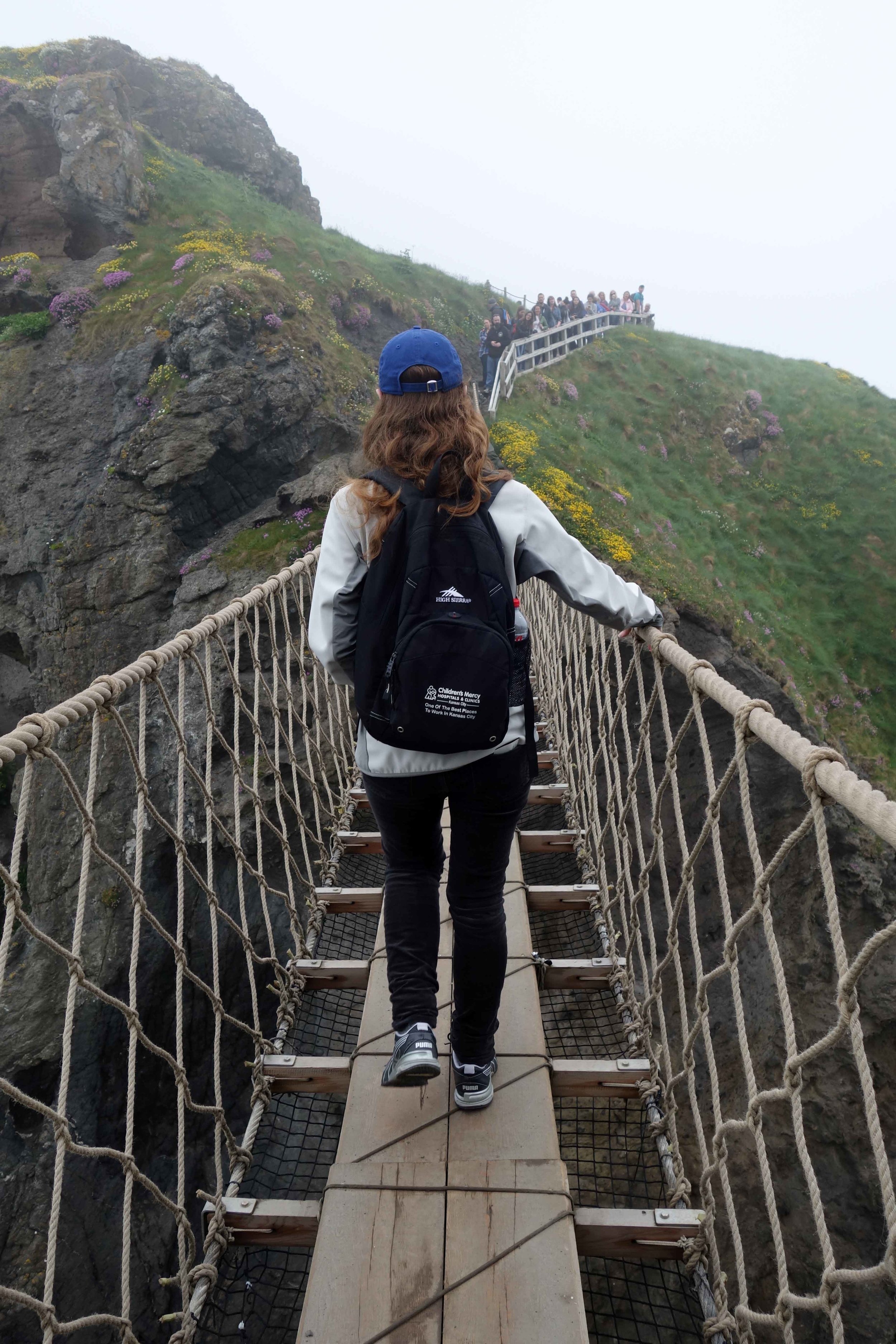
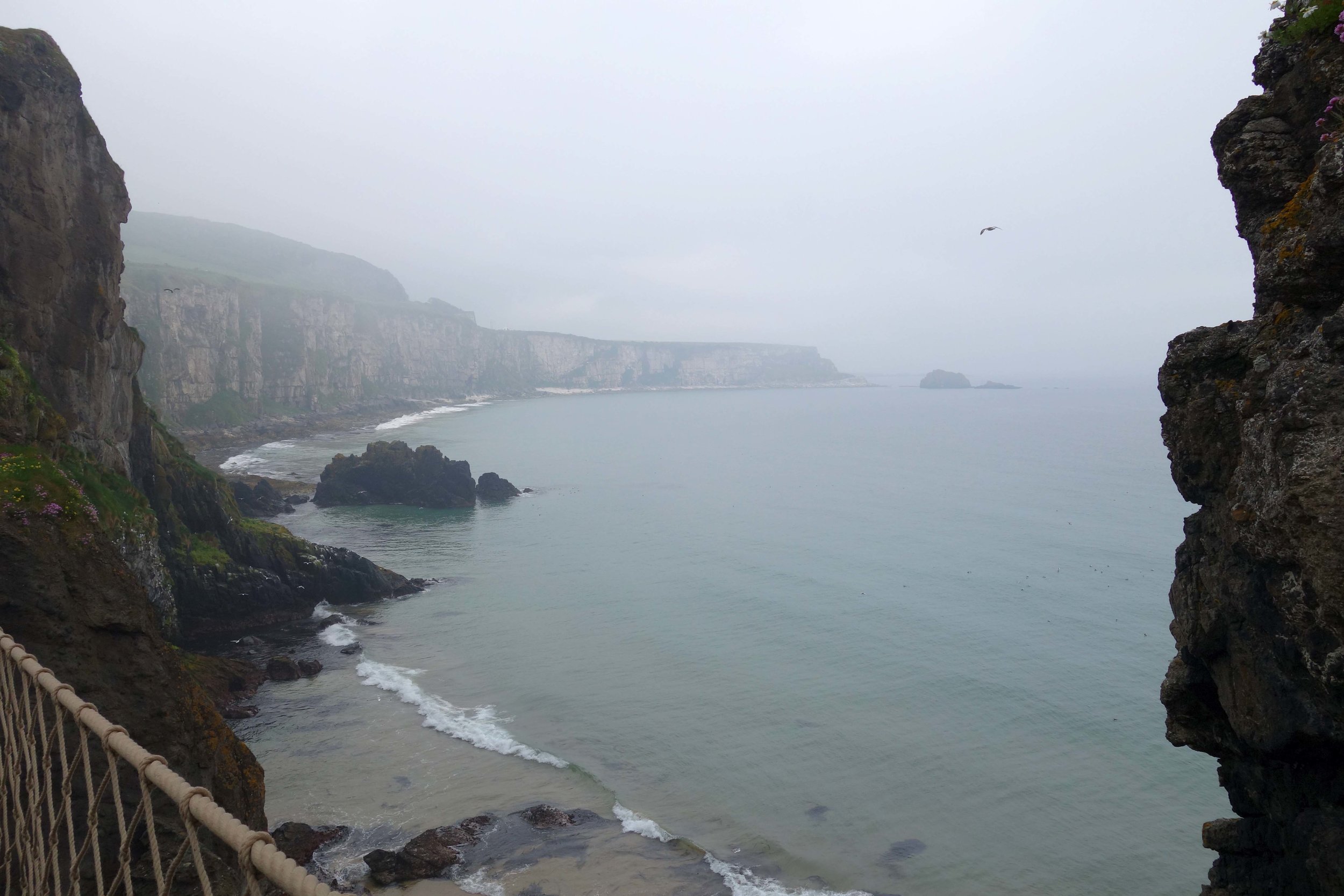
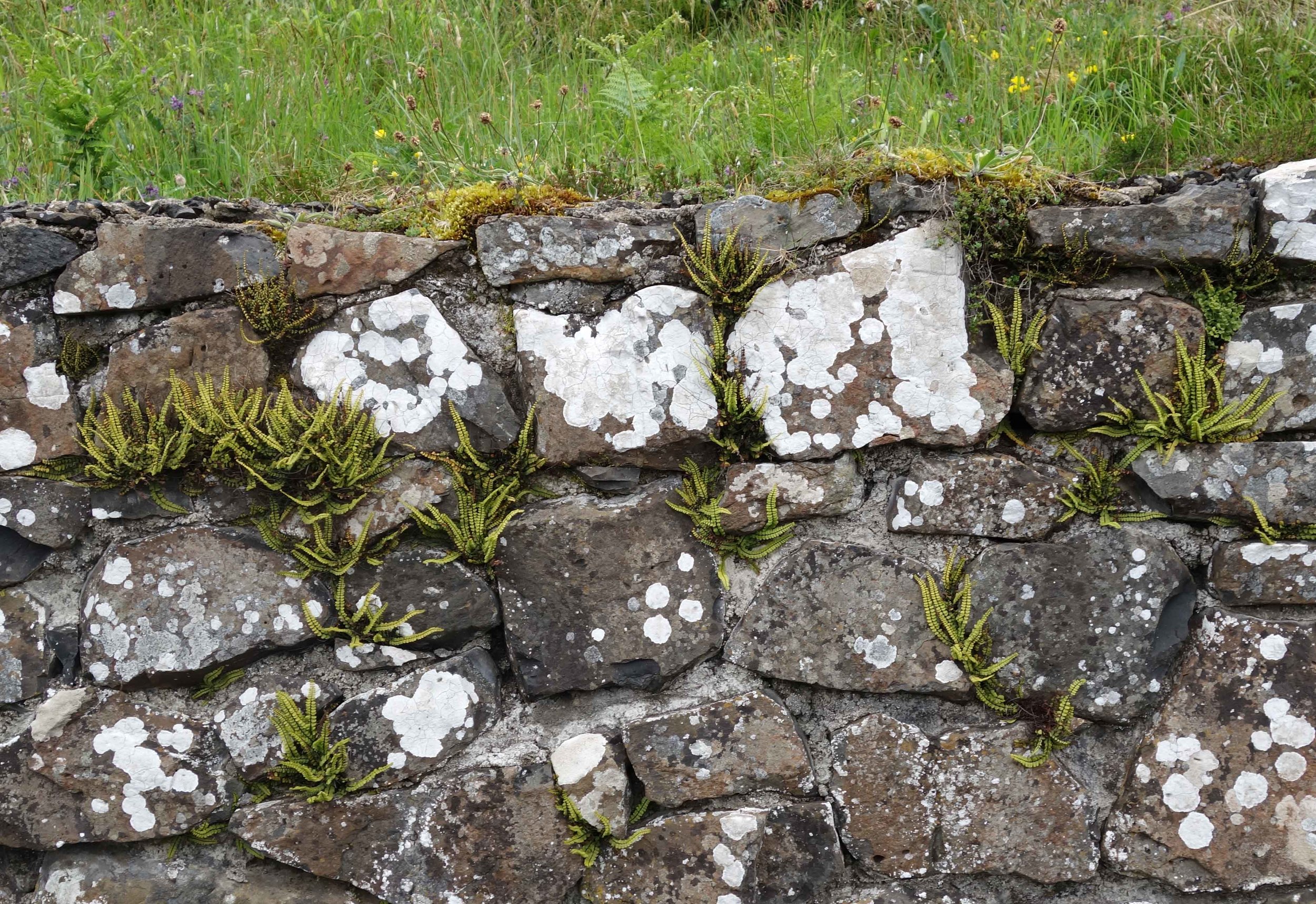
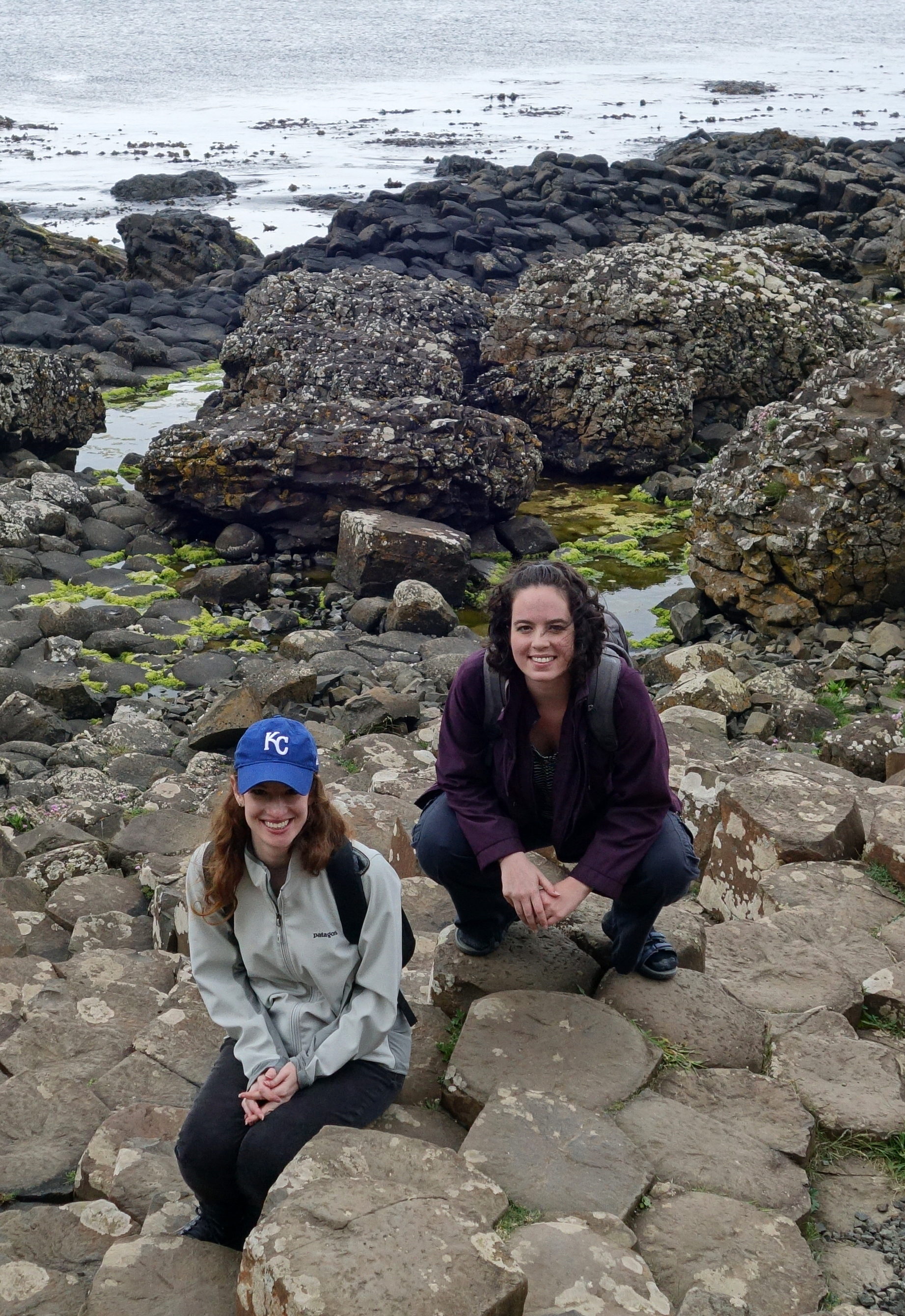
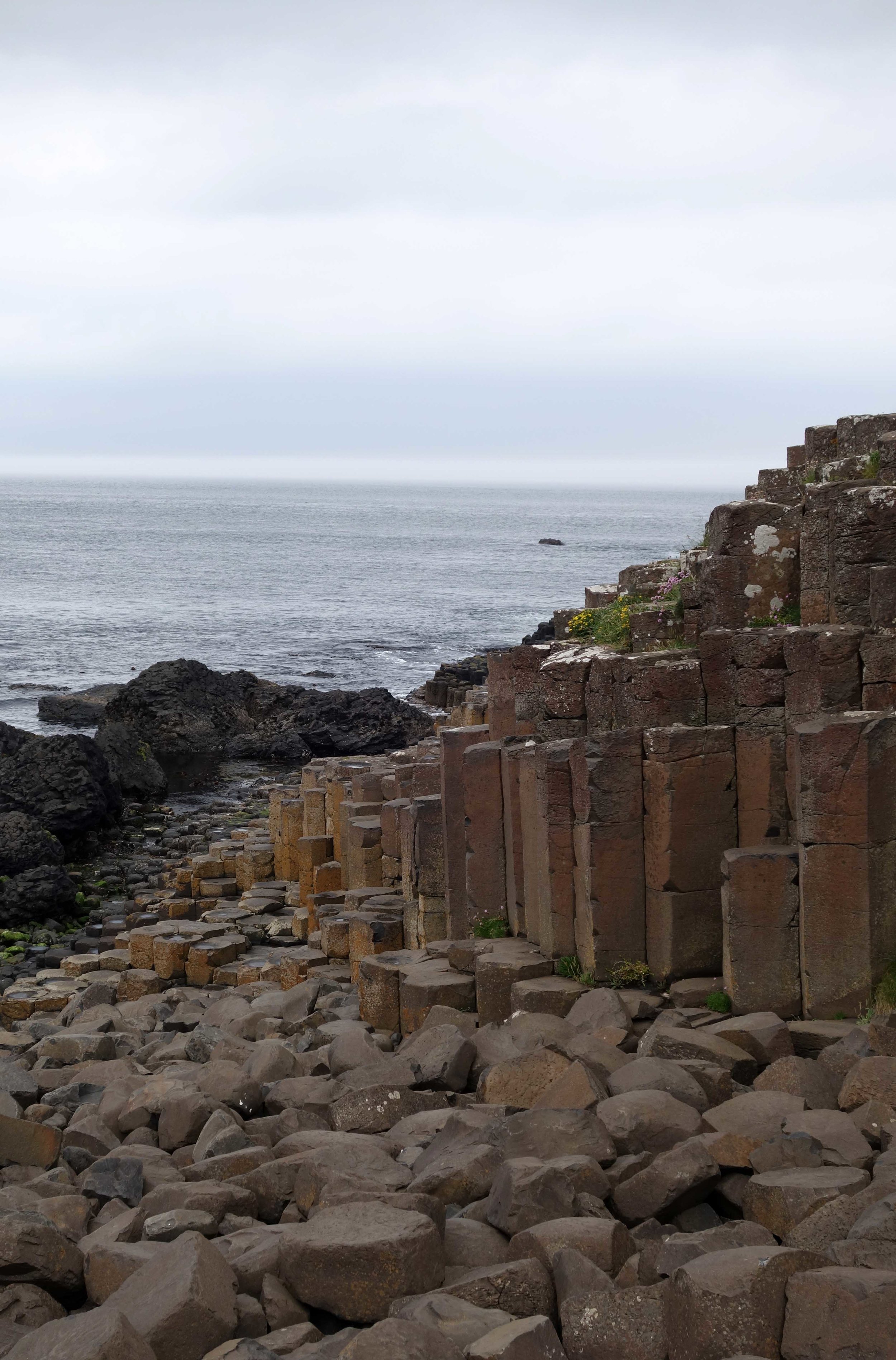




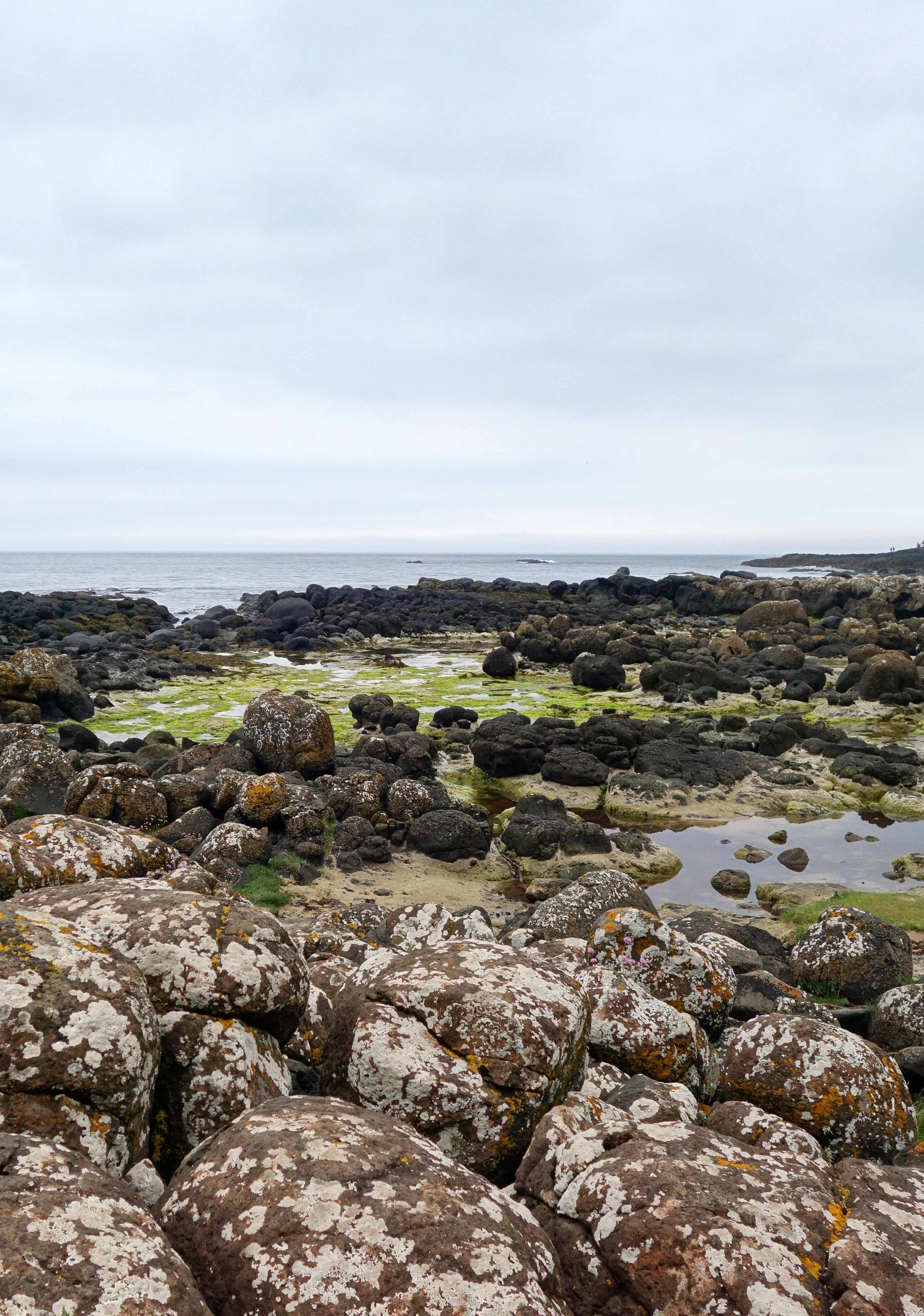

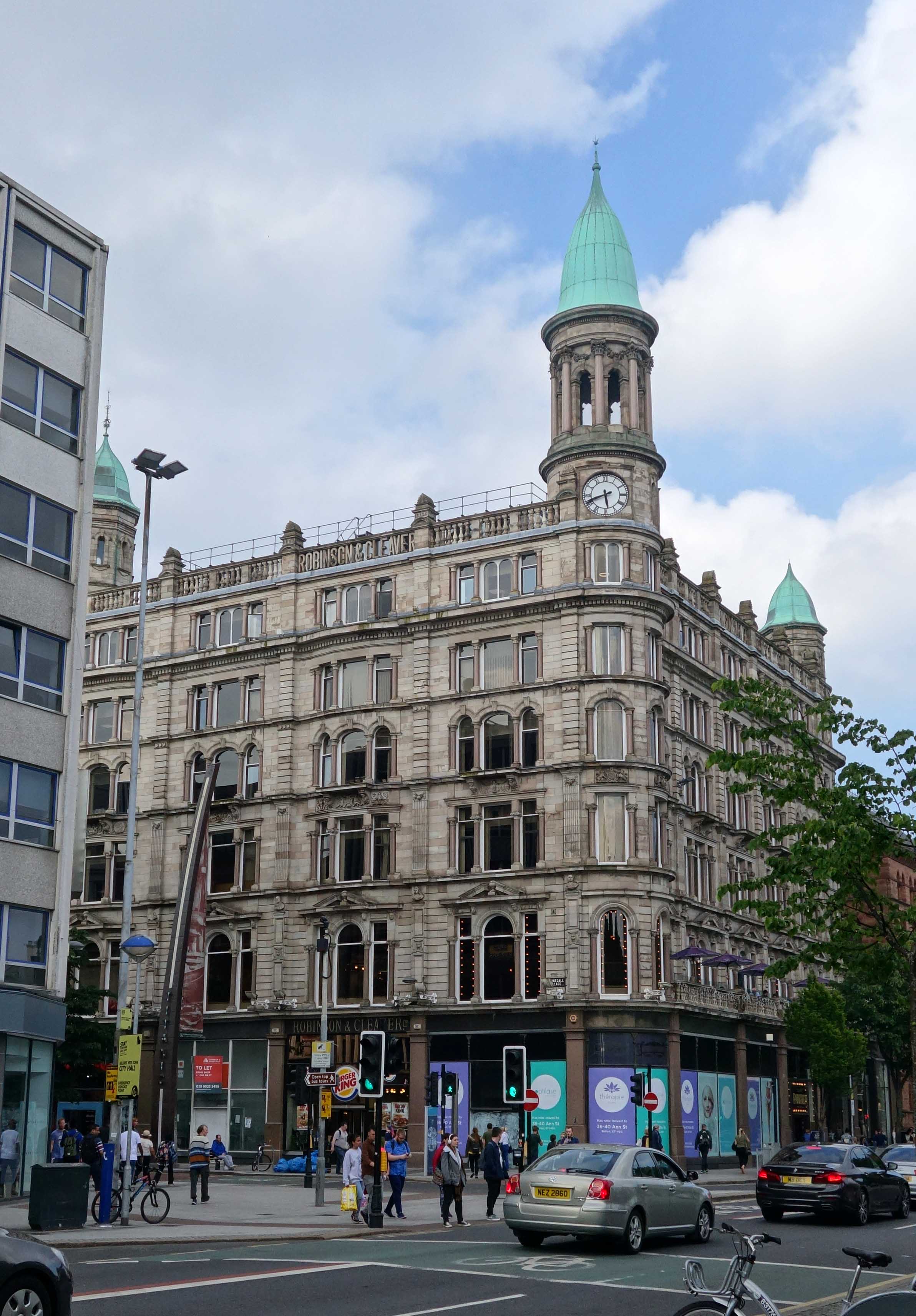

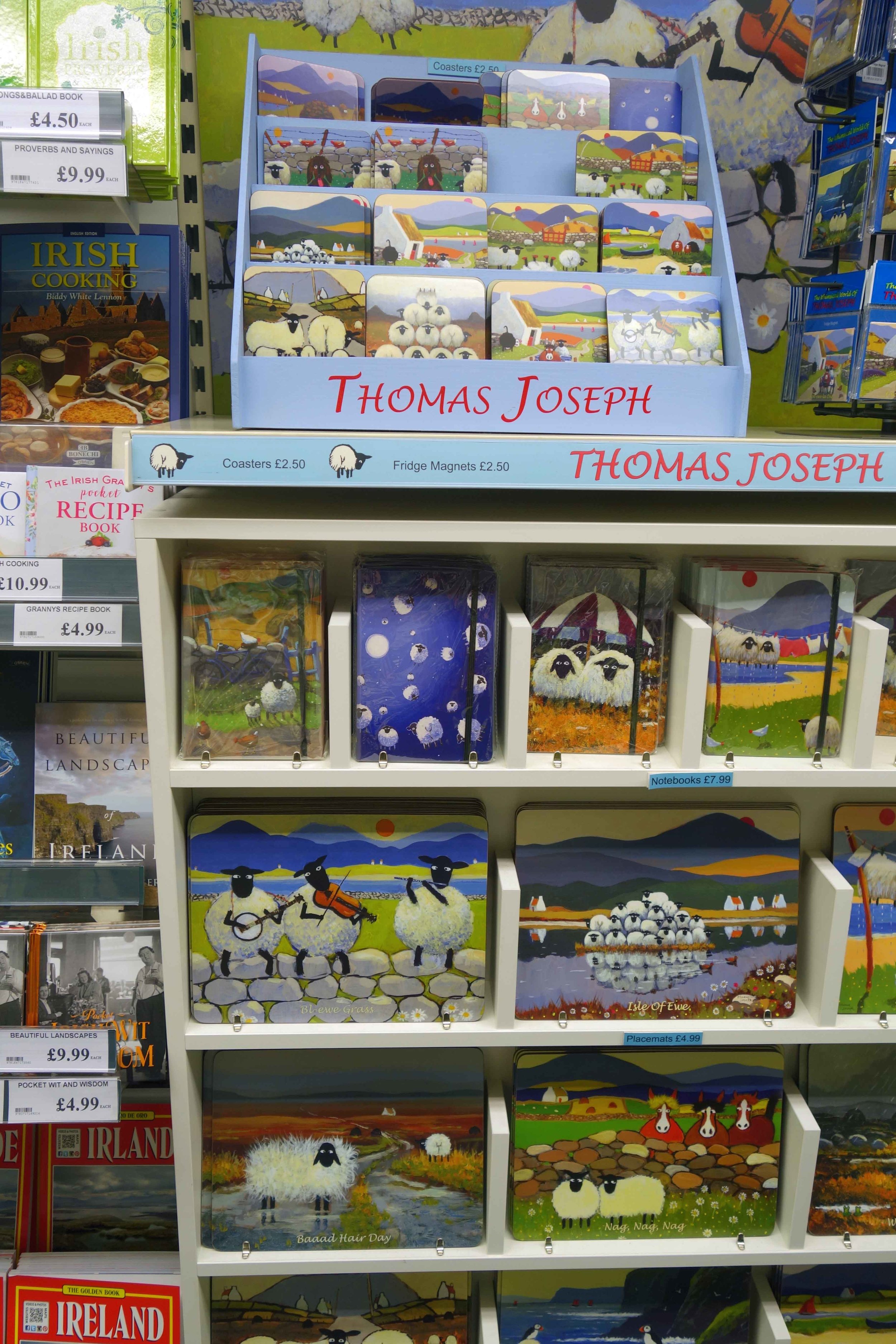
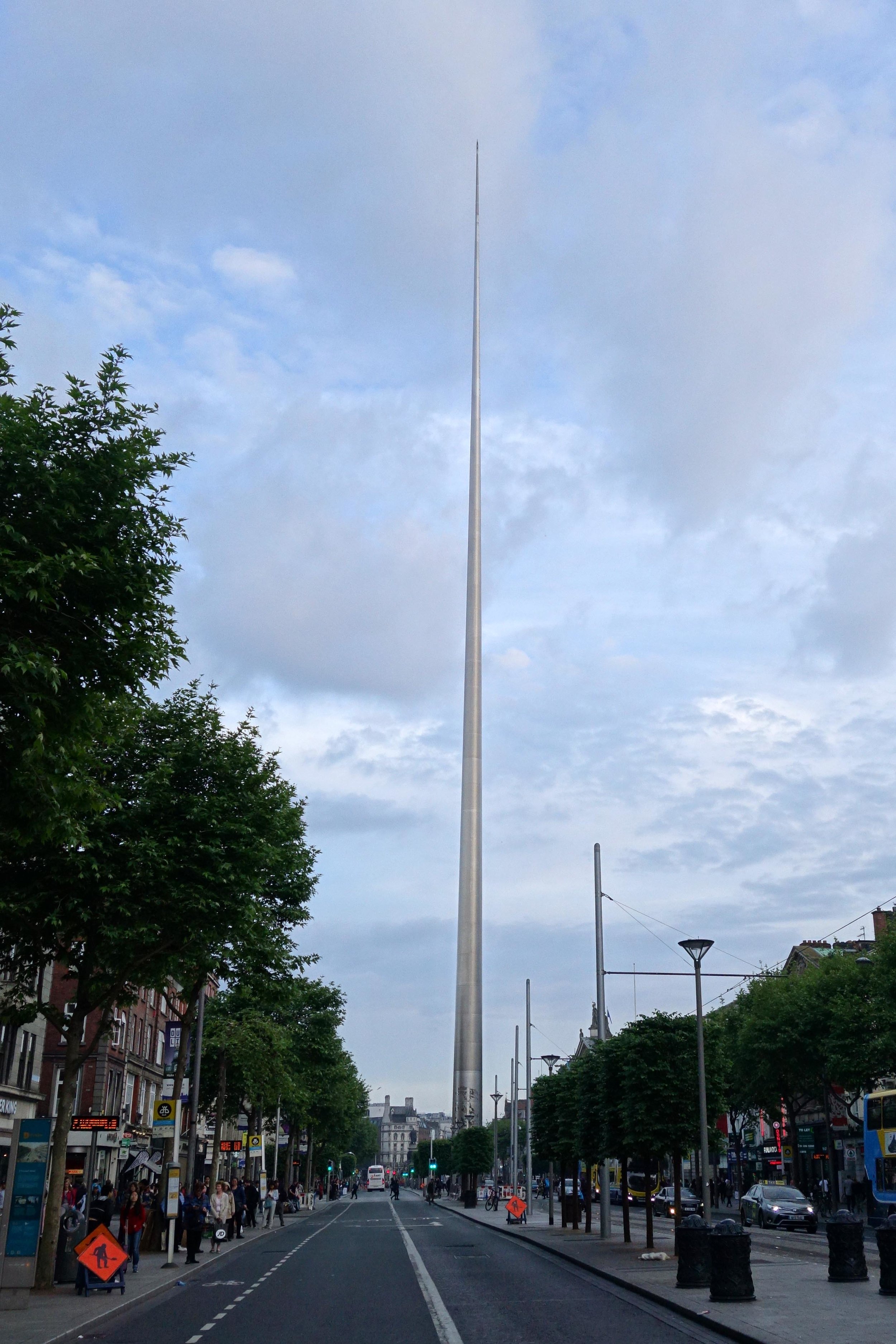
My First Trip to Ireland Journal
I am doing a summer residency in the Canary Islands, and Dublin was a possible layover en route. My sister and I talked it over, and we decided to spend a little less than a week in Ireland (with our base in Dublin) before I headed over to Gran Canaria.
I had never been to Ireland before; in terms of nearby places, I have been to London, and I've been to Iceland, and a number of places in southern Europe. Some general notes: Ireland is known for wet, relatively cold weather (locals repeatedly called rain "liquid sunshine"); the biggest cities aren't as dense as I would have expected; there isn't really an Irish cuisine apart from Guinness and whisky; and there is a super dominant tourist shop called Carroll's which you can find everywhere you turn around.
Ireland had just finished up a referendum on abortion when we arrived, so there were still signs up from both points of view on almost every utility pole and light post. We were told they have around 20-30 days to take them down before fines are levied. The results of the referendum were approximately two to one in favor of repealing the Irish Eighth Amendment and allowing abortion up to six months of pregnancy in Ireland. A number of the signs referenced the fact that though abortion wasn't legal (prior to the referendum), Irish women were getting abortions - they just had to travel outside of the country to do so.
Our first couple days we explored Dublin. We visited the National Botanic Gardens, the Dublin Flea Market, the Dublin Zoo, Dublin Castle, the Natural History Museum, and also walked around most of downtown including repeatedly dipping into the Temple Bar district, admiring the churches and other architectural stand-outs, and browsing the many Carroll's just in case one had slightly different merchandise in stock. Then we took a day trip bus tour to the west of Ireland and very briefly saw the city of Galway and the Burren karst landscape (I could spend hours just in the Burren - it's often called a "lunar landscape" and it has a lot of rare plants living amongst its limestone crevices), and spent a decent bit of time at the Cliffs of Moher. We stopped by Howth one day, and the last day we did another day trip bus tour up to northern Ireland - which is still in the UK - and very briefly saw Belfast and the Dark Hedges and explored a little around the Carrick-a-Rede Rope Bridge and the Giant's Causeway, which is an area of basalt columns and hexagonal stones formed by rapidly cooling lava during an ancient volcanic eruption.
It was a really great trip and I learned a lot more about Irish history and Ireland in general than I knew before going. We were super fortunate and despite the normal weather patterns, it was sunny and pleasant much of the time we were there, cloudy for a day, and only rained for two of the mornings! My favorite part was the tiny amount of time I got to explore the Burren, and my second favorite part was the still small amount of time I got to explore the Giant's Causeway. Both were fascinating geological phenomenons with their own micro-ecologies. Although my calves ached after all the hiking I did!
One interesting fact I learned is that Ireland doesn't have any native snakes. That itself was neat to learn (legend has it that Saint Patrick cast them out), but the tour guide contended flat out that there are no snakes in Ireland to this day. I thought that was extremely unlikely - England has snakes, which is similar enough to Ireland that it's improbable that the island itself is inhospitable, and invasive species are a worldwide problem. But so far my googling hasn't led me to a different conclusion despite reports of people intentionally releasing snakes - so far it appears none have managed to establish populations. Hopefully that's true as I don't wish invasive snakes upon Ireland! I just think it's very surprising that humanity hasn't managed to muck that up yet.
Photos will follow in a subsequent post!
Lacewing Eggs!
I noticed these odd little eggs laid in a row on my Neoregelia 'Fireball' bromeliad, and wondered what they might be. Fortunately, they were simple to google and it turns out they are lacewing eggs! Lacewings are beneficial insects in their larval form and are pretty much neutral in their adult stage, so I'm very happy they want to reproduce in my space and protect my plants from aphids, mealybugs, and hopefully even scale. I've been fighting with mealybugs in several of my stapeliads and a couple other plants and scale on one of my haworthias - I think due in part to stress and lowered immunity from spending so long indoors thanks to the unusually cold April we had (the coldest in 20 years!), so this might be just the ticket to getting rid of the rest of the pests. The Neoregelia 'Fireball' spends the summer on my front porch, but when I went to my back porch I also saw a lone lacewing egg on an Adromischus (A. rupicola is my guess, but there are a number of similar species within Adromischus and my plant supplier didn't have this one labeled and is wrong on labels around 15% of the time anyway!). So that bodes well for lacewings frequenting both sides of my plant collection!
Some people even purchase bulk lacewing eggs (or adult lacewings with the goal of having them stick around to reproduce) as pest control, much like they do with ladybugs and other beneficial insects. This practice of purchasing insects for natural pest control is more complicated than it might seem, though, since it can negatively disrupt the local ecosystem, and often disregards seasonal timing needs for the purchased insects and the insects' preferred habitats. It's better if you can just encourage the beneficial insects already living in your area to feel welcome in your spaces.
Leucage Venusta, the Orchard Spider
This little friend turned up on my front porch a couple weeks ago, and it really put my camera to the test because when I call it little I mean tiny! But look at the coloration on it - what a beautiful creature! Leucage venusta is an orb weaver, and given my Google Images research, mine is a youngin so it should grow larger with time. The fourth photo was taken one week after the first three photos and I think perceptible growth can be seen even in that time.
Puffin Beaks Fluoresce!
OK, this is too cool - apparently puffin beaks fluoresce! Particularly given my recent foray into fluorescent sculpture and my mixed media acrylic series on Atlantic puffins, I'm feeling inspired to perhaps make a fluorescent puffin of my own soon...!
The Problem with Guns and Toilets
As a professor, I have been a part of many discussions regarding campus security and active shooters. I just read this article about a problem related to gun ownership that I hadn't realized was happening, though: An Alarming Number of Guns Are Waiting to Be Found in Campus Restrooms
I have returned a couple cell phones that have been forgotten atop toilet tanks to their owners. I myself accidentally left a plane ticket in an airport restroom stall and had to run back to get it around six minutes later when I discovered it was missing. It makes complete sense to me that people forget their loaded guns as well, particularly because they aren't a frequently-used accessory. I have no doubt that if the number of guns on campus increase, the number of accidentally abandoned, loaded guns will also increase.
Now that Spring Break is Over...
Here're a few readings for you that I've been interested in lately:
The Place of the Arts in a Liberal Education by David W. Oxtoby
How Engaging With Art Affects the Human Brain by Kat Zambon
How the Environmental Humanities Can Heal Our Relationship to the Planet by Ben Valentine
Should Some Species Be Allowed to Die Out? by Jennifer Kahn
Bat Lex
Sometimes Lex likes to pretend she's a bat.
QCC Is Licensed!
Some very exciting news - Quick Cure Clay (QCC), the clay I helped Dr. John Pojman develop, is now being licensed by Ranger Industries! Ranger has products in nationwide stores like Michael's, so it might not be long before you can find it for sale in your neighborhood. Here's a Greater Baton Rouge Business Report article about the deal (and about other startups that LSU is incubating).
You can see the product listing on Ranger's site as well!
I am so happy about this! The clay is such a pleasure to work with that it really deserves market success. And speaking of the clay and how nice it is to use, I've been working on another relief piece recently... more on that soon!
Joy Anne Duquette's 'Sightings and Daydreams' in Goppert Gallery
We are hosting an interesting spontaneously-added exhibition this week in USM's Goppert Gallery - Joy Anne Duquette's Sightings and Daydreams, with the opening reception having taken place on Friday, January 26th. Since it wasn't in our original gallery schedule, it's only up through this next Friday, February 2nd at 3pm, so if you want to see it you should come by soon! Here's the press release for the show.
December Houseplant Happenings
Here are the photos from the final month of 2017! We've got fewer flowers for sure this December - just this Copiapoa hypogaea, Gymnocalycium pfanzii var albipulpa, Sansevieria cylindrica, and Sansevieria phillipsiae, respectively. This fruit on my Gymnocalycium mihanovichii has also been around since at least November, but it really started becoming eye-catching in December. It is now in the process of drying out.
November Houseplant Flowers!
And here is the next set of houseplant happenings, from November! I'm at the point now where I always have at least one or two plants in bloom at any given moment; I often neglect to photograph my orchid and African Violet (Saintpaulia spp.) flowers not because I don't appreciate them - I do! - but because they're quite common. Here, we have in order from left to right and top down: Crassula perforata, Crassula ovata, Mammillaria elegans, Quaqua incarnata, Echeveria shaviana 'Neon Breakers', Rhipsalis mesembryanthemoides, Rhipsalis pilocarpa, Senecio jacobsenii, Duvalia sulcata, Anomalluma dodsiana, Stapelia sticula, and Matucana madisoniorum.
The Crassulas are particularly surprising because Crassula hate me (and in return, I don't much care for them) but on both plants the blooms seem like they could be a last gasp, so... it's damning with faint praise, I suppose. Also, my Anomalluma dodsiana revealed a mealybug infestation post blooming, so it's currently in round two of diatomaceous earth dusting. The Quaqua incarnata has been blooming non-stop since November and is still in flower today, and the Stapelia sticula has also been quite prolific.
Remember that if you want to, you can click on any of the photos to see them in more detail!
...And Another One!
Well, let's start the new year the same as we ended the old!
Some prefacing information: I've heard that one should set water out for at least 24 hours to let the chlorine dissipate out before watering plants. This presumes there is chlorine in the tap water, which is not always true, but it's easy to do and possibly helpful so I do it.
This morning, I was greeted by a bold jumping spider (Phidippus audax) floating in my watering can full of de-gassed water. He did not appear to be able to get back out. I took a couple photos, rescued him with a screwdriver, and put him on my Dischidia platyphylla to dry off and get his bearings. I do have a limit to how many spider friends can stay indoors with me, and already removed another jumping spider who got a little too adventurous to the outdoors, but since this little fellow was soaked and it is presently -6°F or -21°C, he would not have survived. So he'll join Audrey's territory and I'll hope they get along.
I know he isn't Audrey because his spot coloration is different (hers is a light yellowish tan, his is a saturated orange), and he has bushier eyebrows - thus leading me to suspect he's a he. I have christened him Brooks, due to his rather wet arrival.
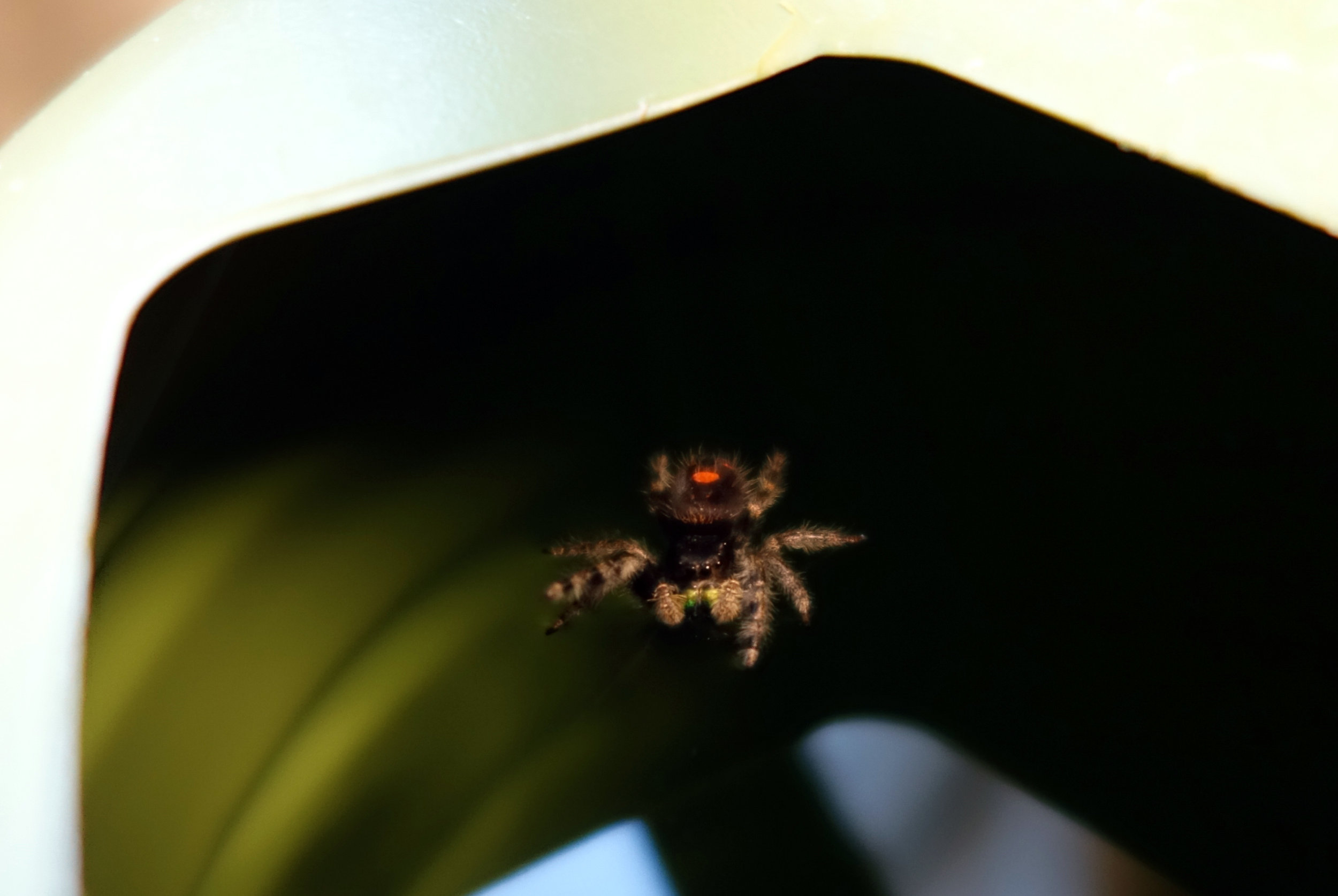
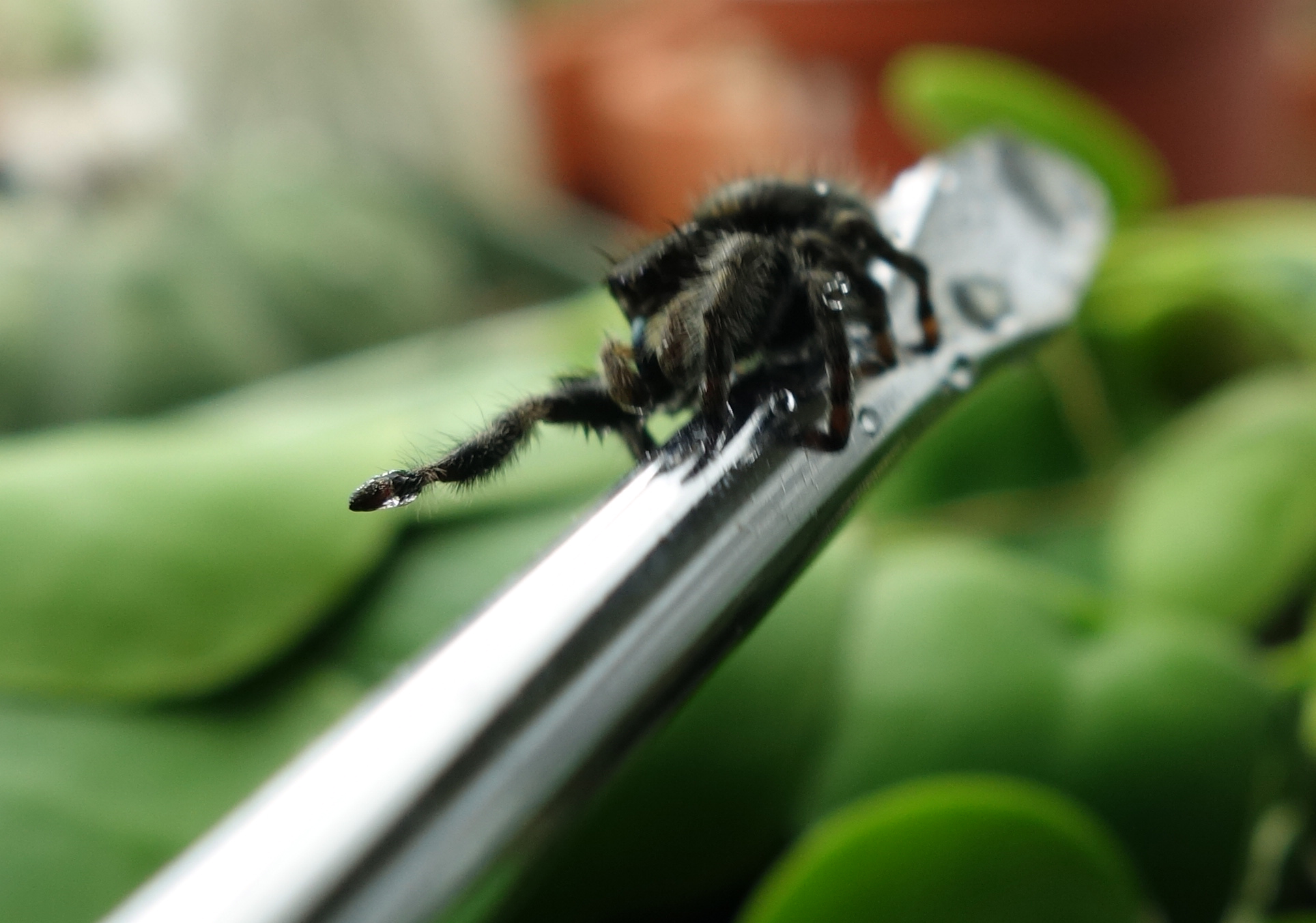
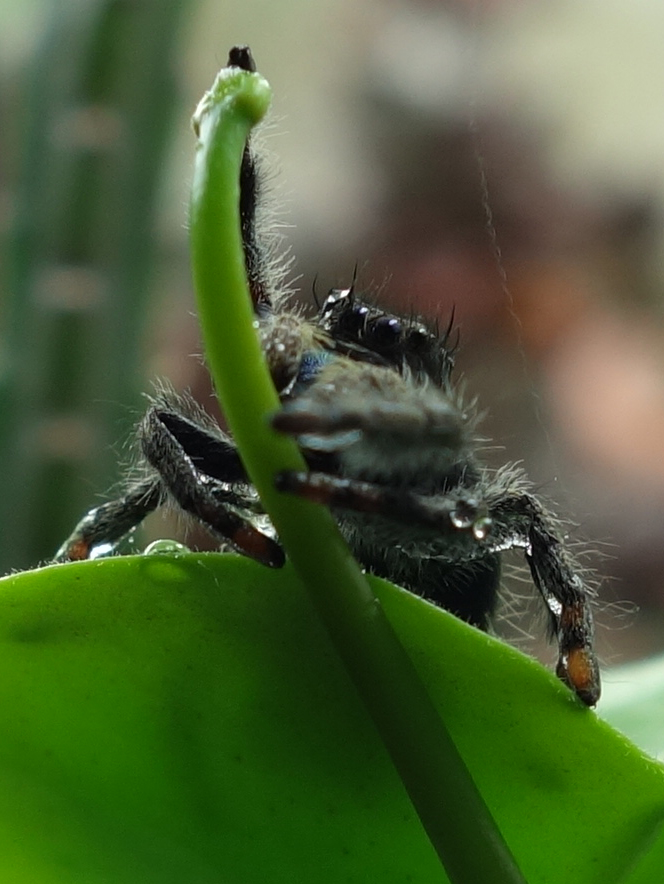
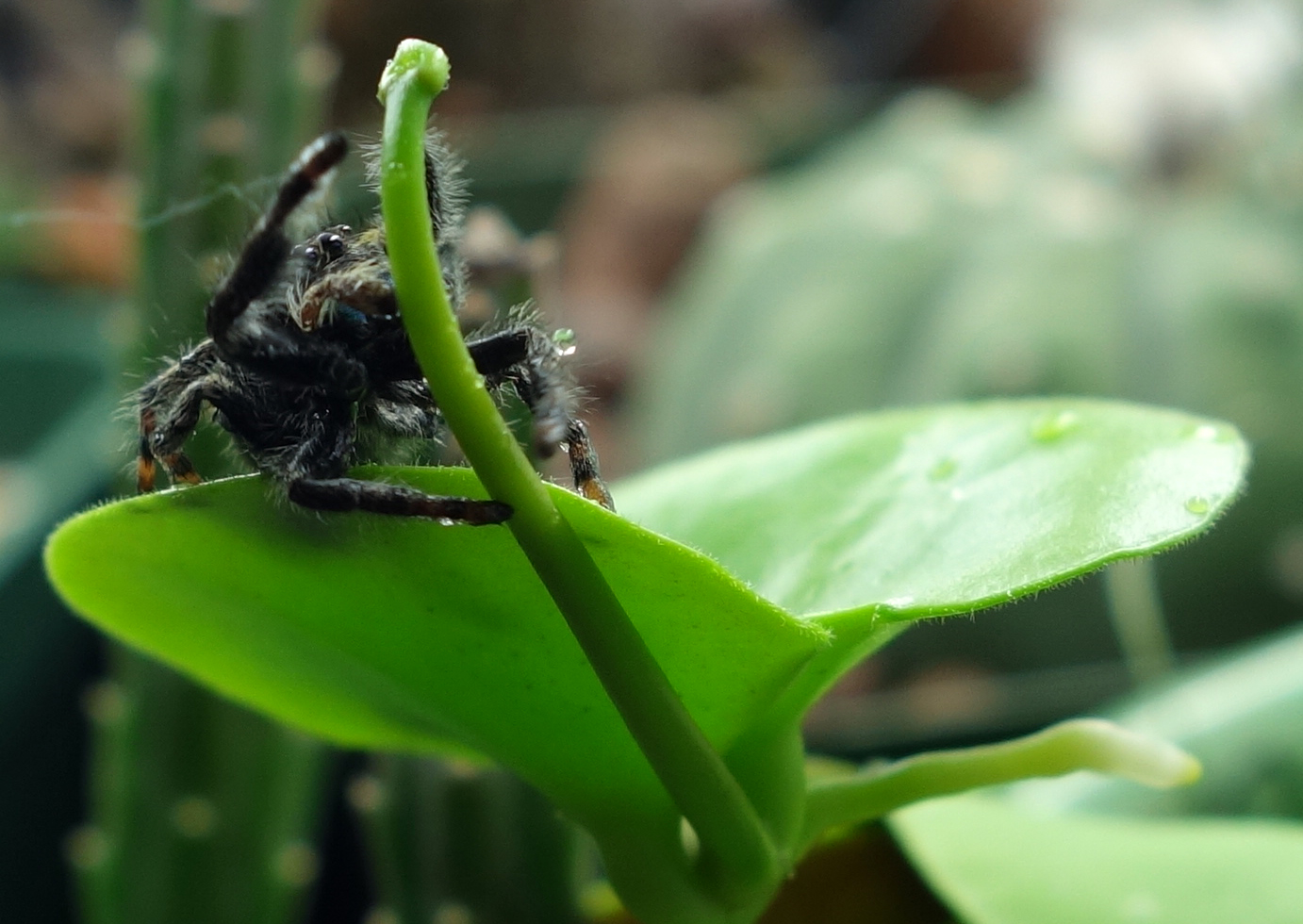
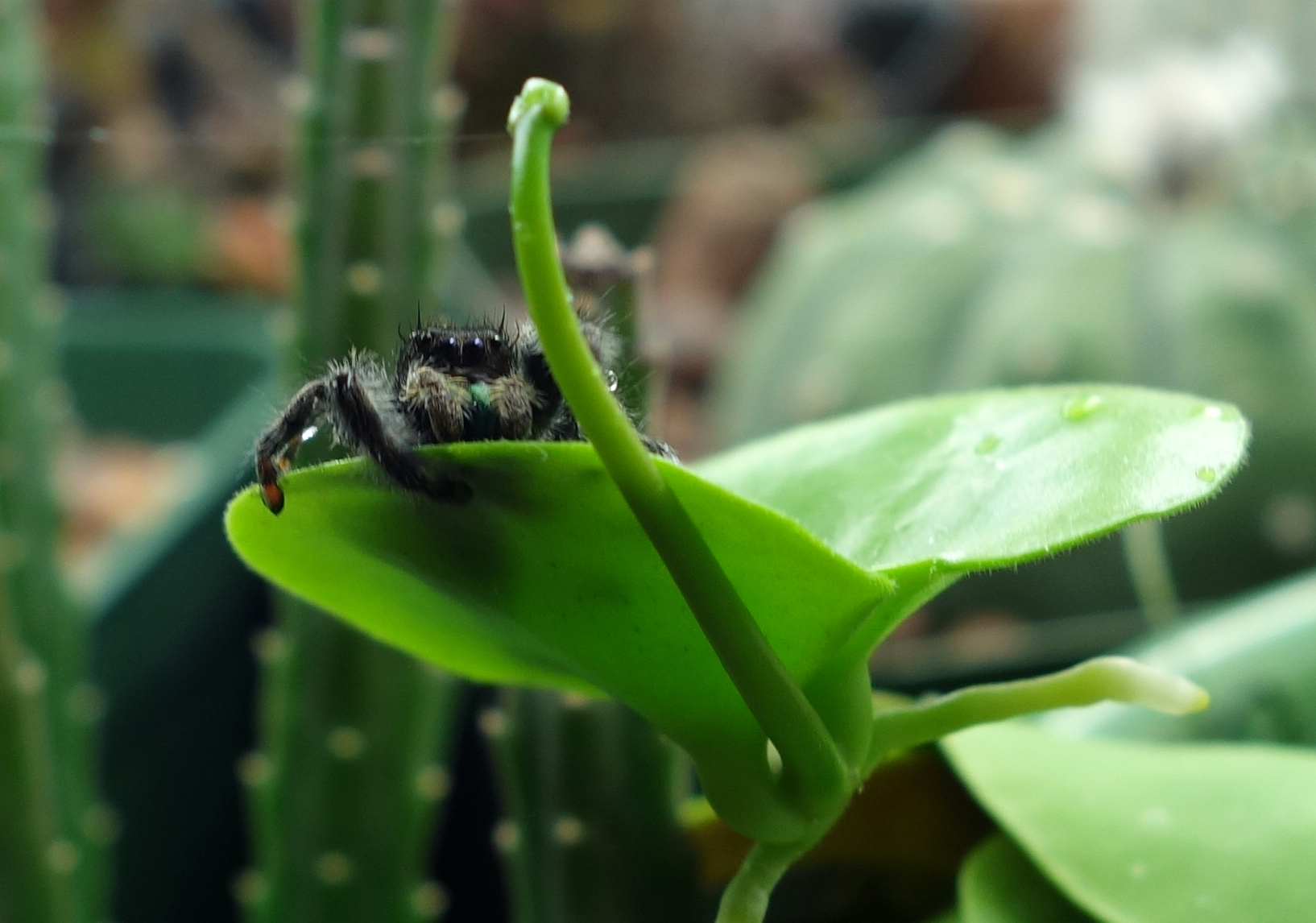
My New Phidippus Audax Roommate!
Happy holidays! Here to celebrate with me is my new spider friend, Audrey. She's a bold jumping spider (Phidippus audax). She must have hitched a ride indoors with me when I relocated all my plants in for the winter, but she's preferred to maintain a very low profile and only popped out recently (and only for two days). There's a whole small ecosystem going on with my outdoor/indoor plants - there are ants, and beetles, and mites, and spiders... I could nuke them all with neem oil or diatomaceous earth, but as long as they aren't harming me or causing significant damage to my plants, I like being able to support the local fauna and they in turn pollinate my plants or like Audrey keep them safe from pest species. I watched her hunt for prey on at least ten different plants, but due to the way in which I've set up my collection, I couldn't get clear photos on her on most of them. The best photos of Audrey are of her posing atop my Matucana madisoniorum which serendipitously was in bloom at the time! I also have a couple okay photos of her on my Anacampseros rufescens.
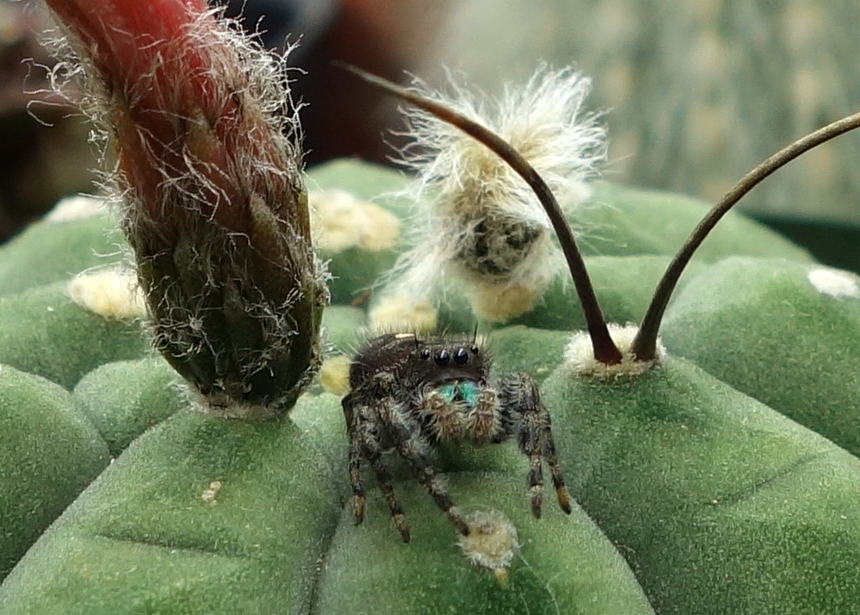
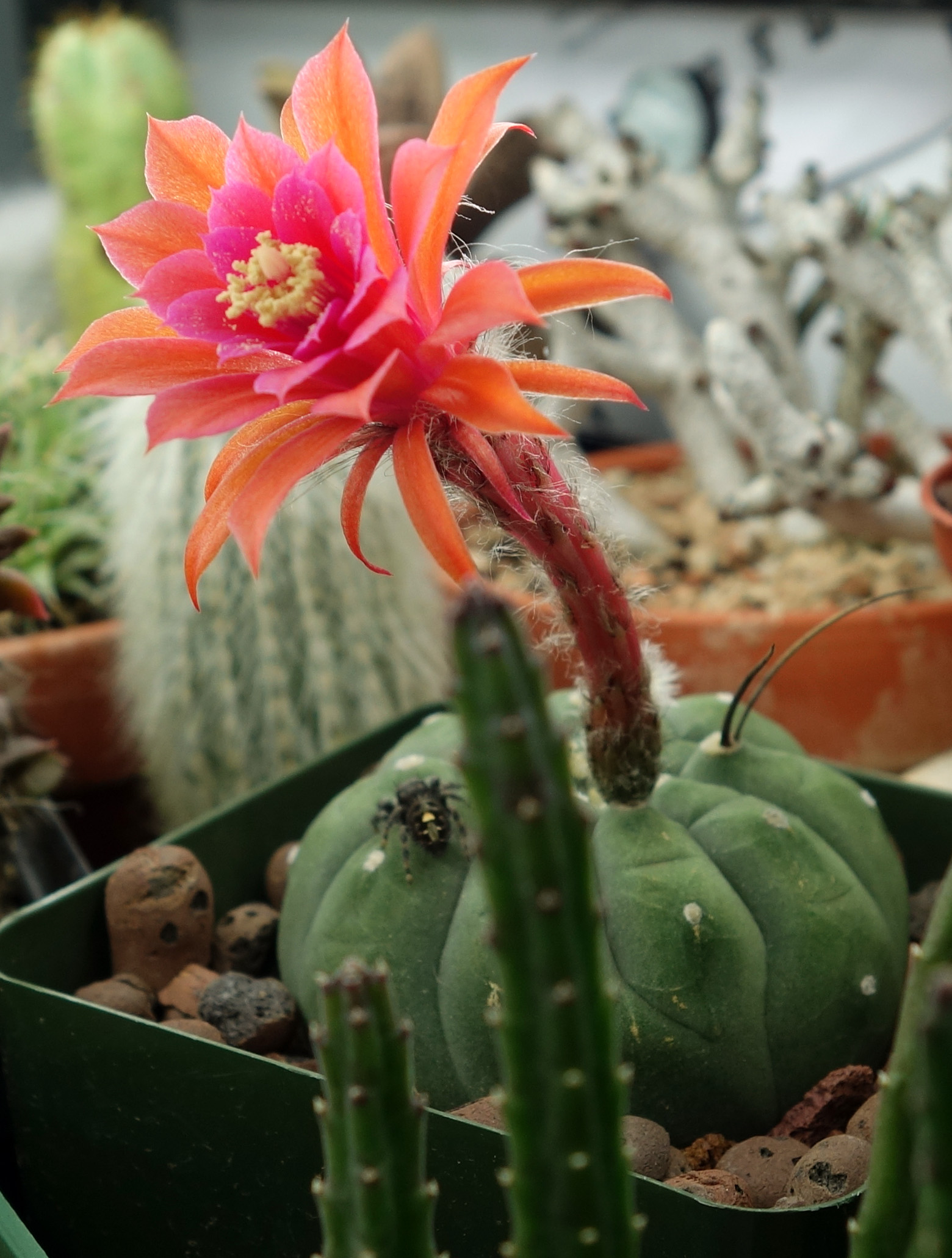
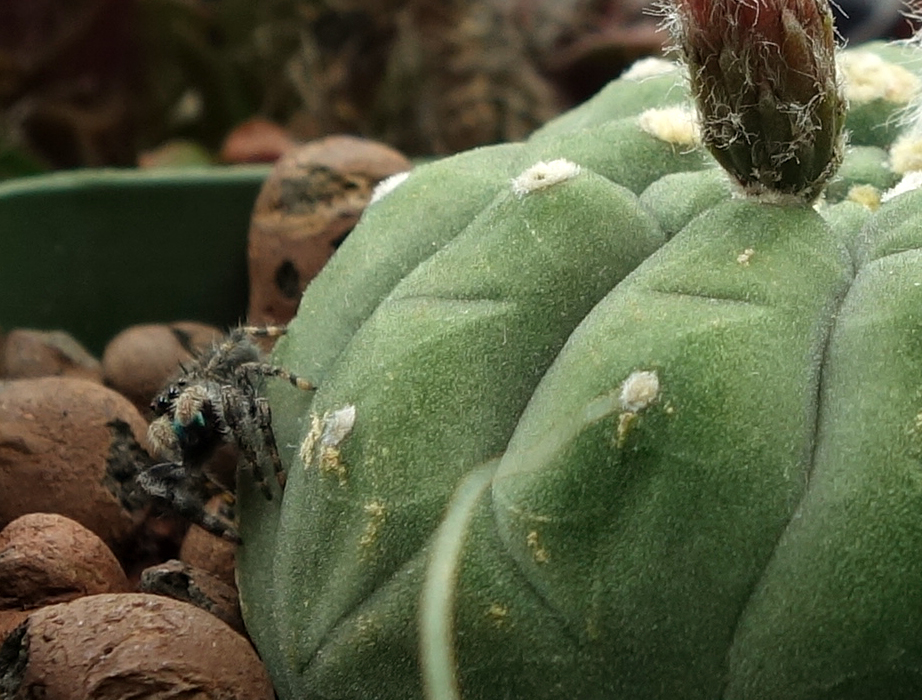
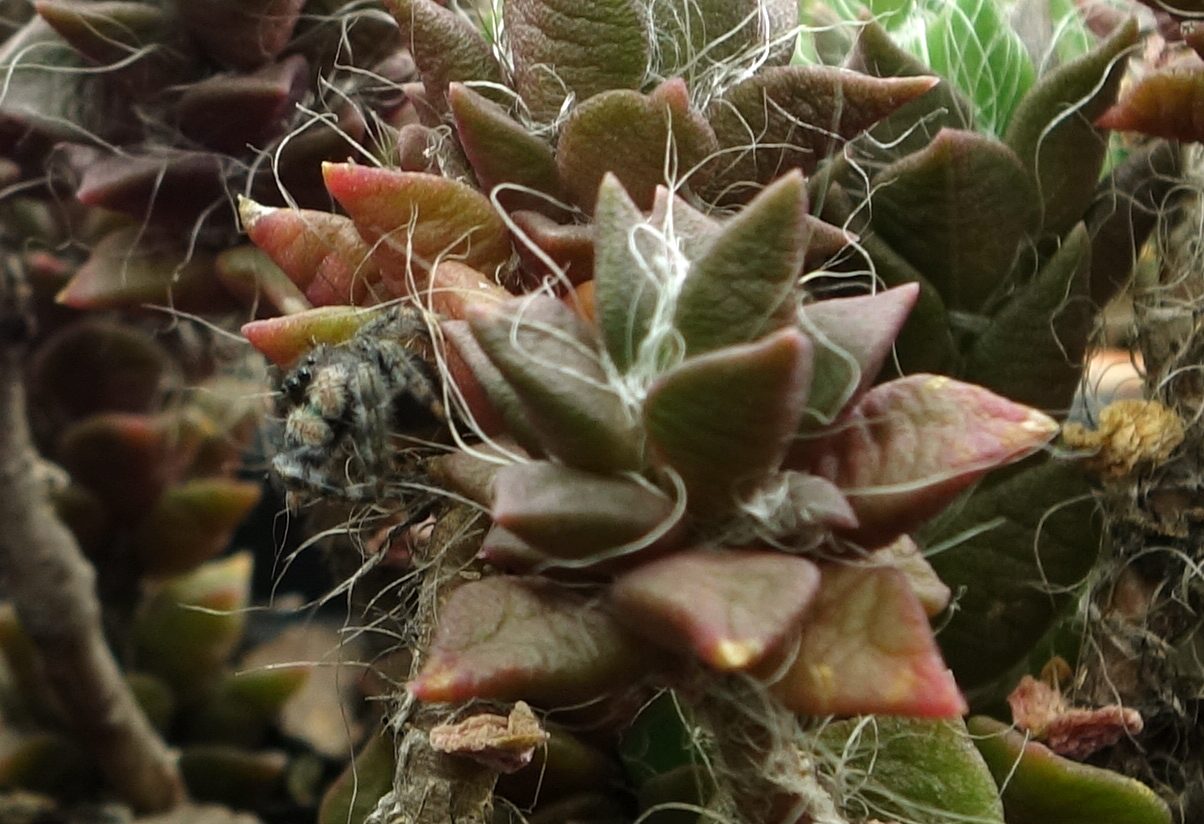

More Houseplant and Insect Visitor Photos!
Here are my October 2017 notable houseplant moments and visitors! The photos are respectively of flowering Ariocarpus fissuratus, Duvalia sulcata, Euphorbia francoisii, Mammillaria schiedeana still in bloom (it lasted two months!), Mammillaria plumosa, Stapelia gettleffii, and then a stick insect and a moth pretending to be a fallen leaf while visiting a Pilocereus.
Lex Peeking and Plotting
My crested gecko Lex is still just as cute as ever! Here she is, looking rather mischievous while holding onto a pothos vine at the bottom of her cage.
A Selection of Readings
Whew, my life has been very busy socially and professionally of late, and I've let blogging slip a little! Here is a selection of readings on our current environmental problems to make up for it:
Era of 'Biological Annihiliation' Is Underway, Scientists Warn
Environmental Defenders Being Killed in Record Numbers Globally, New Research Reveals
Scott Pruitt Is Carrying Out His E.P.A. Agenda in Secret, Critics Say
The Lords Of Yesterday Are Back And They Want America's Public Land
Shipping Executive: ‘We Have Deliberately Misled Public on Climate’
